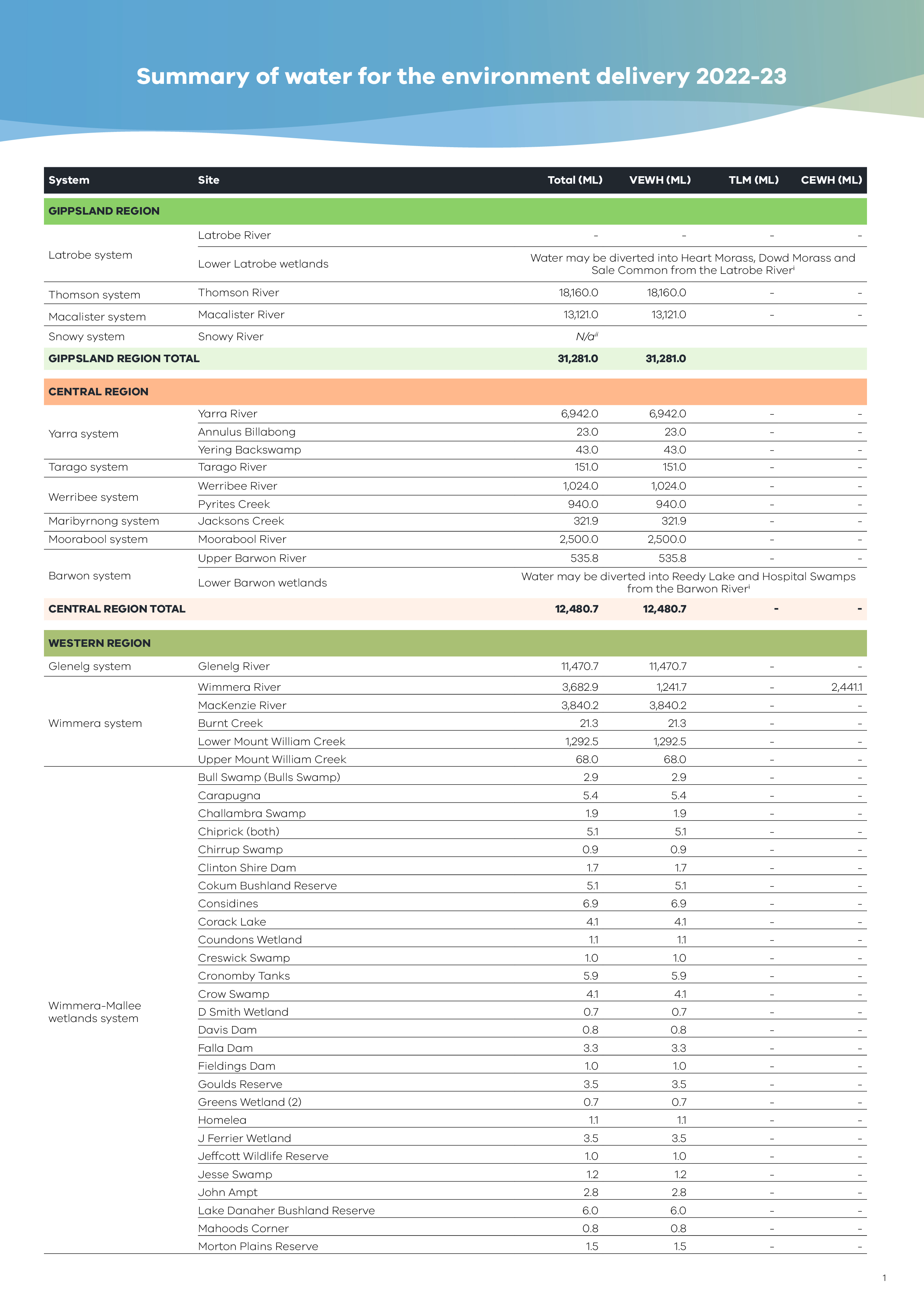
The summary of water for the environment delivery in each river system, for the 2022-2023 watering season is available now.
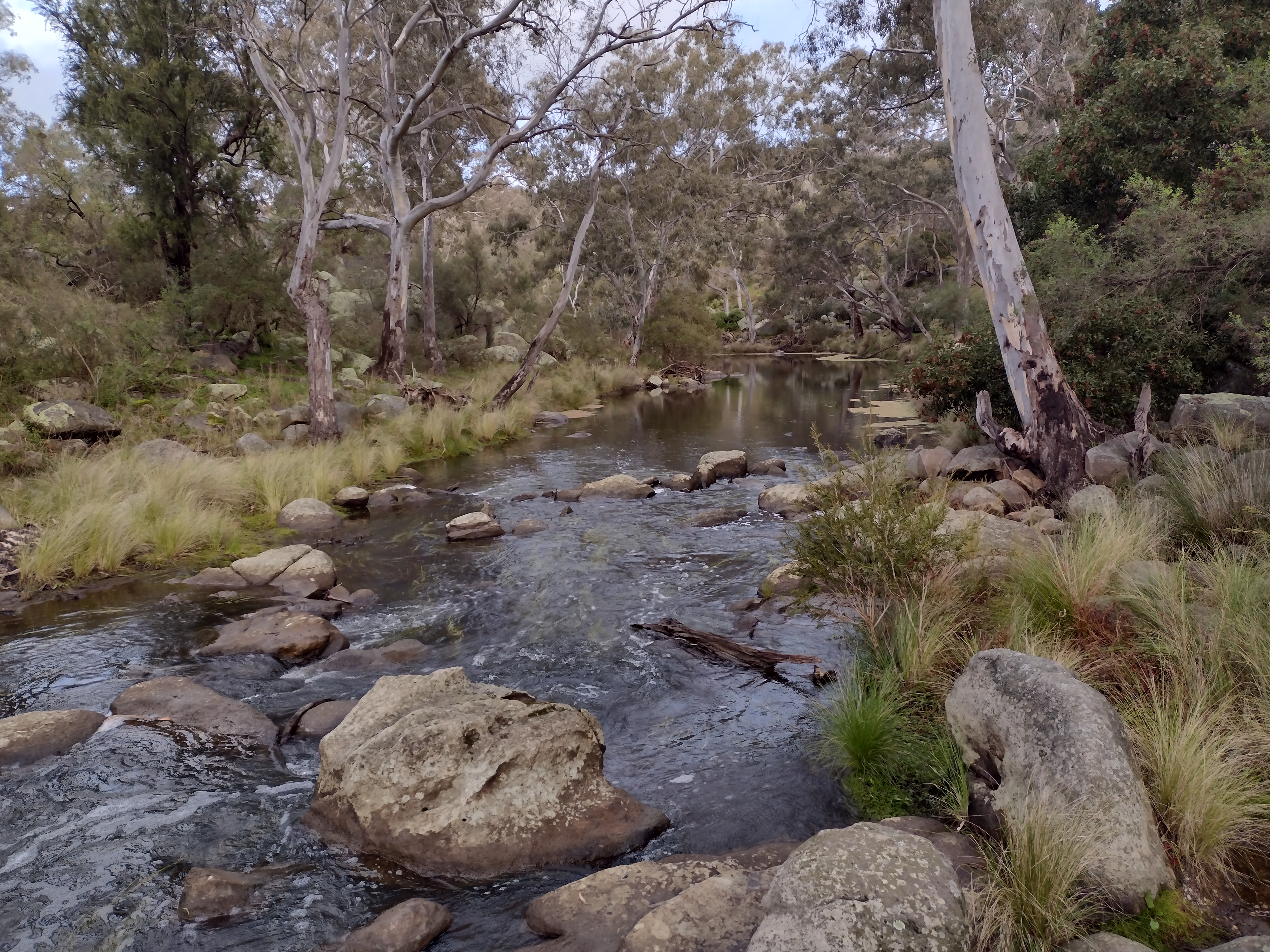
Native fish, plants, animals like platypus and rakali (water rats) and waterbugs in the flow-stressed Moorabool River (Moorabool Yulluk) rely on water for the environment to survive, breed and grow in the highly regulated system.

Tupong belong to an unusual group of fish, called diadromous fish, that spend part of their lives in freshwater, and part in saltwater.
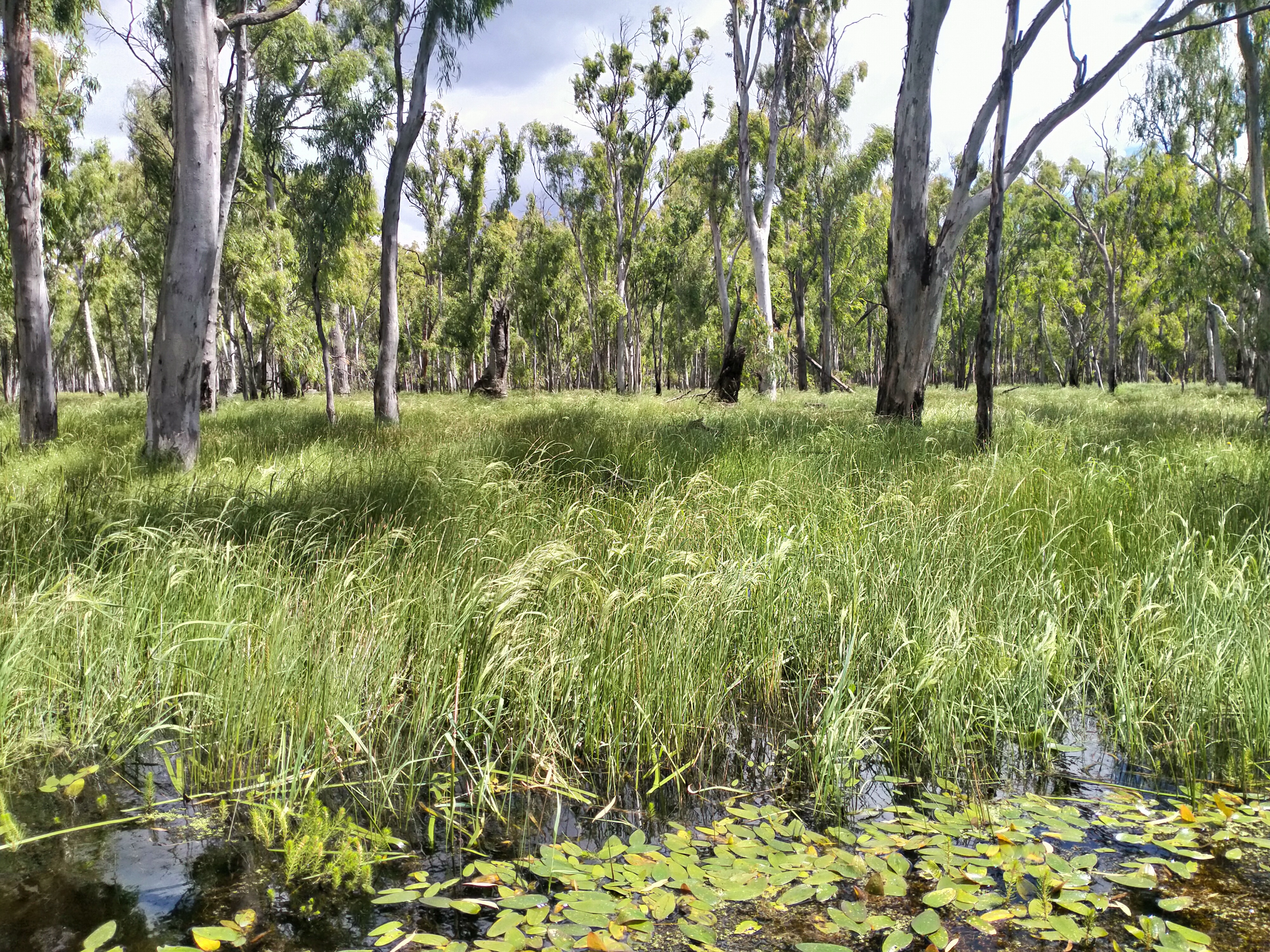
Water for the environment played an important supporting role in northern Victoria last year, even after one of the biggest floods on record.
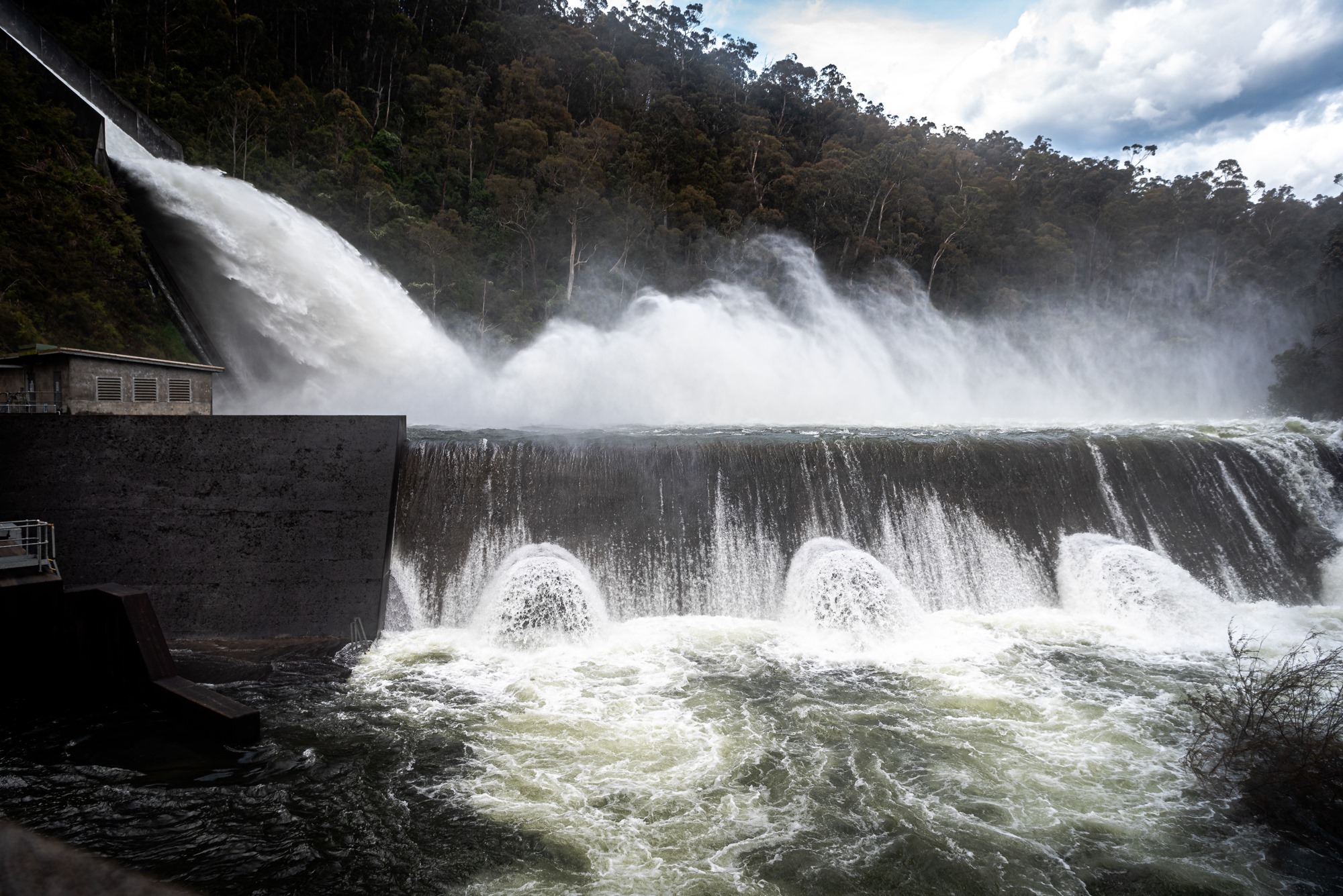
For three years, West Gippsland has had consecutive wet seasonal conditions, including record breaking rainfall in high altitudes around Mount Baw Baw – the catchment which feeds into Melbourne’s biggest urban water storage – the Thomson Dam.
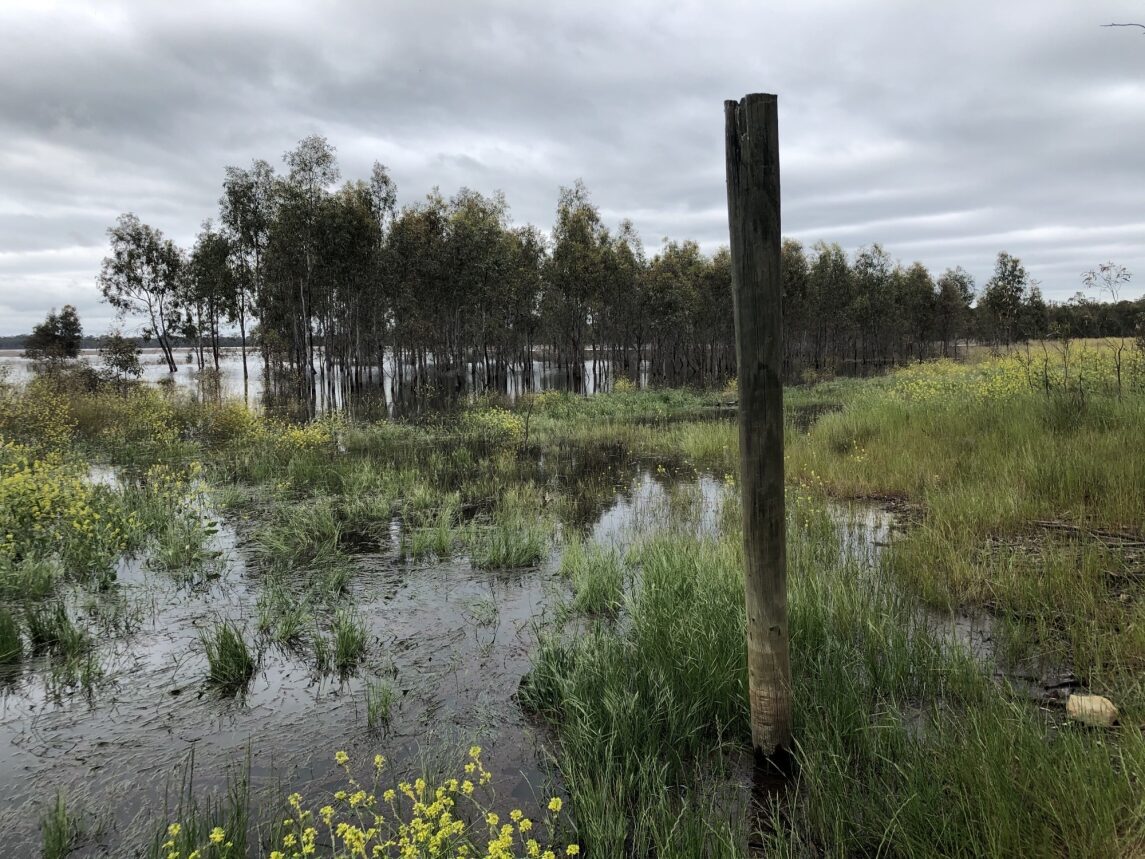
Yung Balug Clan have cared for the Boort Wetlands as part of a holistic cultural landscape for thousands of years, and it holds ancient lore and presence that is a vital legacy for Yung Balug people living on and managing the Boort landscape today.
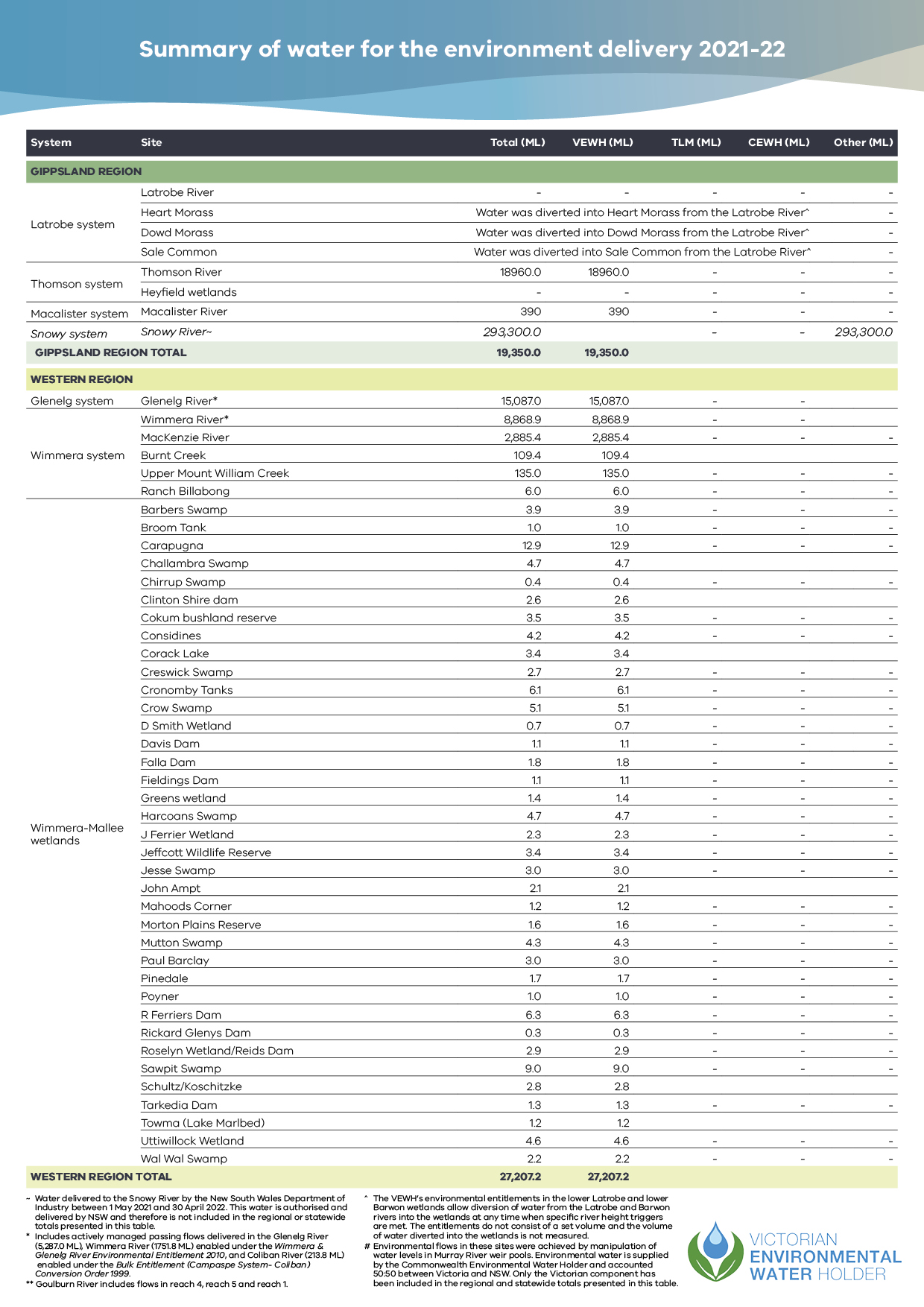
The summary of water for the environment delivery in each river system, for the 2021-2022 watering season, is now available.
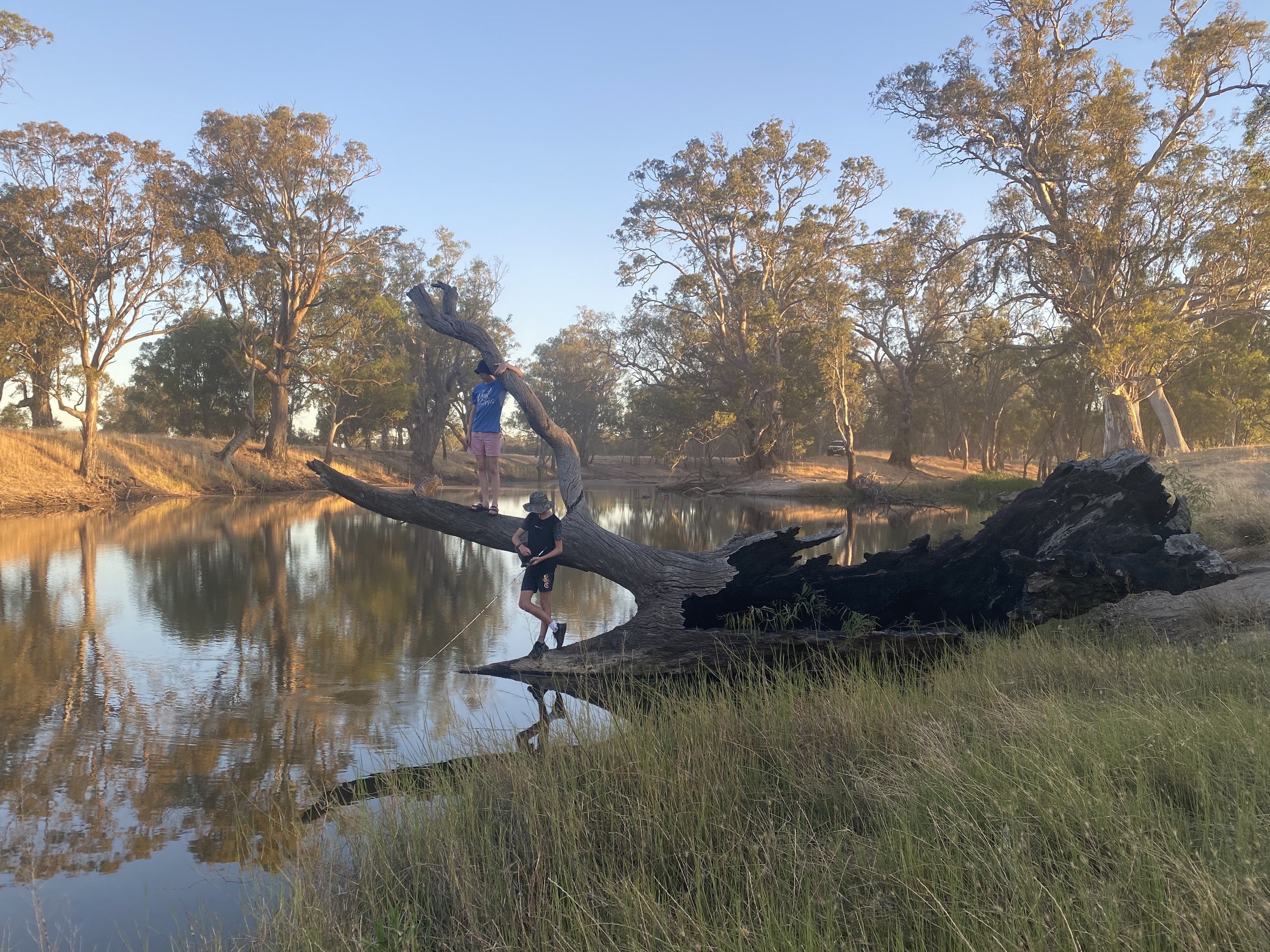
In western Victoria in 2021-22, water storages remained low again in spite of recurrent La Niña events elsewhere. Storage inflows over the previous four years were comparable to the worst of the Millennium Drought.
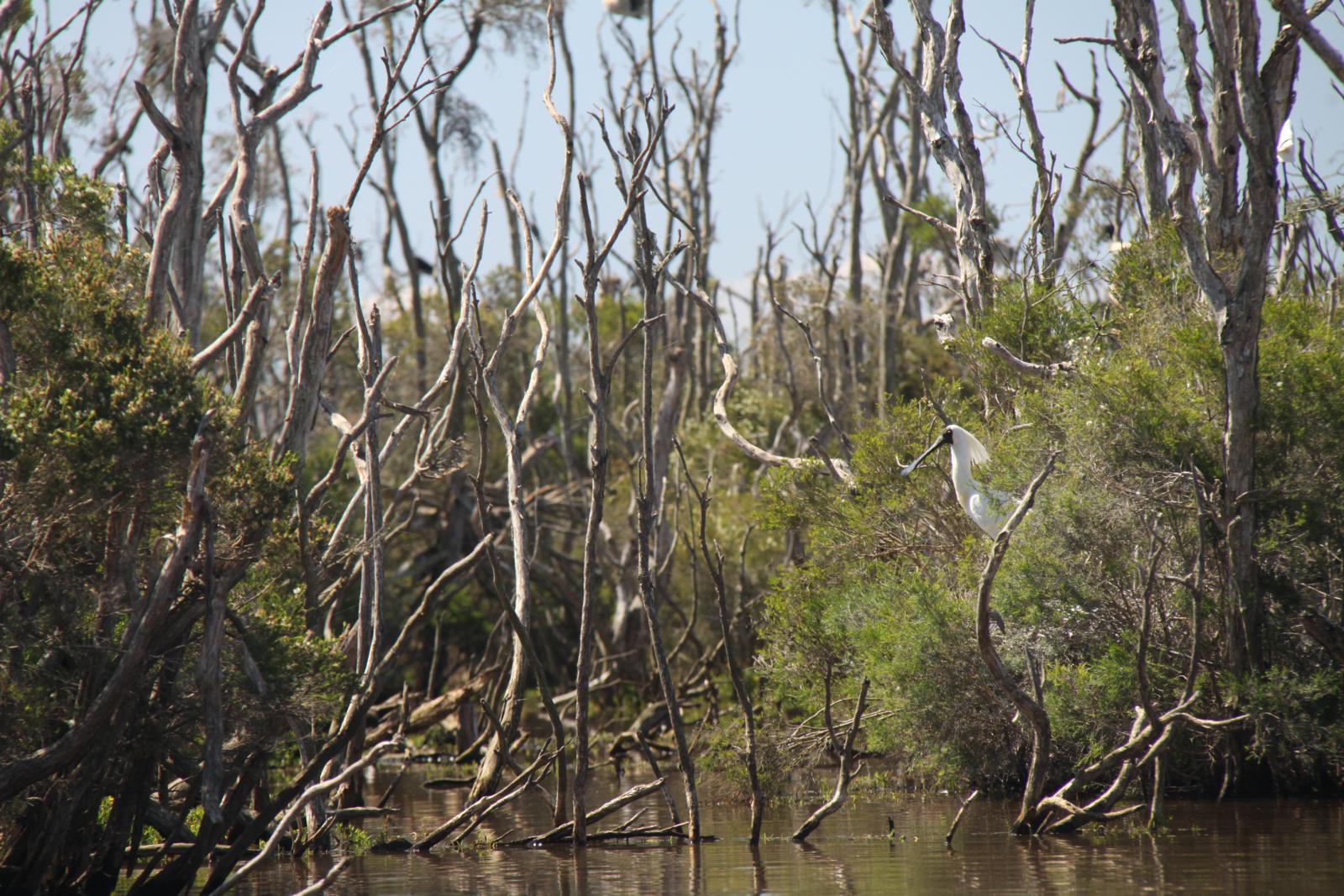
The results of a spectacular breeding season were on show across the lower Latrobe wetlands in autumn 2022 with the water humming with scores of waterbirds, fish, frogs and eels.
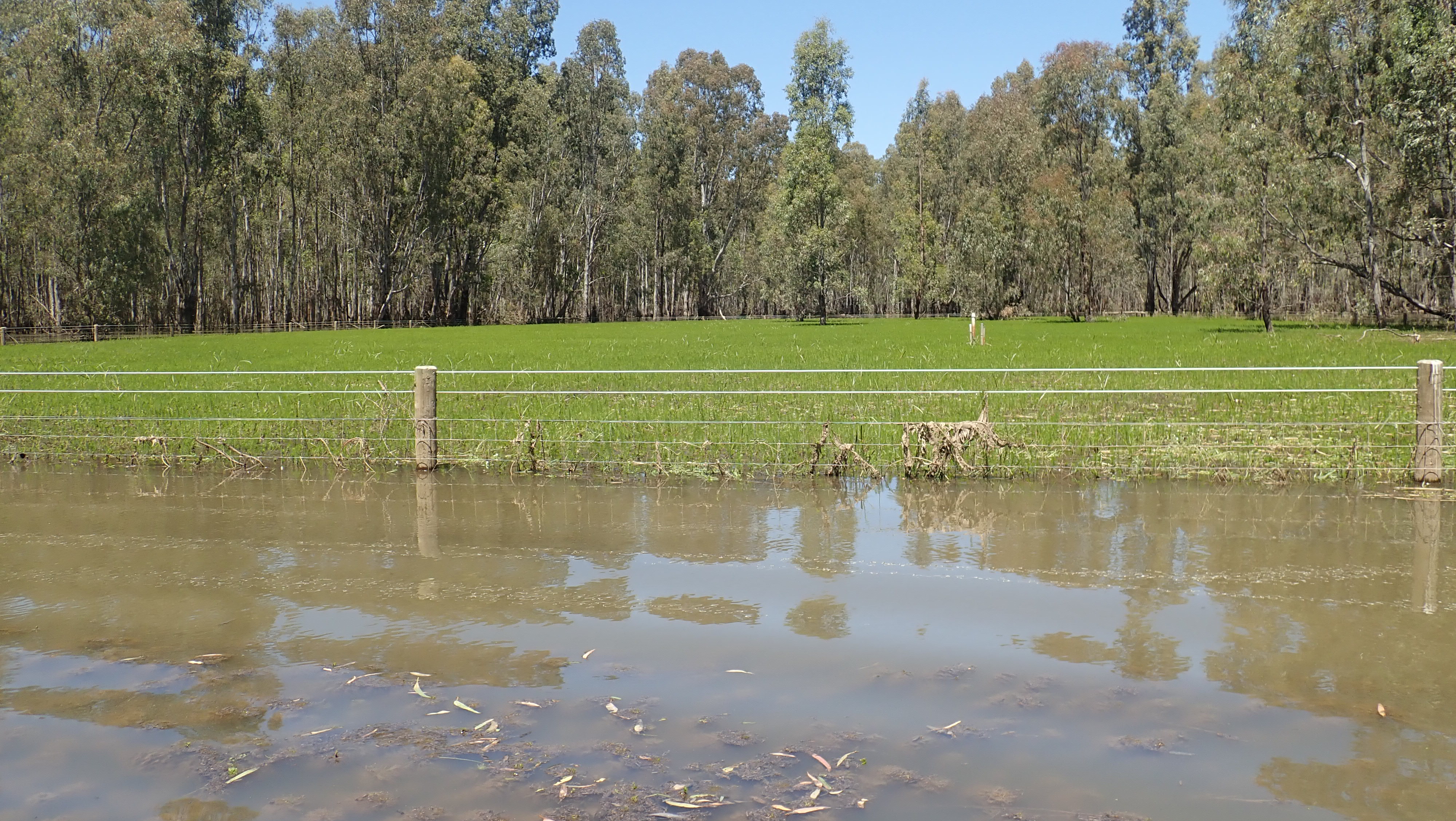
The 2021-22 delivery of water for the environment to the Barmah-Millewa Forest was another step in a journey spanning more than 10 years to restore Moira grass on the floodplains, which in 2009 had fallen to just five percent of its original coverage.
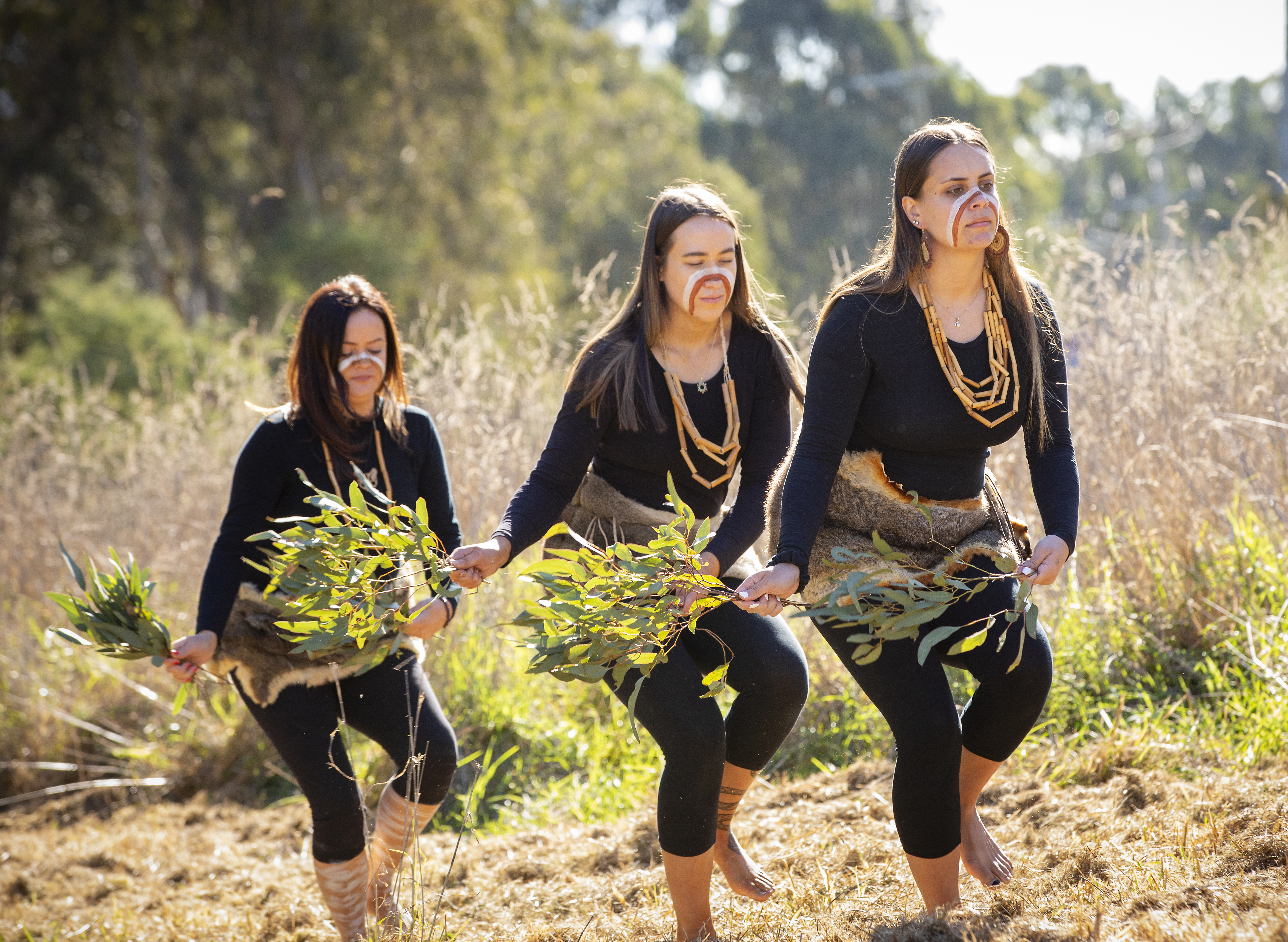
The billabongs on the Birrarung (Yarra) River floodplains are an integral part of a complex and functioning ecosystem, that through river regulation and pressures of a growing capital city, often do not receive enough water to meet critical ecological needs.
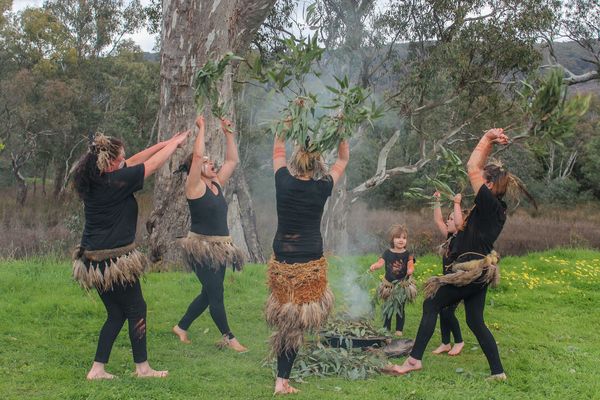
The Victorian Environmental Water Holder (VEWH) acknowledges that Aboriginal people are intrinsically connected to Country and have been for tens of thousands of years. Over millennia, Aboriginal people have shaped, managed and cared for the land and waterways that sustain them. Deep and sophisticated Aboriginal knowledge systems have enabled the survival of the oldest living culture on Earth.
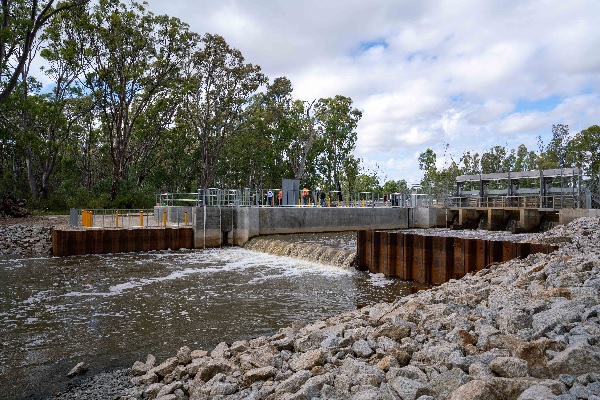
For the first time in over a century, native fish will be able to move freely between the Murray River and Gunbower Creek with the launch of two new fishways at Koondrook and Cohuna in northern central Victoria.
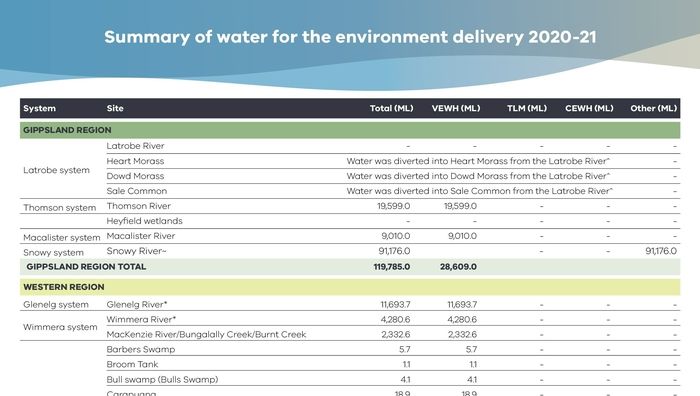
The summary of water for the environment deliveries in each river system, for the 2020-2021 watering season, is now available.
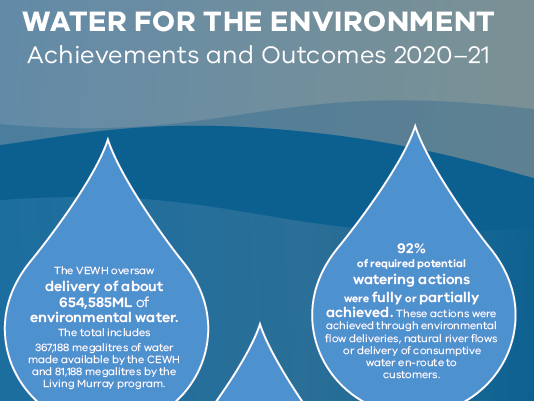
Each year the VEWH captures the program’s annual achievements in managing water for the environment and highlights the environmental outcomes of deliveries water across Victoria.
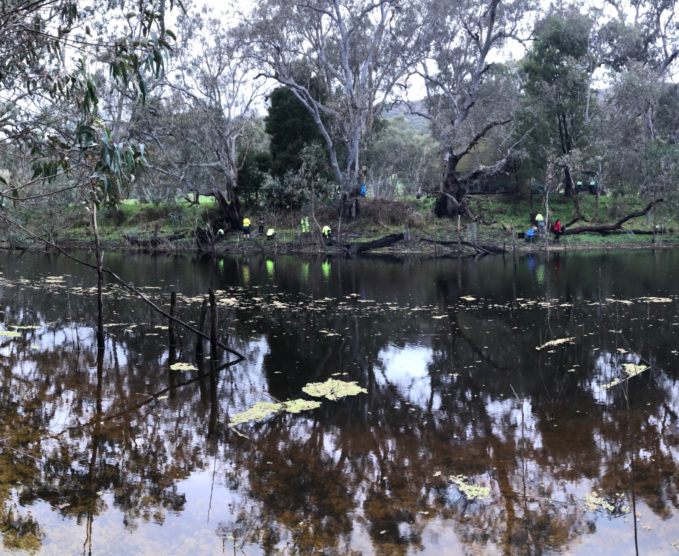
Taungurung Land and Water Council (TLaWC) is leading the way at Horseshoe Lagoon demonstrating how cultural values, environmental objectives and on-Country knowledge sharing are critical to long term water management, Healing Country and meaningful collaboration.
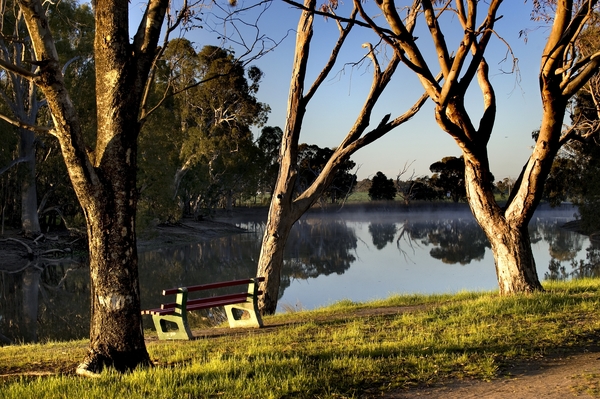
The Wimmera River is considered the lifeblood of the Wimmera Southern Mallee community, and this connection has only been further reinforced by the COVID-19 pandemic.
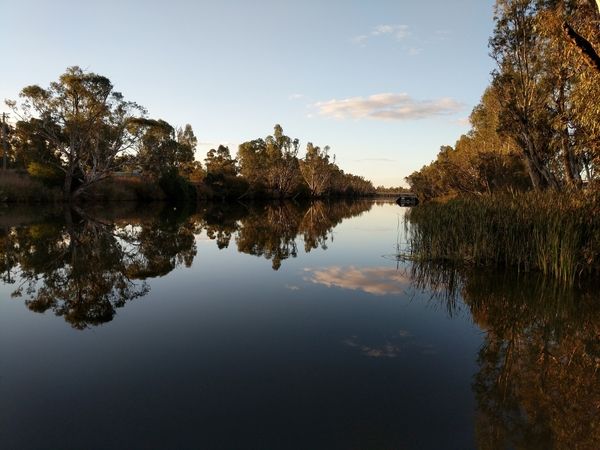
Our water allocation trading strategy 2021-22 provides a high-level overview of the types of water trading activities that may be undertaken across Victoria and interstate in 2021-22.
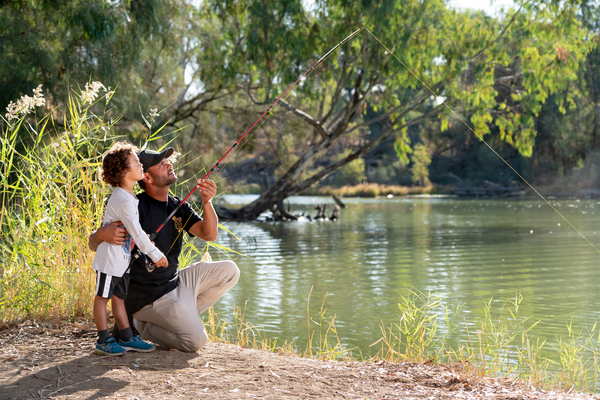
Communities across Victoria will see the flow-on benefits of water for the environment this year with many of the state’s rivers and wetlands set to receive environmental flows.
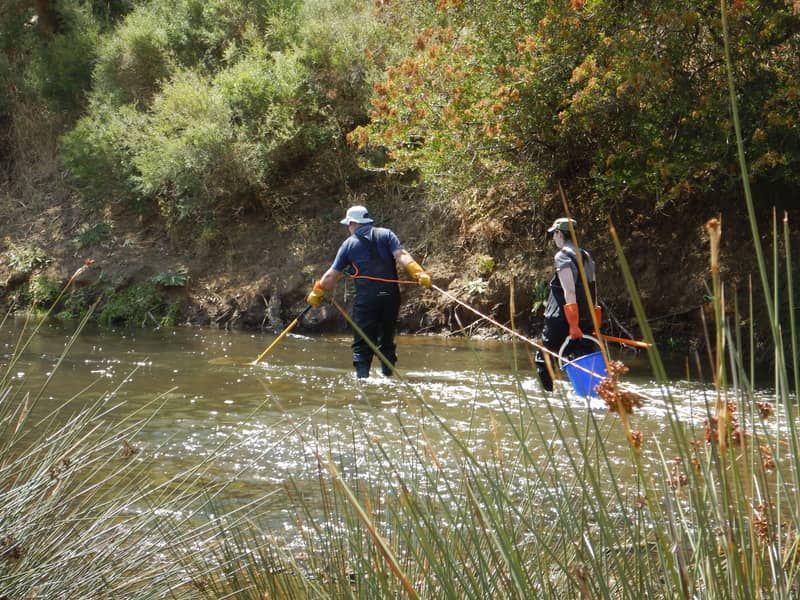
Monitoring results are in - showing that not only is water for the environment working, but that having the right data helps us get
better results from this limited resource, leading to more efficient and effective use of environmental flows in Victoria.
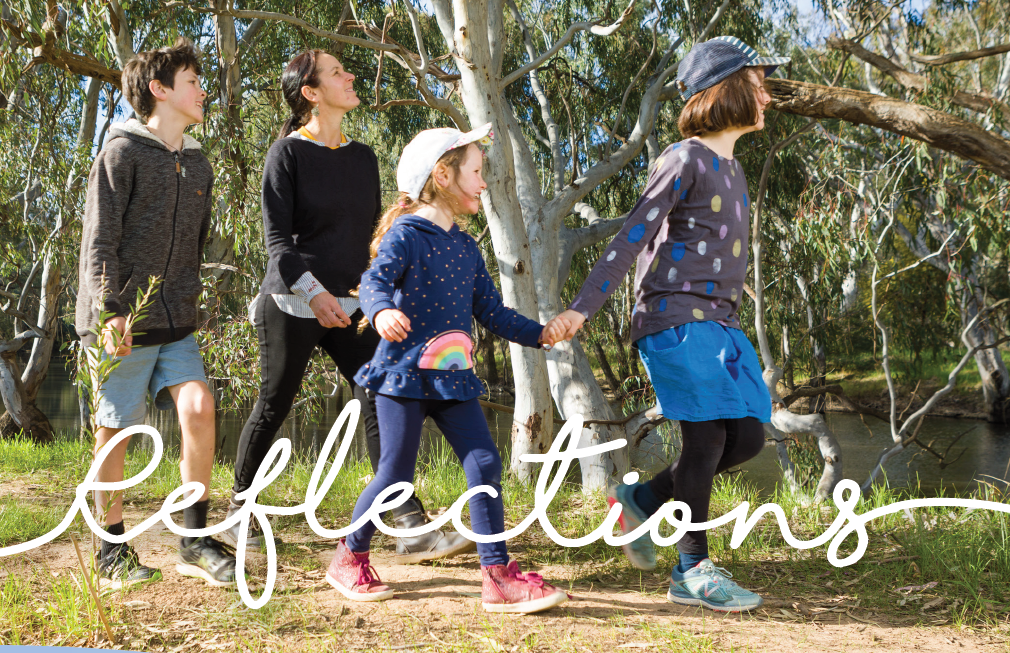
Technology and tradition are at the heart of this year’s Reflections 2019-2020.
Reflections 2019-2020 is the Victorian Environmental Water Holder’s annual publication celebrating the efforts and achievements of program partners, Traditional Owners and local communities who work tirelessly to protect our waterways.
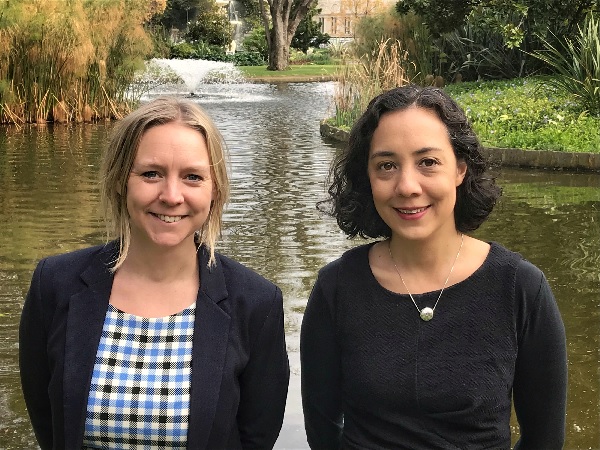
By Sarina Loo, Co-Chief Executive Officer at Victorian Environmental Water Holder.
As a young, female CEO, I am often asked about how to have a successful career and a satisfying family life.
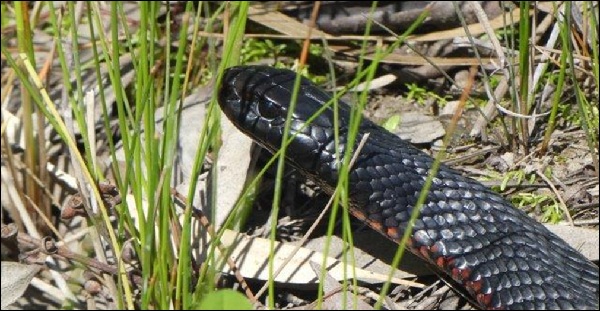
When you’re out and about this summer make sure you keep an eye out for our slithery friend: the venomous red-bellied black snake.
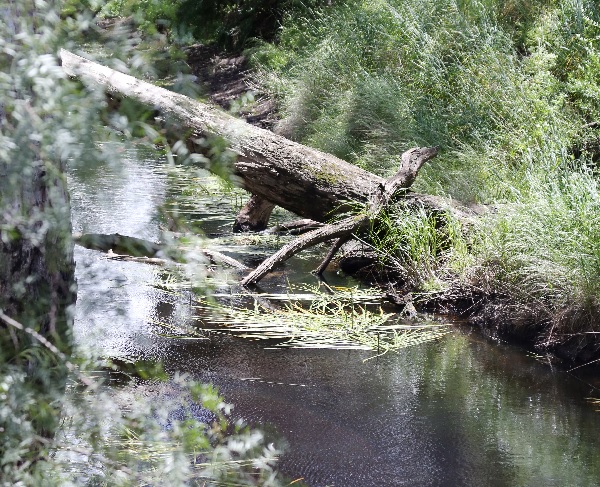
When you hear about toxic blackwater events it’s often in conjunction with reports of severe fish deaths and floods. However, the truth about blackwater is more complex. In this article we explore blackwater in more detail.
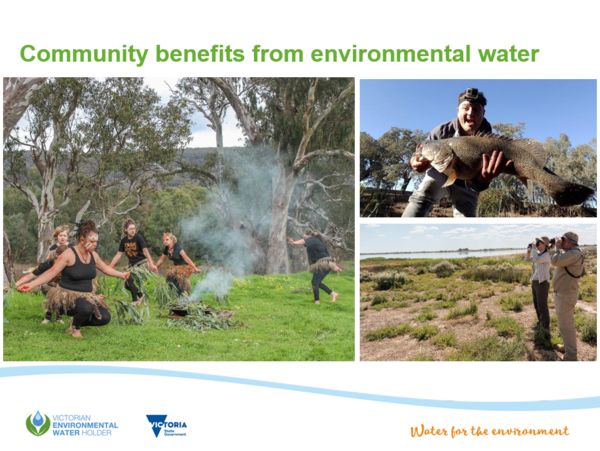
We’ve been on a mission to address some of the most common questions we are frequently asked about the water for the environment program by community members in northern Victoria.
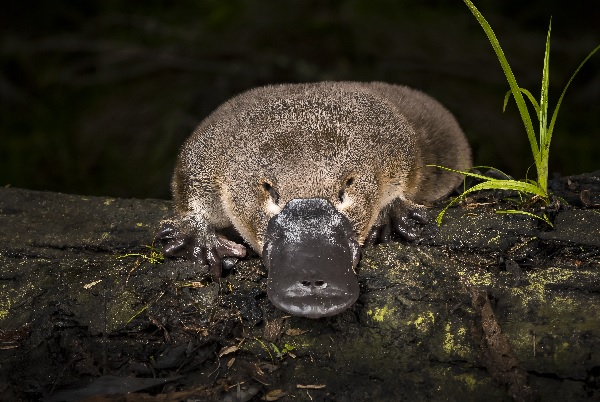
The platypus is a truly unique animal. It doesn’t have any close relatives and, along with the echidna, it is part of an exceptional group of mammals which lay eggs, known as monotremes.
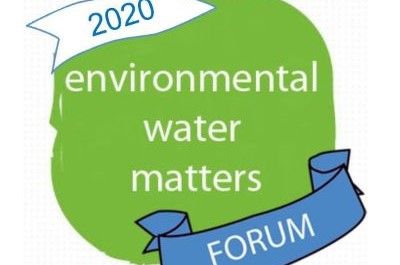
Representatives from a wide range of community and government organisations met to hear and discuss latest developments in and about all things ‘Water for the Environment’, at the VEWH’s fifth Victorian Environmental Water Matters Forum.
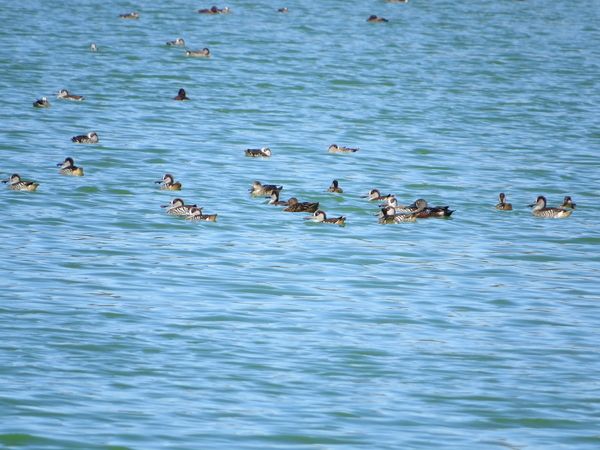
Enthusiasts, experts and emerging birdwatchers came together for a workshop in northern Victoria to begin a Waterbird Citizen Science Project.
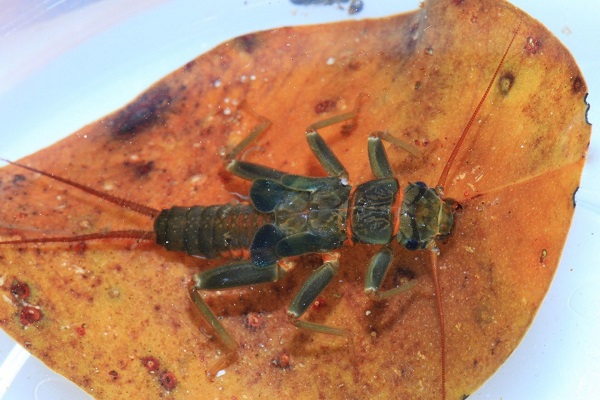
Aquatic macroinvertebrates, commonly called waterbugs, are a very diverse group of creatures. There are lots of different types, some look very similar to each other while others look completely different.

At the Victorian Environmental Water Holder (VEWH) headquarters the team are busily putting together the seasonal watering plan for the 2020-21 watering year.
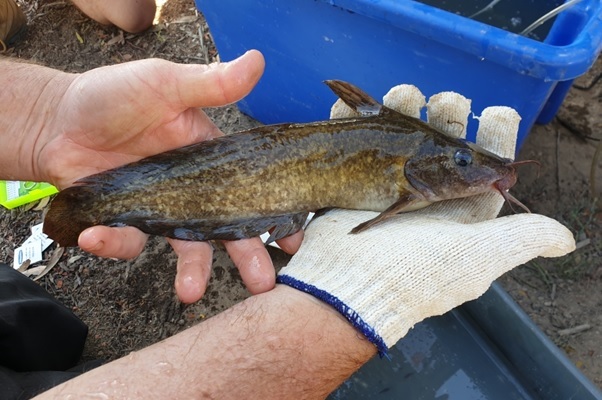
Did you know freshwater catfish (Tandanus tandanus) are native to Australia? With their large fleshy lips, whiskery barbels and eel-like tail, freshwater catfish make for a bit of an odd-looking fish.
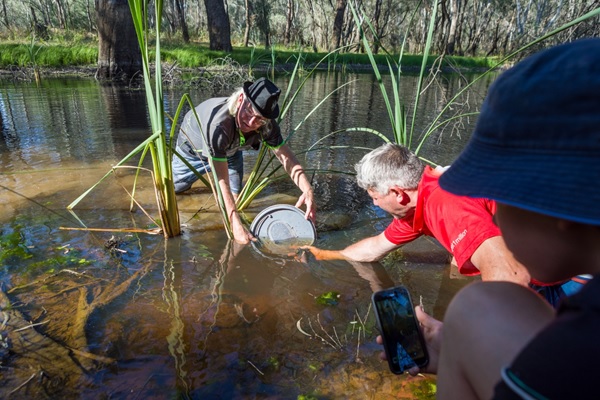
A dedicated community effort followed by a delivery of water for the environment has prepared a new home for threatened native freshwater catfish at Mullinmur Billabong in Wangaratta.
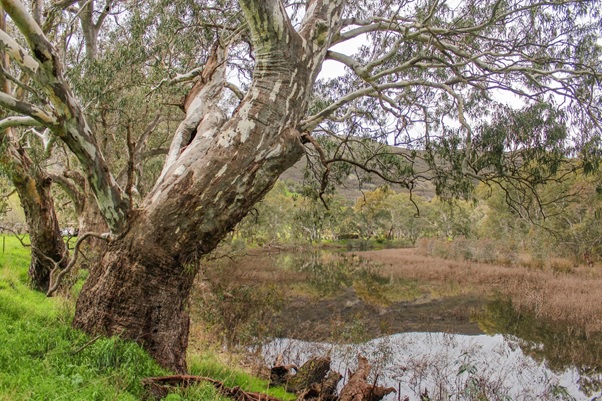
Taungurung women danced to welcome the first delivery of water for the environment to the sacred Horseshoe Lagoon, outside Seymour.
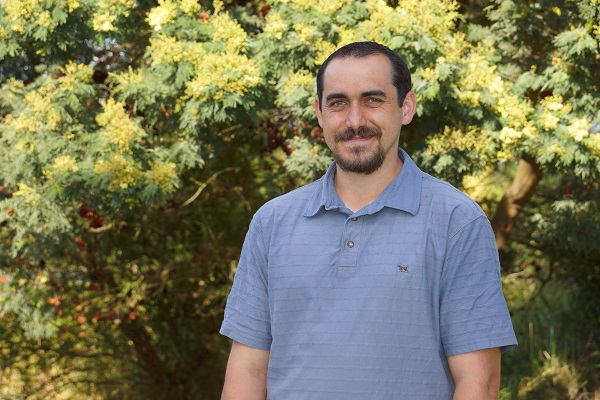
Congratulations to VEWH Commissioner and Gunditjmara man Rueben Berg who was elected to the First Peoples’ Assembly of Victoria.
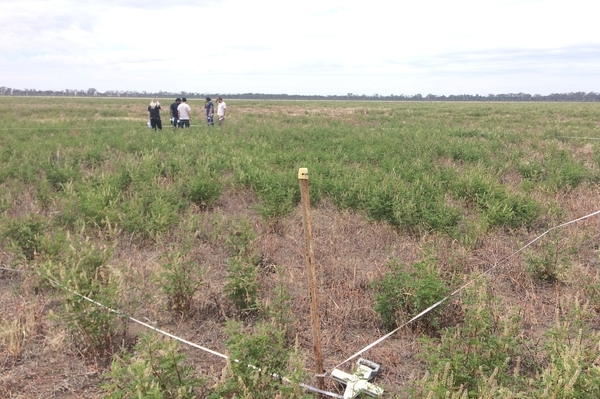
The Dja Dja Wurrung Clans Aboriginal Corporation (through Djandak) and North Central CMA are conducting vegetation monitoring and undertaking planting at the culturally significant Lake Boort site on the Loddon River floodplain.
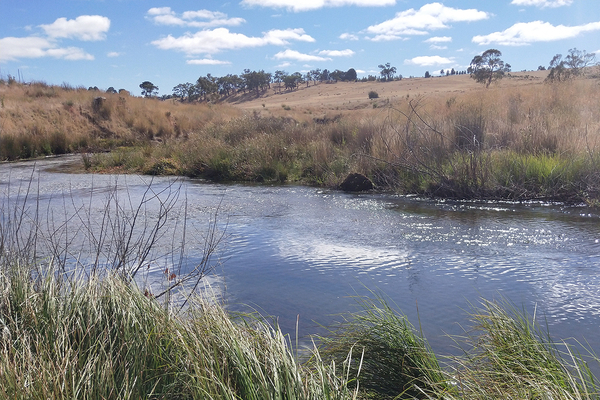
The Coliban River is a highly-valued place within a wider catchment that is culturally significant to Dja Dja Wurrung people. Undertaking an Aboriginal Waterways Assessment, Dja Dja Wurrung representatives have recently measured the impact of environmental flows in the Coliban during very dry autumn conditions.
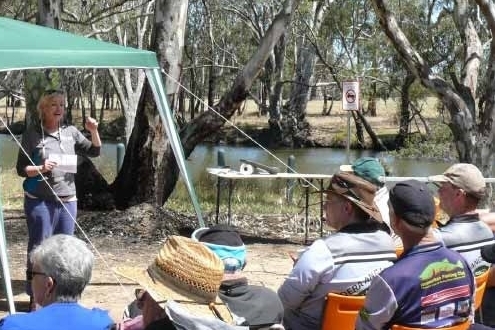
Recreational fishers in northern Victoria joined forces with scientists to find out how water for the environment helps the migration, spawning and survival of native fish.
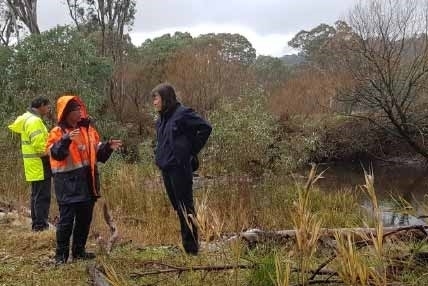
Taungurung Traditional Owners and the North East CMA have worked with the VEWH and Goulburn Murray Water to release water for the environment. In June 2019, 39 megalitres of water owned by Taungurung Land and Waters Council was delivered as an environmental flow to the King River.
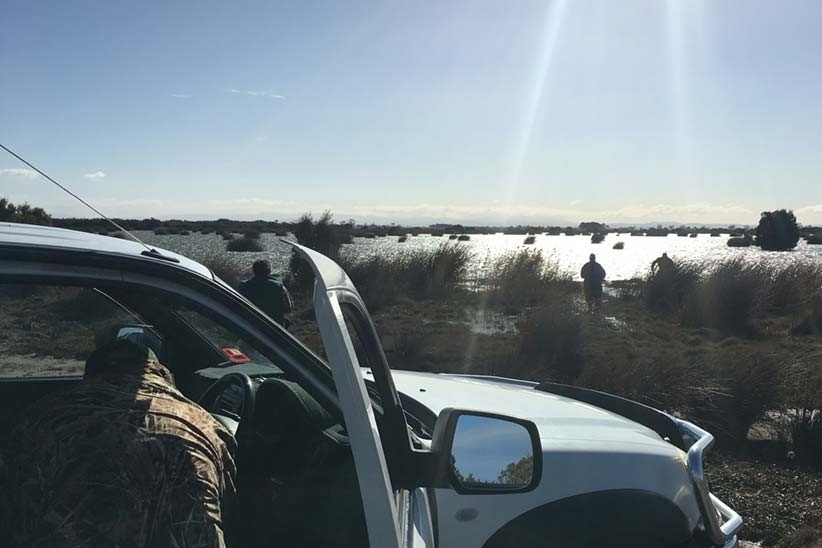
West Gippsland CMA manages water for the environment for the lower Latrobe wetlands, Sale Common, Heart Morass and Dowd Morass. The three wetlands are an important component of the internationally recognised Gippsland Lakes Ramsar site and provide habitat for a variety of waterbirds of state, national and international conservation significance.
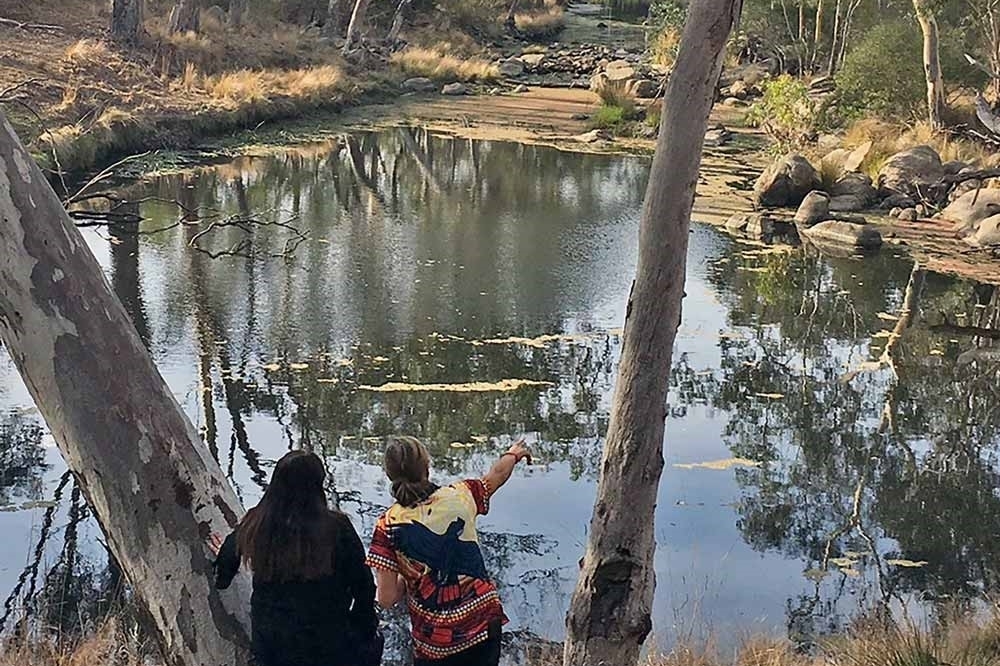
Celebrating culture and water, Wadawurrung Traditional Owners, community members, Corangamite CMA and water industry partners from agencies such as the Department of Environment, Land, Water and Planning, Central Highlands Water, Barwon Water and the VEWH met at Dog Rocks on the Moorabull yulluk to welcome the release of 500 megalitres of water for the environment.
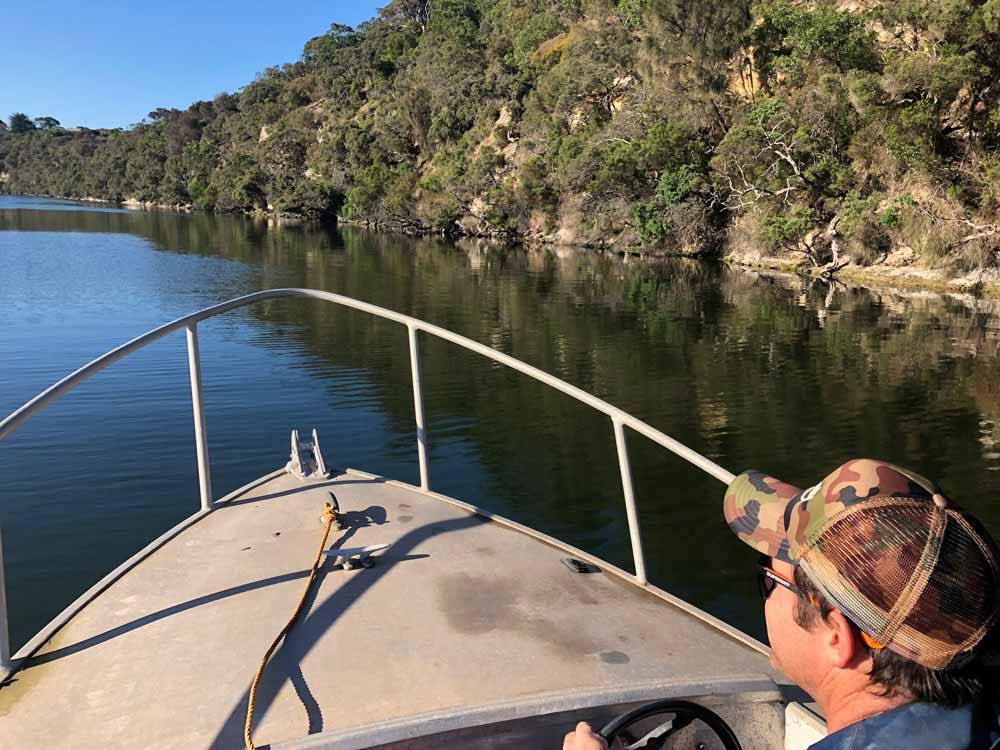
Building strategic partnerships with anglers and fishing groups has been instrumental in boosting awareness of environmental flows in the Glenelg River and environmental conditions in other waterways.
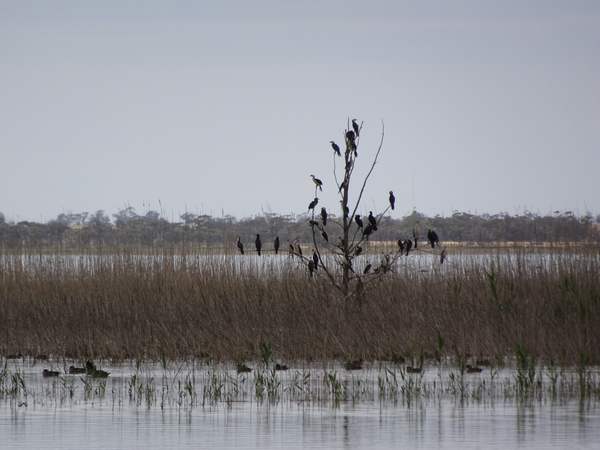
Community members are a wealth of local knowledge. Sharing this knowledge can be instrumental in adapting water management decisions. North Central CMA and the VEWH have listened to feedback from community members in the Kerang Wetlands region, resulting in excellent outcomes for Lake Cullen.
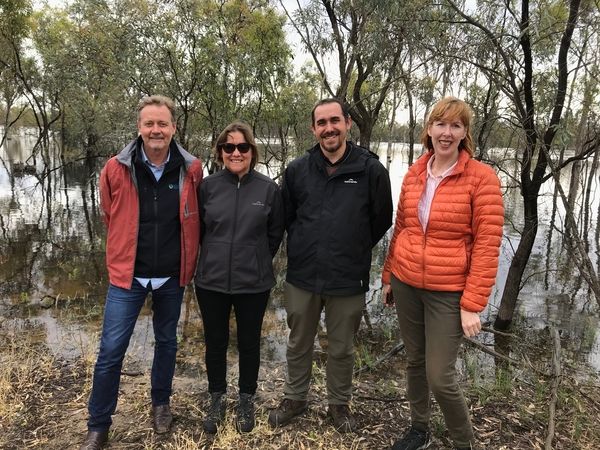
An exciting trip hosted by Mallee Catchment Management Authority (CMA) saw the Victorian Environmental Water Holder (VEWH) Commissioners, Co-CEOs and executive team venture north. The group visited various sites getting into the nitty-gritty of environmental watering.

Program partners, Wurundjeri Woi Wurrung as the Traditional Owners and community came together to celebrate the delivery of water for the environment to Banyule Billabong!
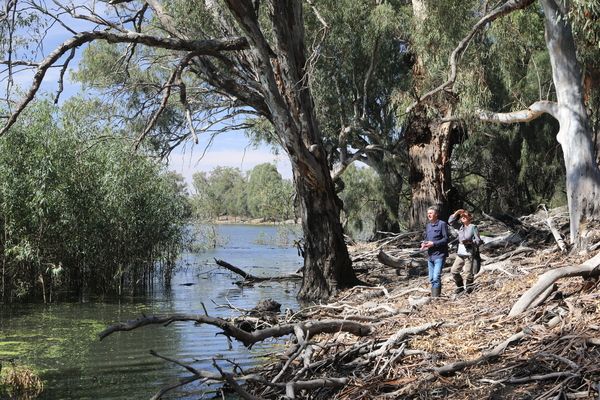
Frogs can be very hard to spot! They are very good at hiding among reeds and rushes at the edge of wetlands, rivers, swamps and floodplains. In fact, frogs can often be heard before they are seen.
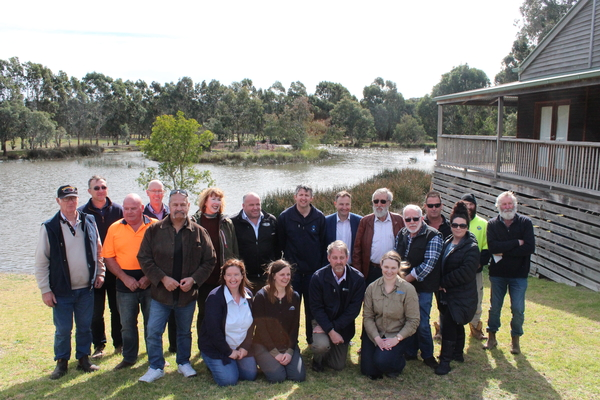
In the small town of Heyfield, located about 200 kilometres east of Melbourne and with a population of just under 2,000 people, the community has come together to bring water for the environment to the Heyfield Wetlands for the first time.
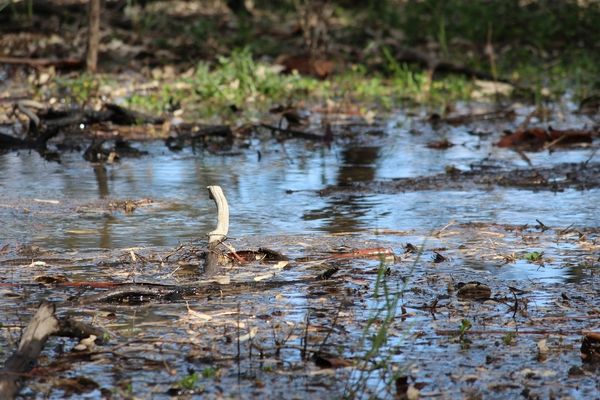
In Guttrum State Forest an urgent rescue mission is underway to save a culturally rich and ecologically significant wetland complex.
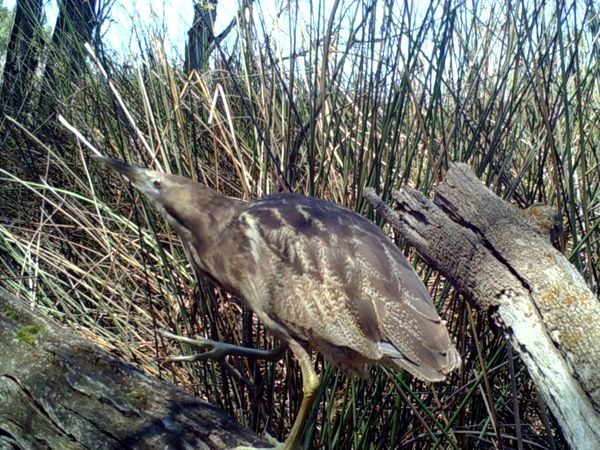
The Australasian bittern, currently listed as endangered in Australia, is a rather crafty bird that works hard to blend into its surrounding environment. Their streaky brown and white feathers and green stork like legs make it hard to spot between the reeds and rushes that grow on the bed of the wetlands and floodplains they like to live in.
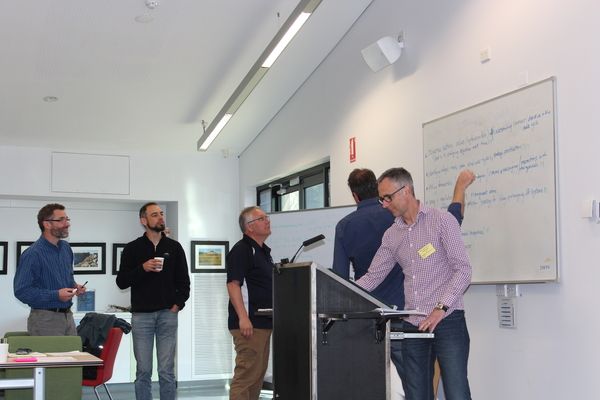
The Applied Aquatic Ecology Hub recently hosted a two-day forum on managing waterways through drought with a focus on how to select and protect critical refuge habitats.
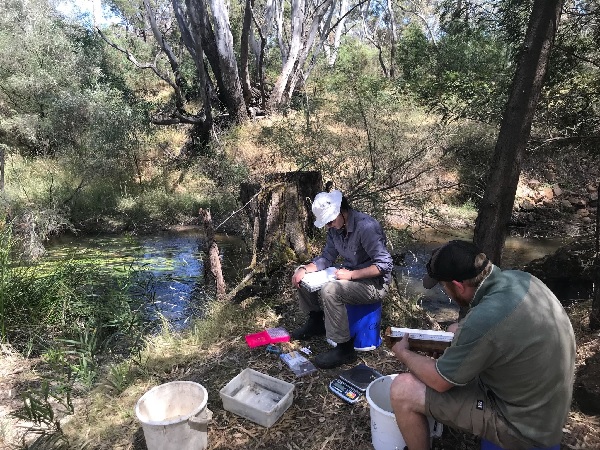
Across Victoria, every year, there is a carefully coordinated effort to decide which river reaches and wetlands will receive water from the state’s environmental water holding. This planning process culminates in the release of the VEWH’s annual Seasonal Watering Plan.
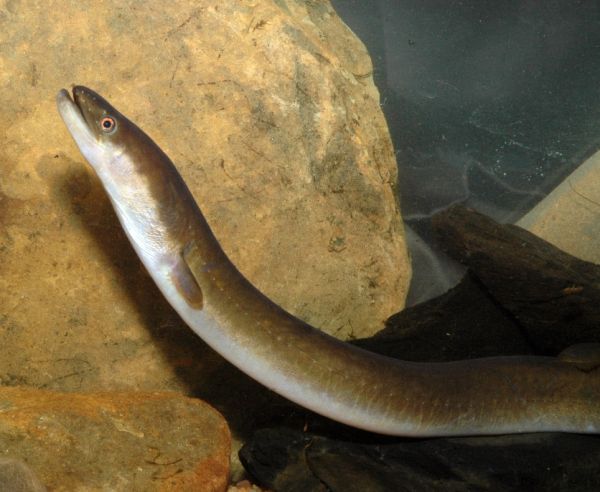
With their long thin olive-green bodies, the short-finned eels aren’t much to look at, but these native Australian fish love to travel. The epic migration of the short-finned eel is supported by environmental flows which help them move from rivers, lakes and swamps out to the Coral Sea.
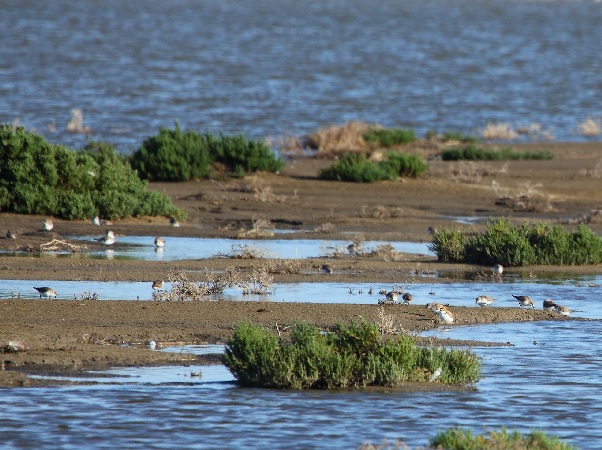
Water is the magic ingredient in the Australian landscape - its presence a flag that signals to our plants and animals when to bloom and breed and travel. But with many river systems altered beyond recognition, is there still a future for the many creatures that rely on the highs and lows of naturally flowing water? BirdLife Australia’s Darren Quin and the VEWH’s Bruce Paton examine the promising results of environmental water releases at Victoria’s Lake Cullen and reveal that all is not yet lost.
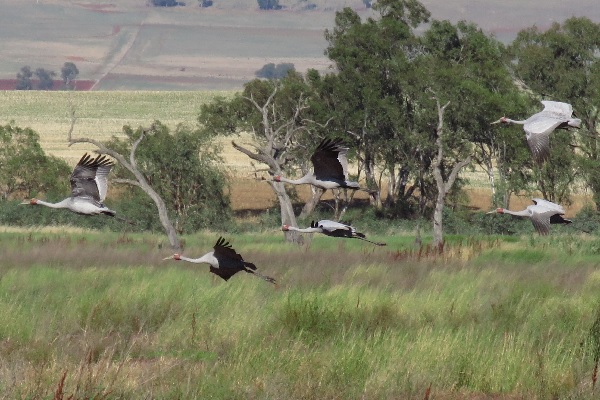
In an exciting first for the Goulburn Wetlands, Gaynor Swamp received 1100 megalitres of environmental water as part of the environmental watering program in 2018.
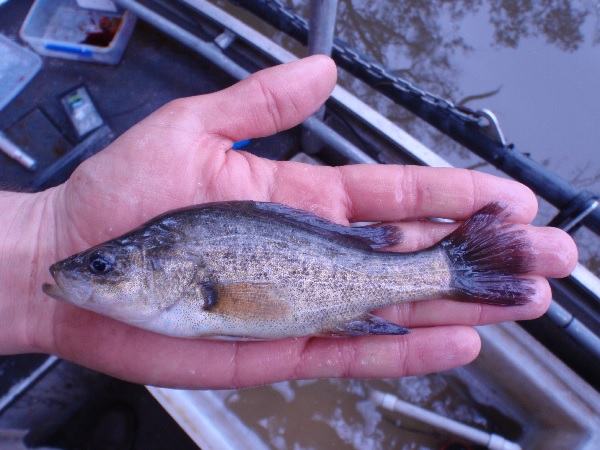
Are you interested in the status of native fish in Victoria? You can now access information or ‘report cards’ on the current status of native fish in priority rivers through the Native Fish Report Card website.
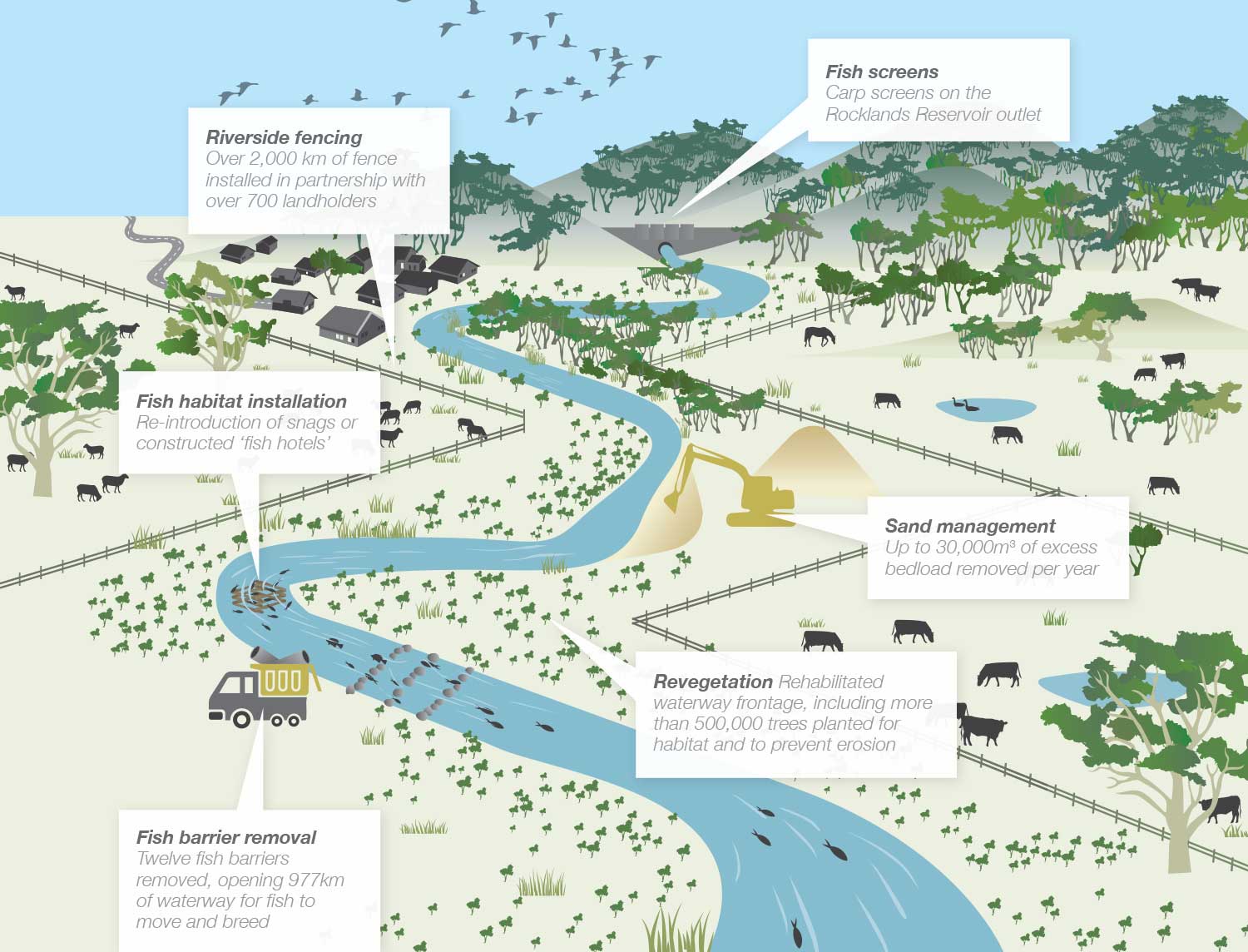
Just adding water for the environment is not the only factor
to consider for improving the health of rivers, wetlands and
floodplains; complementary works and measures are also equally important as part of ‘integrated catchment management’.
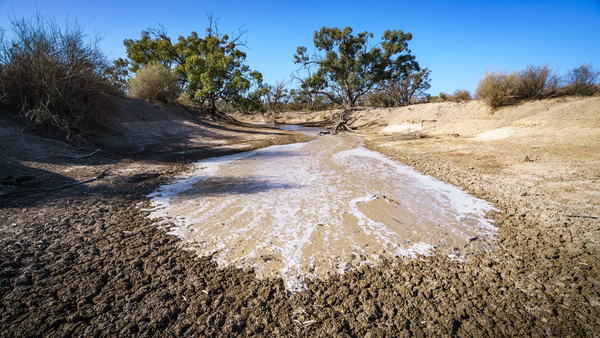
Rivers and wetlands get dry naturally too. So why do we put water into the environment when nature, and regulation of rivers, has turned off the tap?
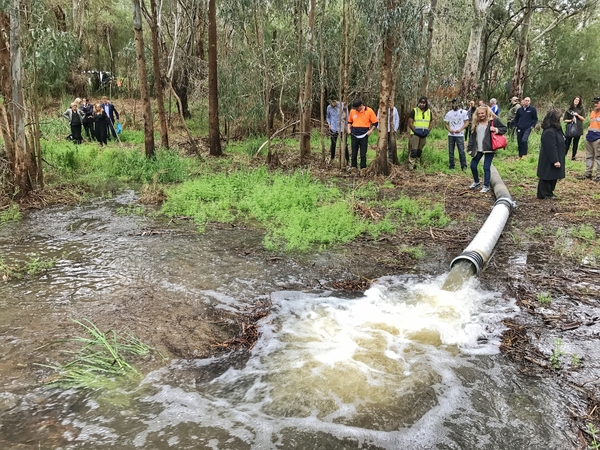
Bolin Bolin Billabong, located next to the Yarra River in Bulleen, is one of the few remaining billabongs in Melbourne. It used to have such a large eel population that it was able to sustain up to 500 Wurundjeri people over summer. The billabong is highly valued for ecological, cultural and liveability attributes.
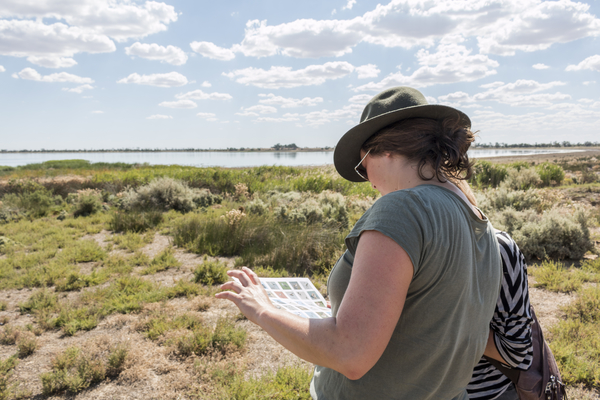
Volunteer birdwatchers are giving waterway managers a
vital insight into how water for the environment is helping
to protect, restore or enhance wetlands and sustain
waterbird populations.
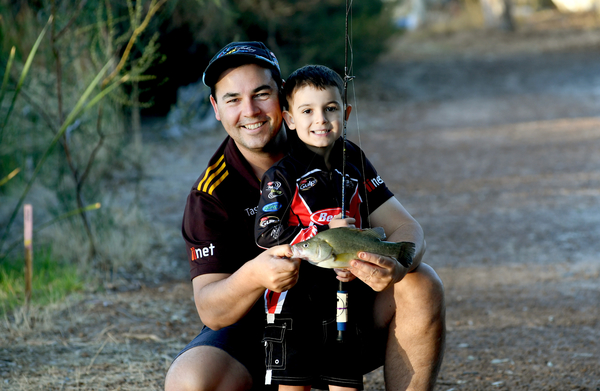
A study into the value of water for the environment revealed the Wimmera River contributed $4.75 million to the economy in 2017, with fishing competitions providing major boosts – events which directly benefit from water for the environment.
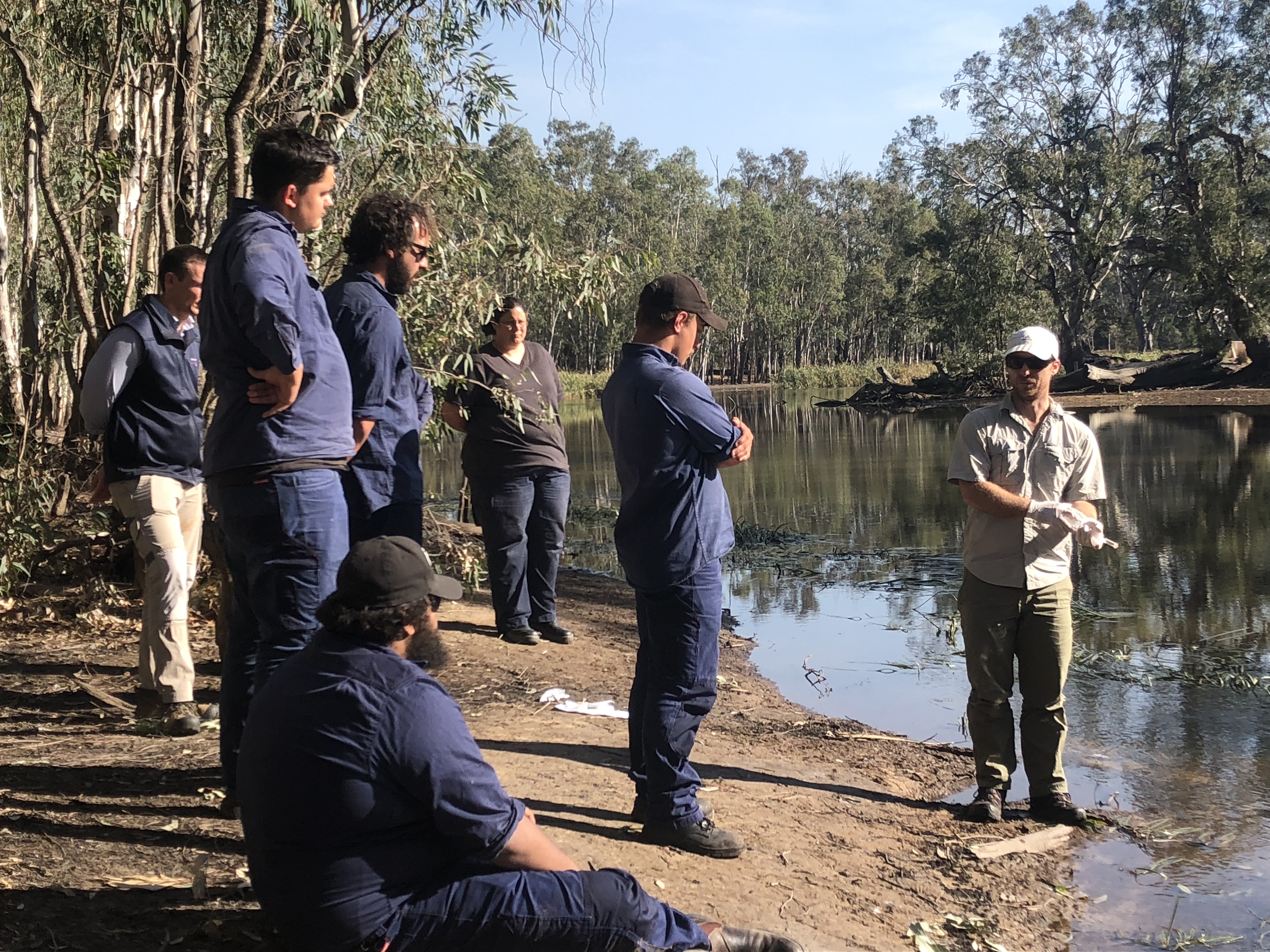
Budj Bim rangers, a wildlife ecologist and Glenelg Hopkins CMA have undertaken detective work trawling for traces of environmental DNA (eDNA) along the Glenelg River in pursuit of an elusive character – the iconic platypus.
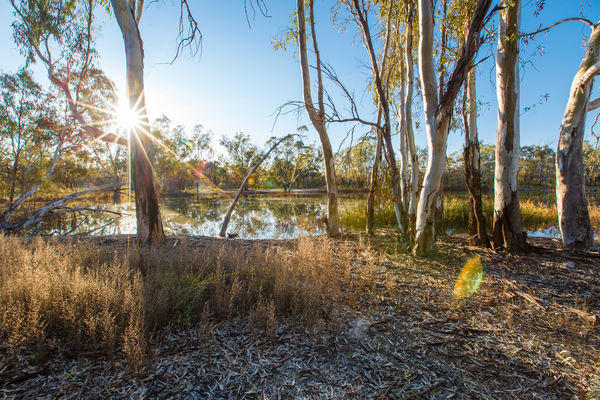
The Mallee Aboriginal Reference Group (ARG) visited Hattah-Kulkyne National Park to see firsthand how water for the environment projects have improved the landscape – in particular, the health of the Hattah Lakes and floodplain.
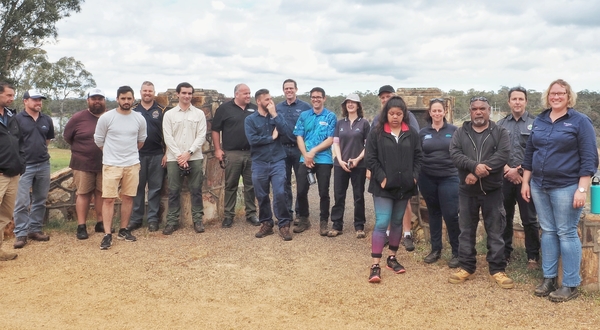
Traditional Owners and catchment managers in the West Gippsland region are working together to learn from each other about cultural values and how these relate to water for the environment.
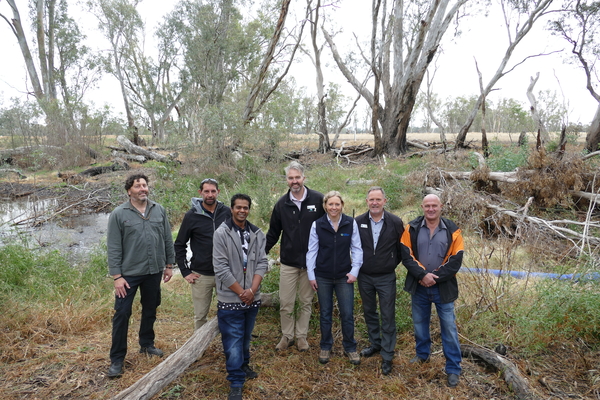
Culture, environment and community came together to mark a significant occasion for the Barengi Gadjin Land Council (BGLC) and Wotjobaluk Traditional Owners, as a
program of environmental watering at The Ranch Billabong in Dimboola began on 14 December 2018.
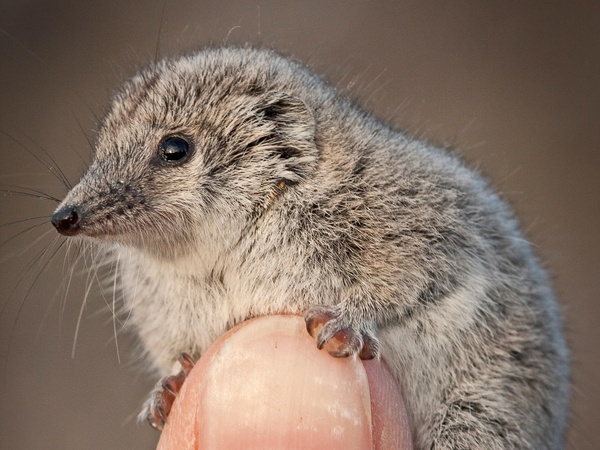
Move over Skippy, we have a contender for the cutest little marsupial around. The Gile's Planigale (also known as 'Paucident Planigale') has brindled, cinnamon-grey fur, a triangular face and is similar in size to a match box.
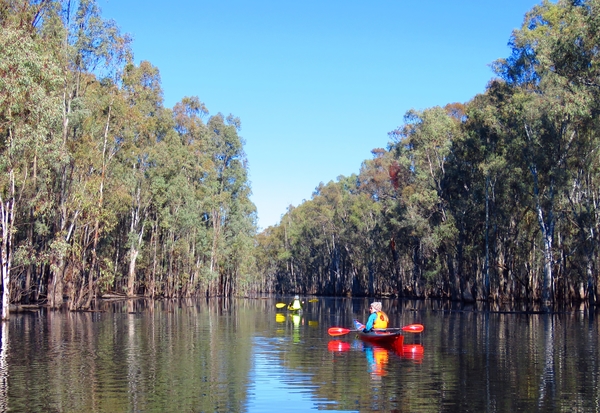
Not only is water for the environment helping to bring about the return of rare and threatened species in Gunbower Forest, it is also being delivered efficiently through reuse.
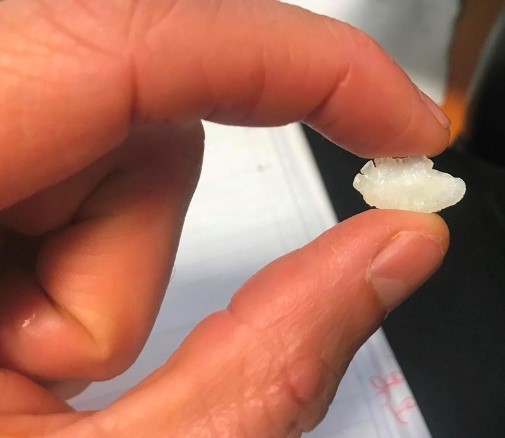
Every year thousands of Victorians head to local waterways to catch fish. For those who keep Murray cod and golden perch for the dinner table, they can help the scientists at the Arthur Rylah Institute (ARI) to
discover how fish populations have benefited from water for the environment. All they need to do is simply hold on to a part of each fish that they would normally throw away – its 'ear bones'.
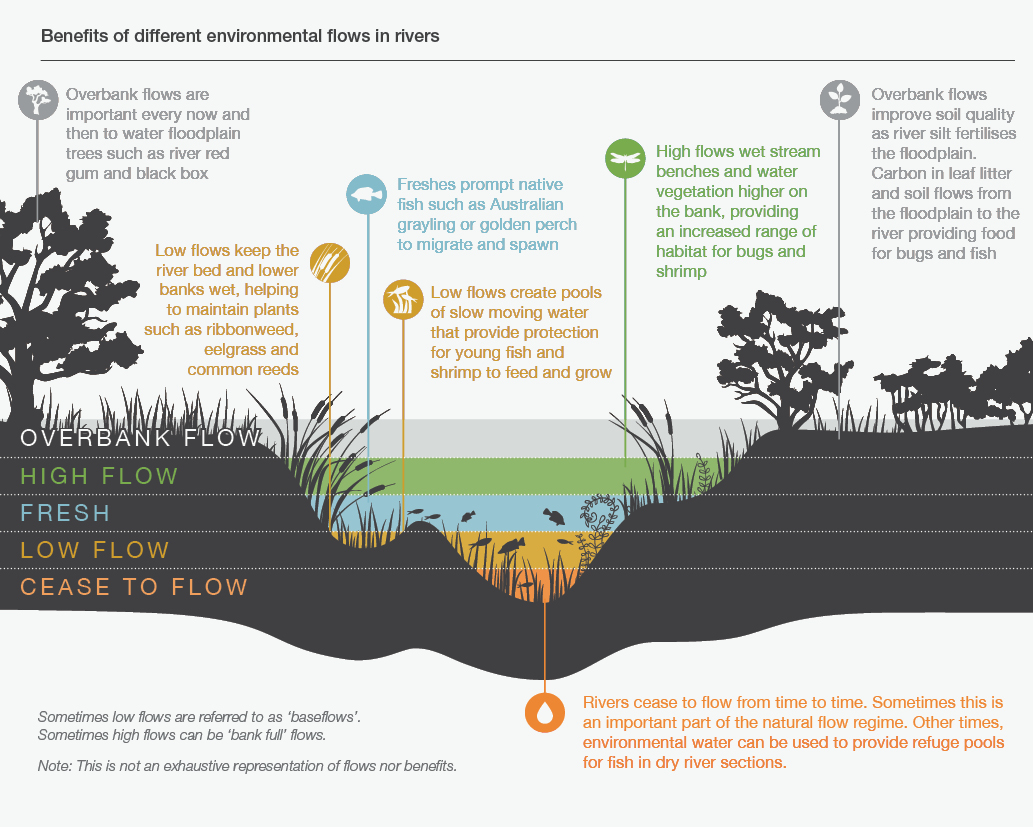
Baseflow, return flow, freshes, ramping up and ramping down… There’s a lot of technical terms when it comes to describing different types of environmental flows. To break through the jargon and help you understand what they mean, we’ve put together a list of some of our most commonly used terms about flows.
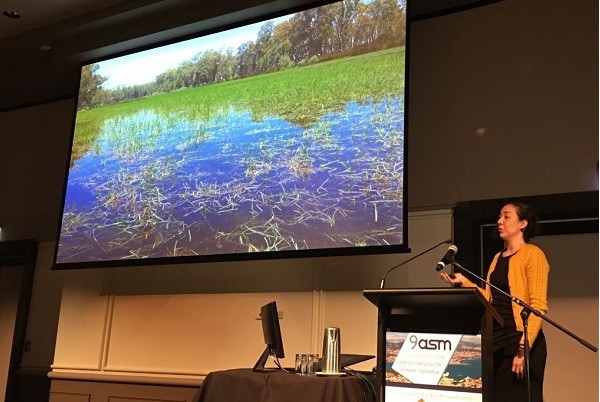
In August, VEWH staff were excited to attend the 9th Australian Stream Management Conference in Hobart, Tasmania.
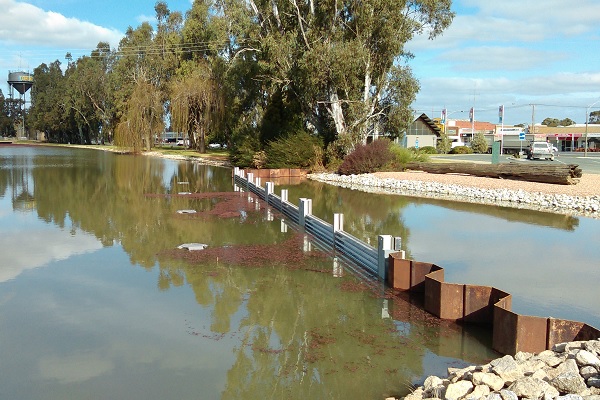
In an Australian first, countless numbers of native fish will be saved thanks to a Victorian-designed and made irrigation diversion channel fish screen.
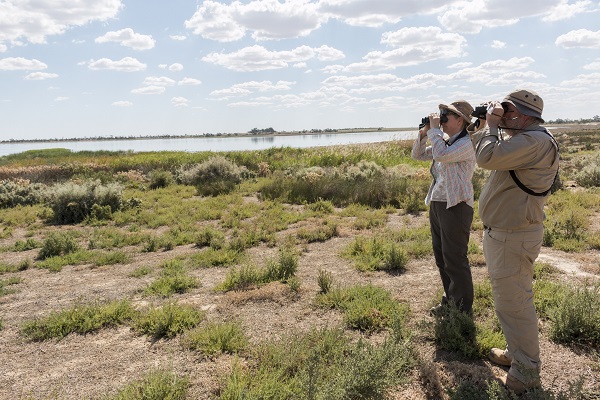
There are many factors involved in creating a citizen science program. In this article we identify the six key elements that lie at the heart of the most successful citizen science programs.
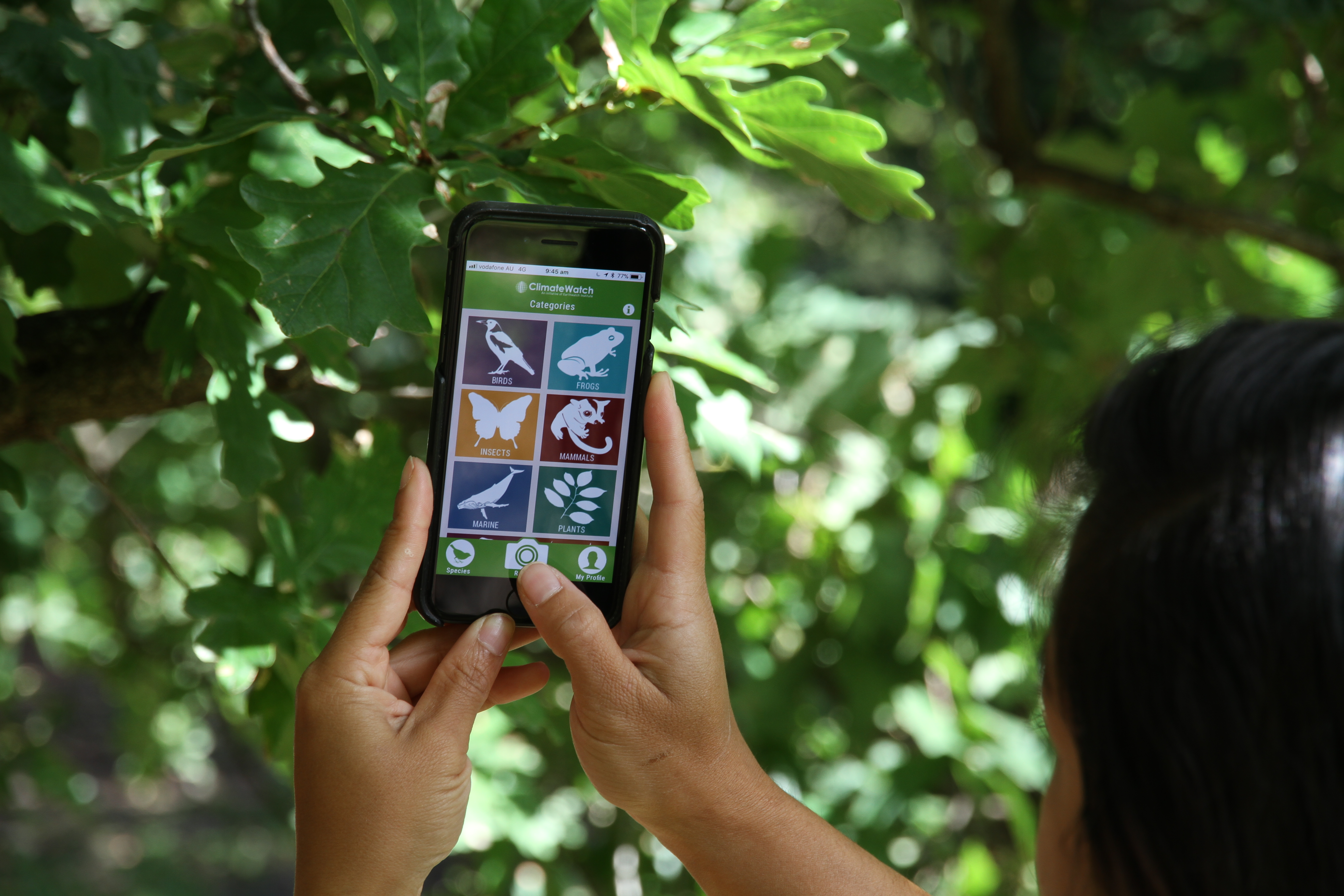
New technologies, such as smart phone apps and social media, can be amazing tools to involve your community in environmental management or scientific research. But with so much on offer, how do you choose which app to use?
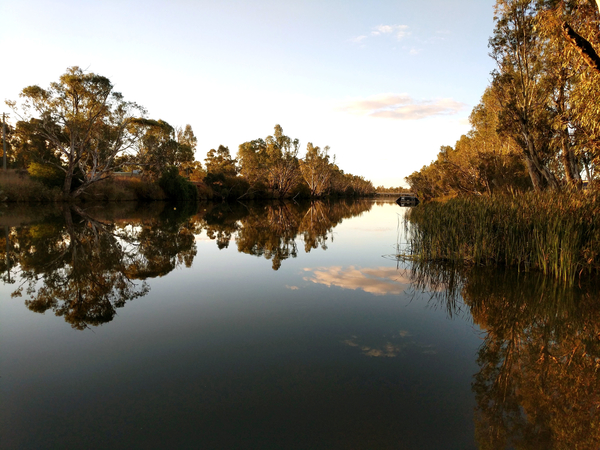
Holding the title of the second longest river in Victoria, the extensive Loddon River travels the great distance of 430 kilometres. Introducing the Loddon River in the second of the Meet our Waterways series, highlighting how water for the environment benefits your river.
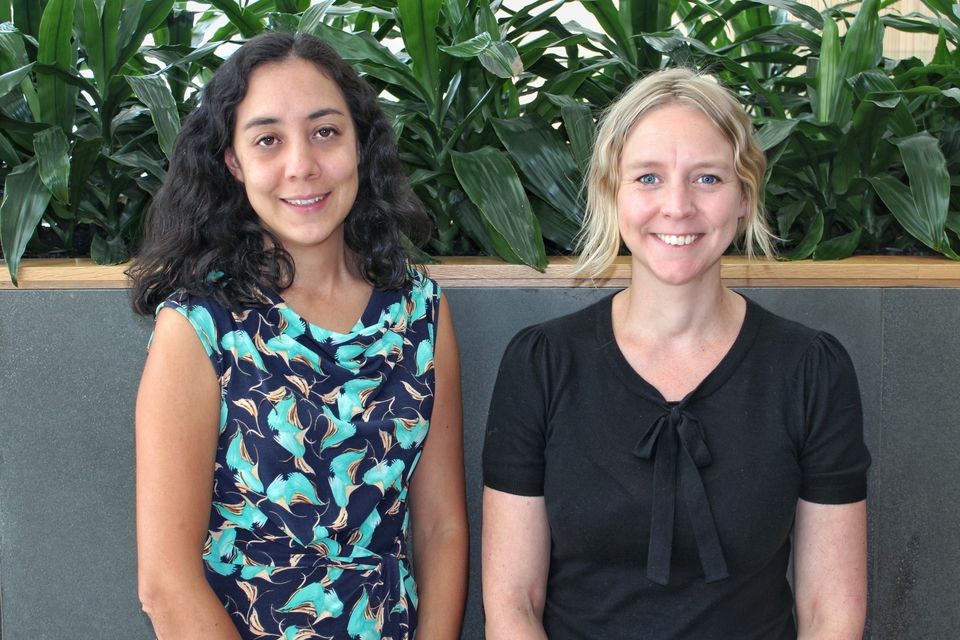
We are lucky at the VEWH to have two highly capable captains at the helm with a job-share arrangement between two Executive Officers.
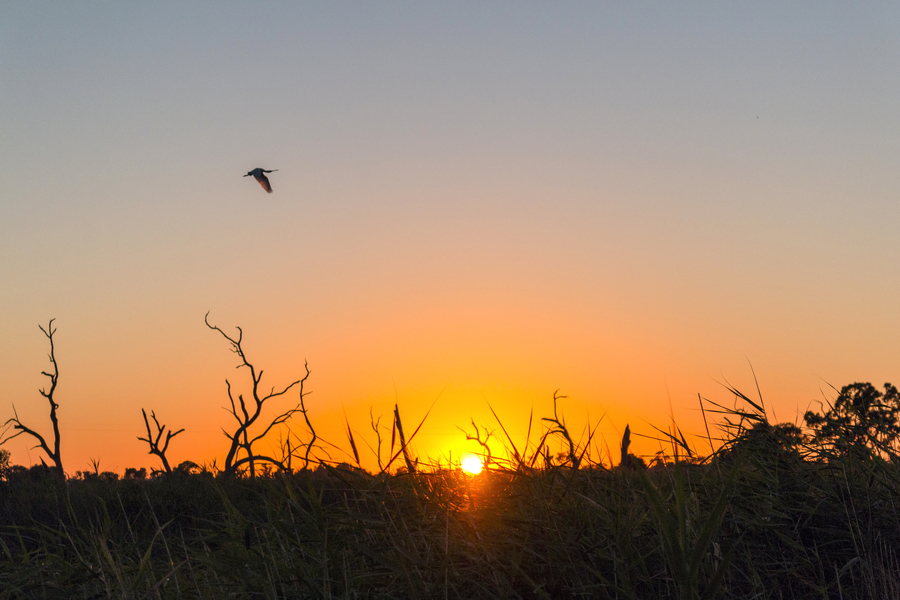
In recognition of World Wetlands Day, some of the staff from the VEWH took part in community events at Lake Cullen and Hird Swamp, where we enjoyed observing and learning about wetland birdlife.

The Applied Aquatic Ecology Hub recently hosted a two-day forum ‘Water for the Environment: Share, Connect & Improve’ (WFE : SCI) that aimed to understand and improve the effectiveness, efficiency and impact of knowledge exchange in environmental water planning and decision making.
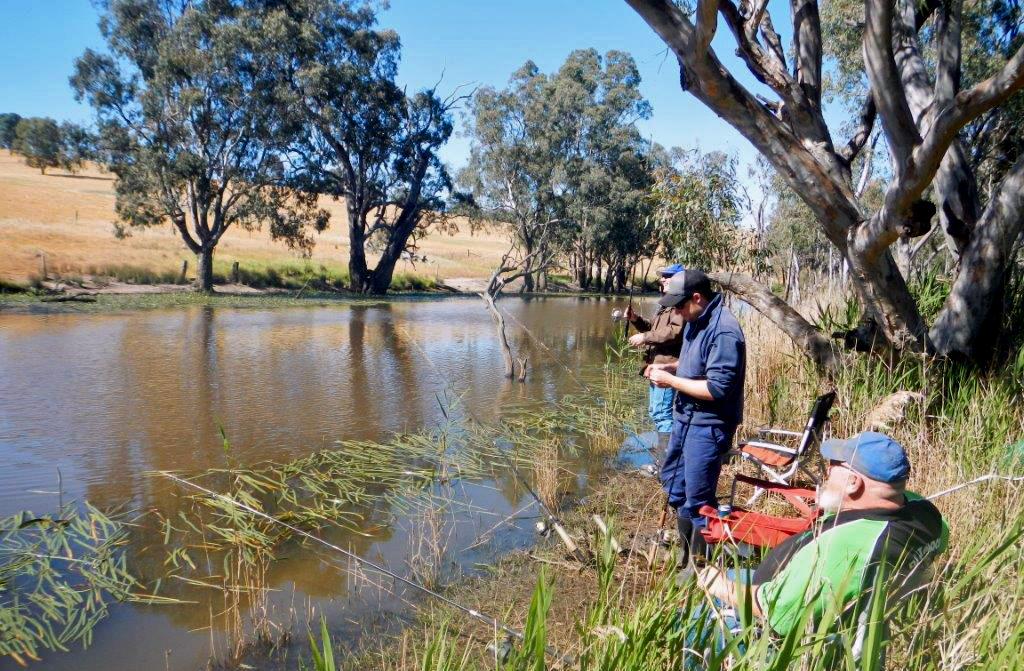
The first of the Meet our Waterways series introduces the mighty Glenelg River. Environmental watering has helped protect endangered animal species and supported significant cultural values for Traditional Owners along the Glenelg.
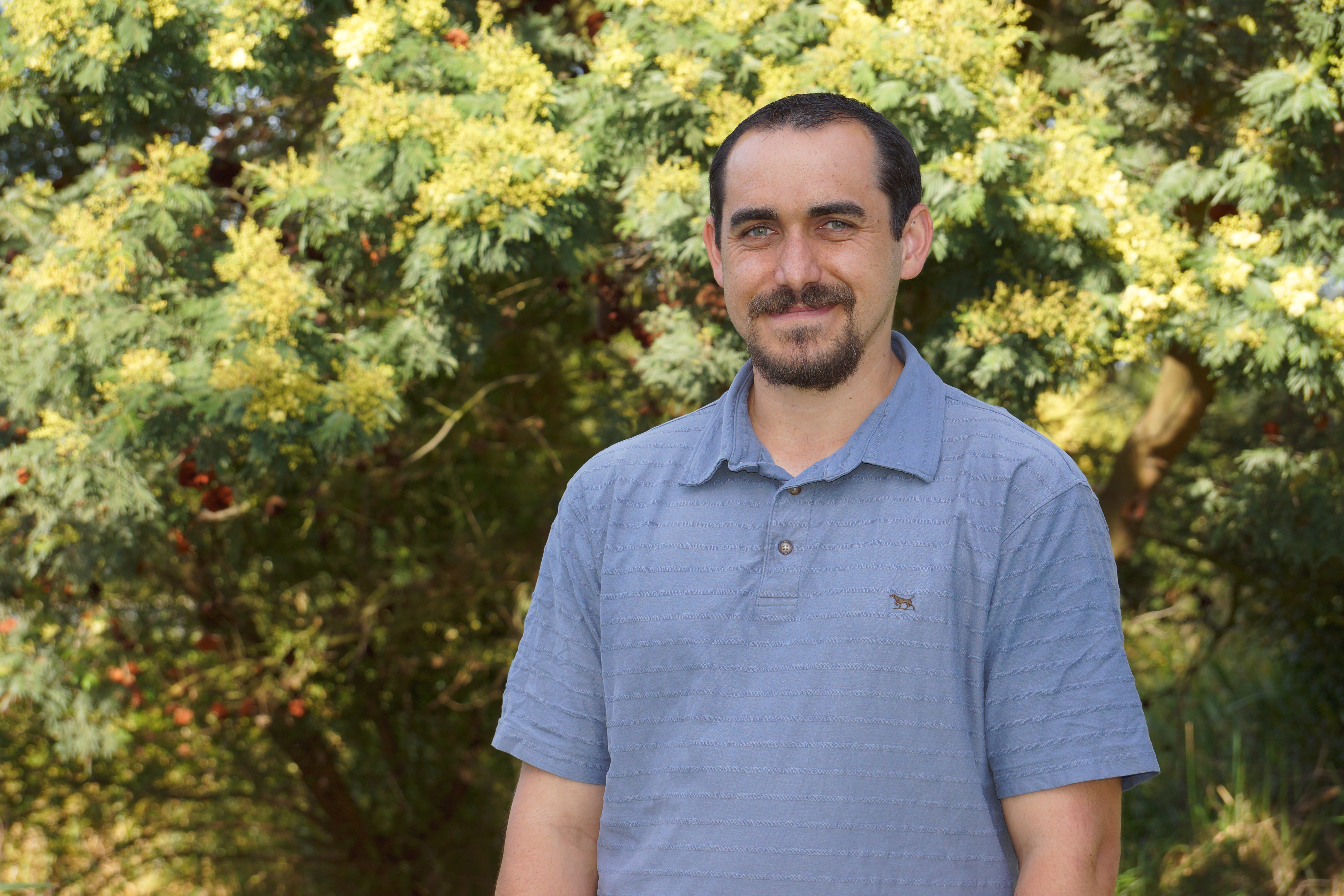
Rueben Berg is a Gunditjmara man passionate about the cultural connection to water that has existed for Aboriginal people for thousands of years.
The Victorian Environmental Water Holder welcomed Rueben as a Commissioner in September and he is already bringing a strong Aboriginal voice to the work of the water for the environment program.
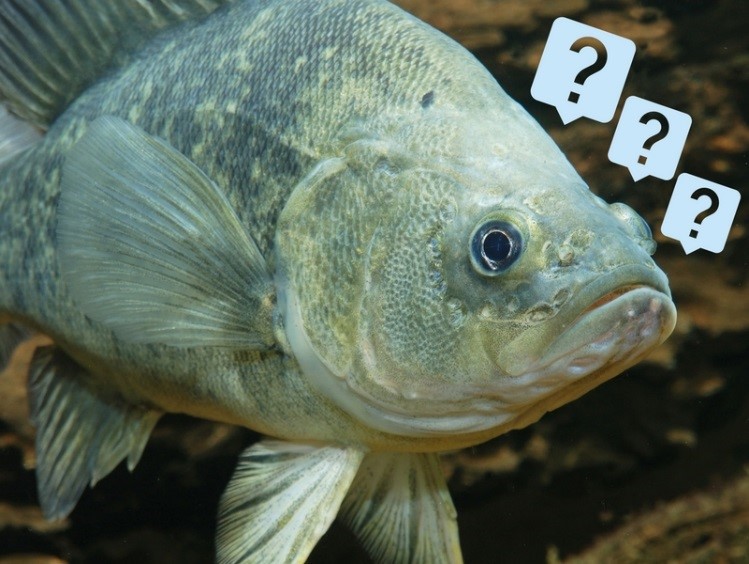
Victoria’s first ever state-wide market research into community knowledge and attitudes relating to environmental water management revealed some interesting findings.
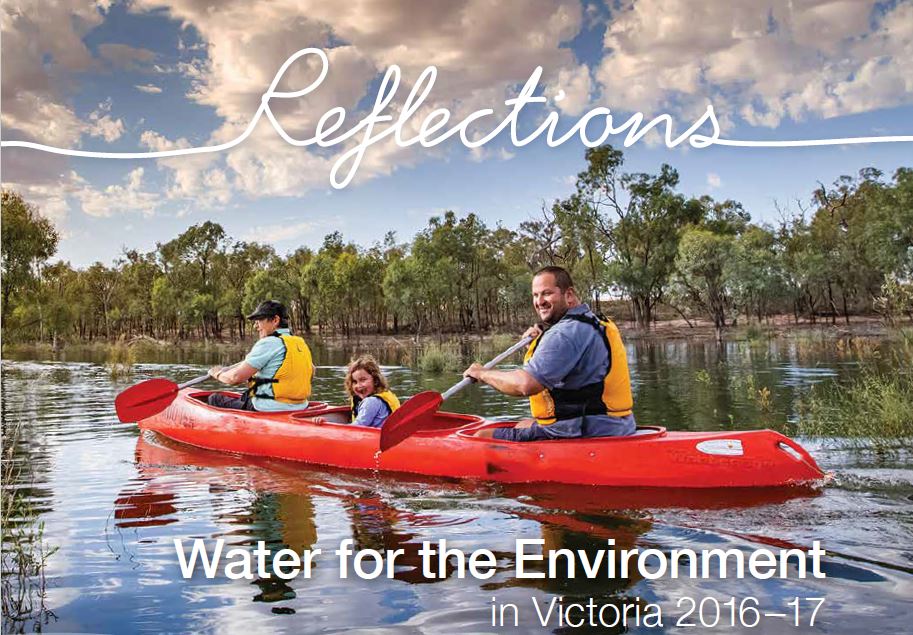
A new publication Reflections: Water for the environment in Victoria demonstrates how vital Victoria's state-wide environmental watering program is for the state's rivers and wetlands, especially as the state continues to face weather extremes.
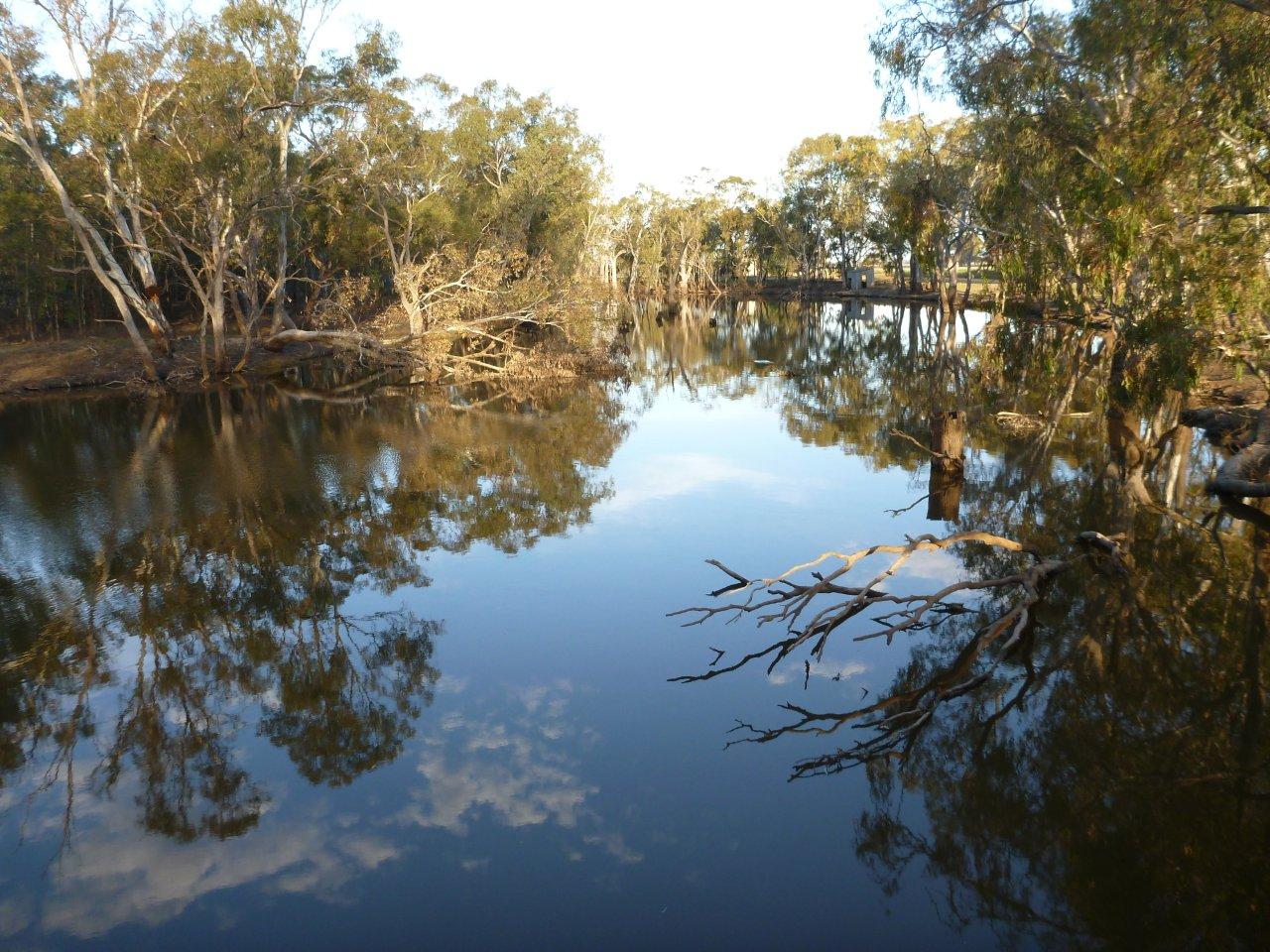
It’s raining, it’s pouring and nature is filling rivers and wetlands during a plentiful wet season. So should we still put water into the environment when nature is delivering it on tap?
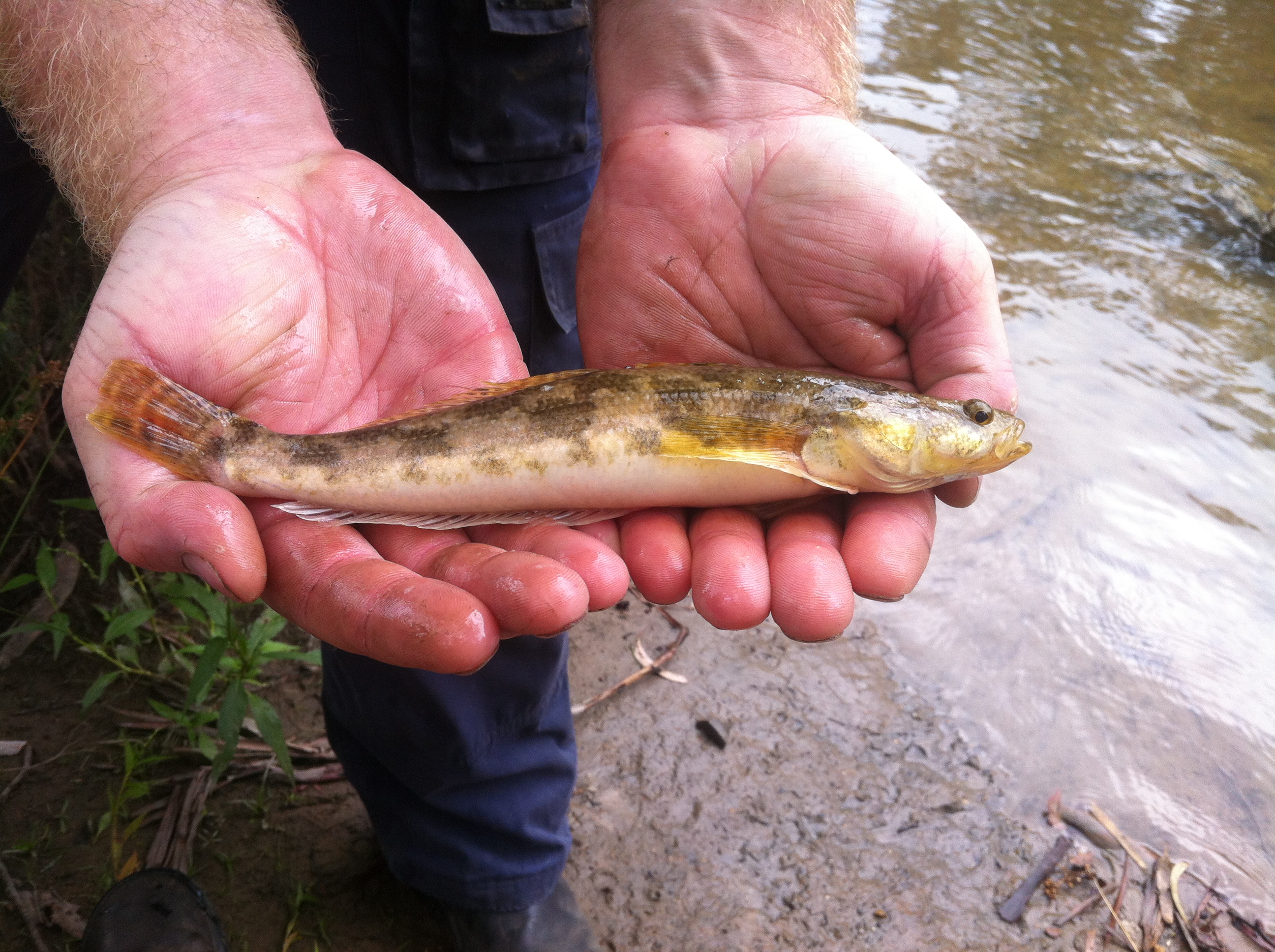
The catch of tupong in the Thomson River using electrofishing in 2017 was the highest observed in 13 years.
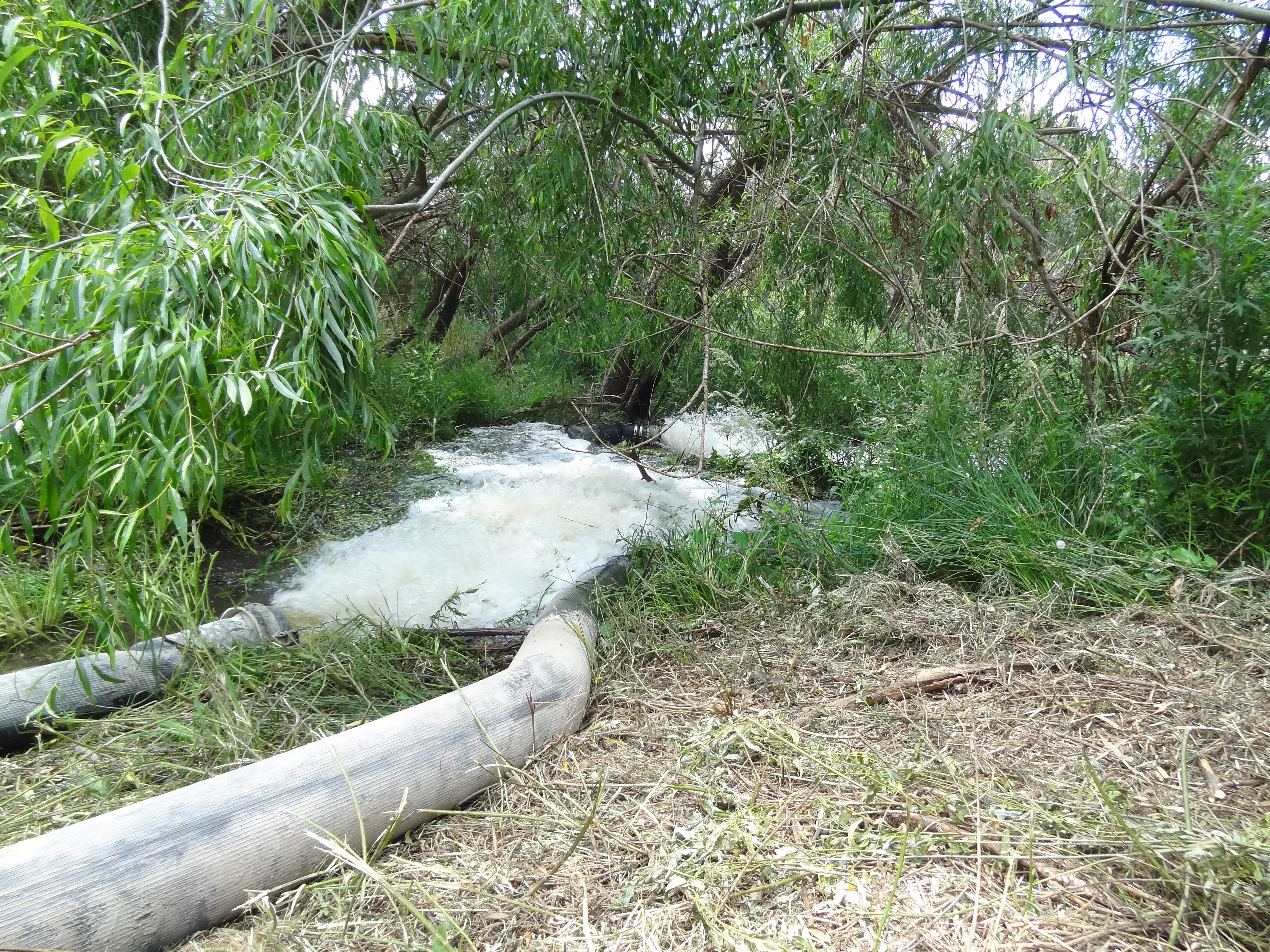
Melbourne's rivers, estuaries and wetlands are the foundation of a vibrant natural environment and a key contributor to the city's productivity and liveability.
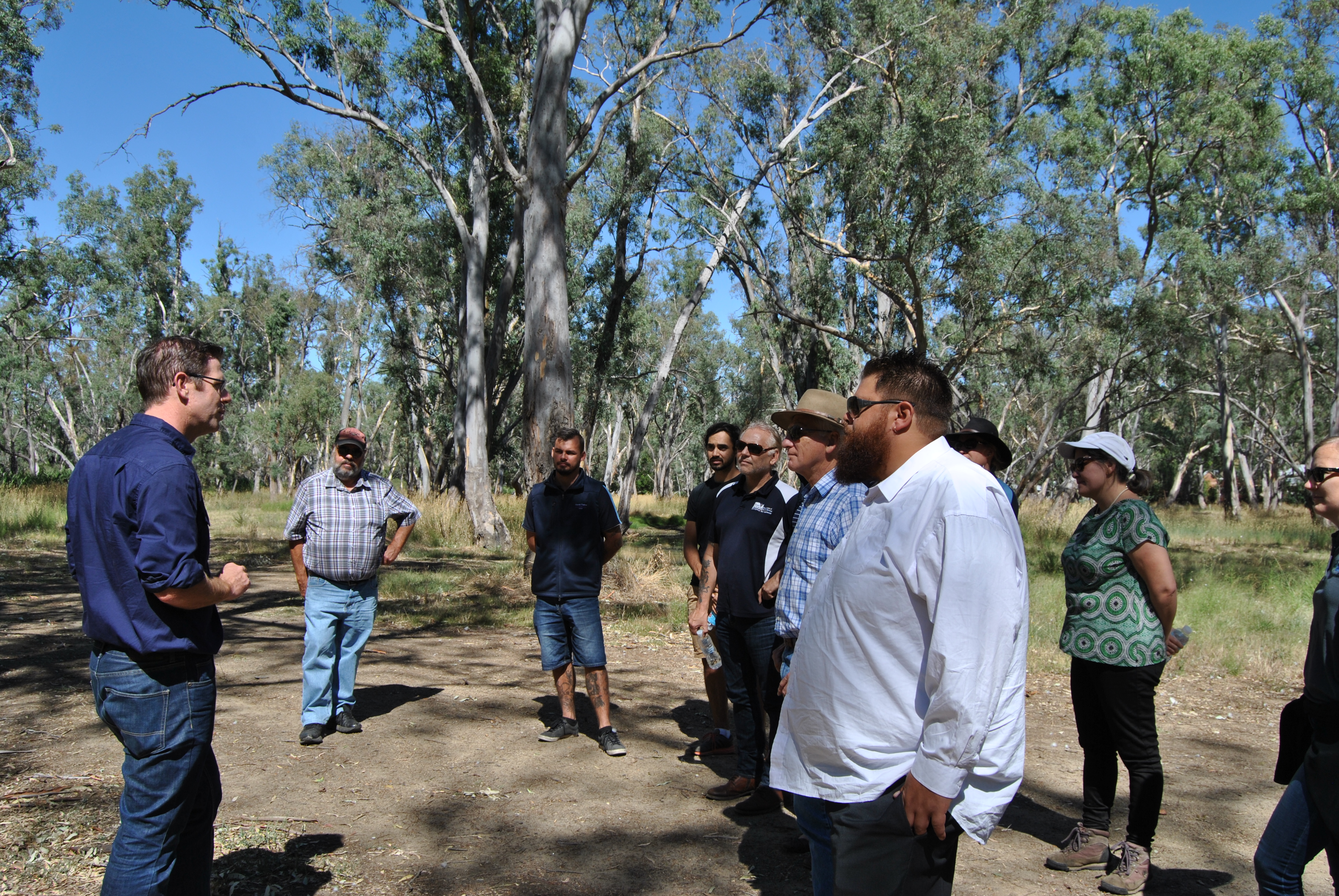
Victoria's river systems flow through landscapes which are culturally significant to Traditional Owner groups, whose ancestors have lived along these rivers for tens of thousands of years.
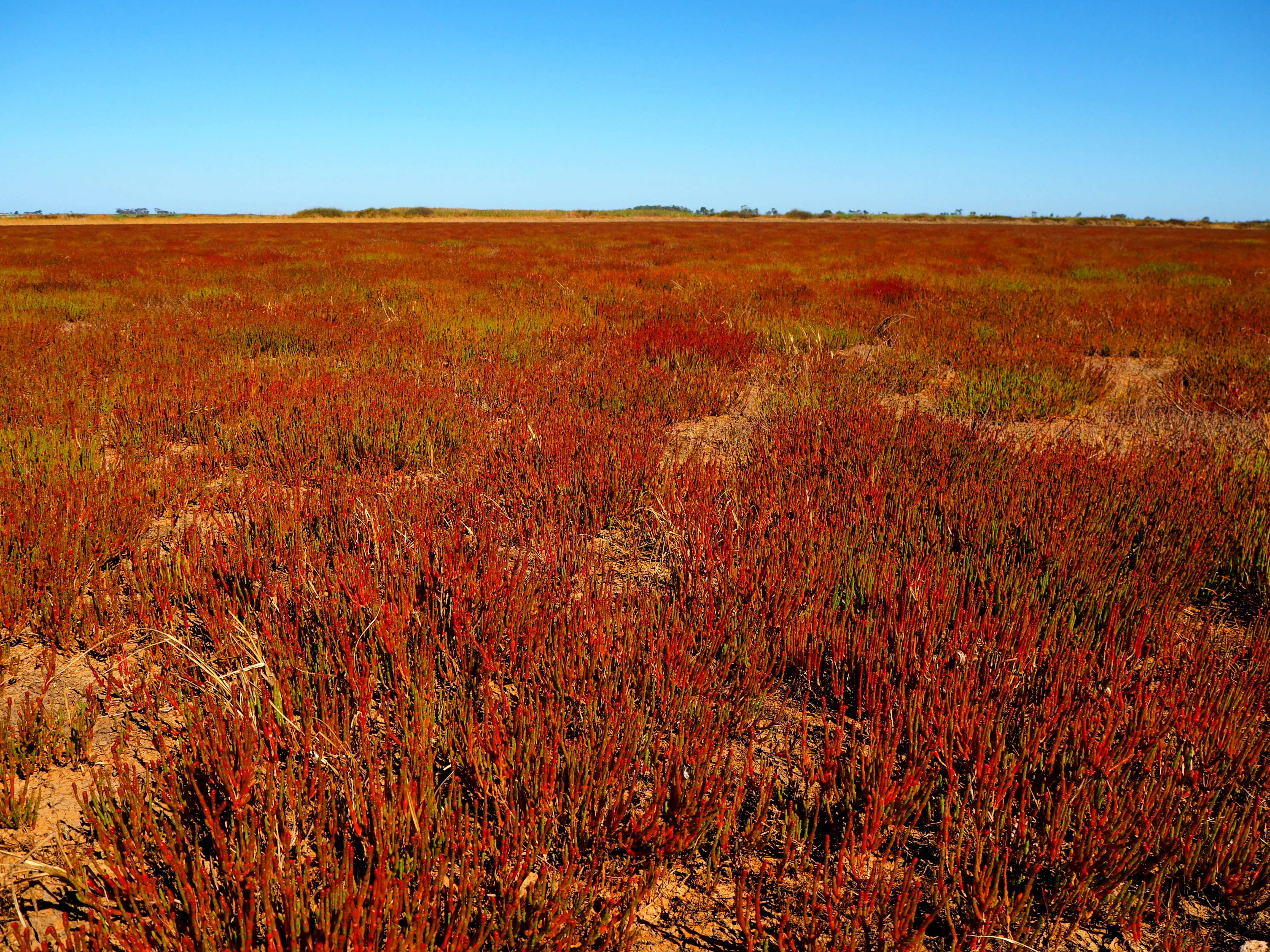
Environmental water management isn't always about 'adding water'. One of the success stories of 2016-17 involved lowering the water levels of an internationally important wetland.
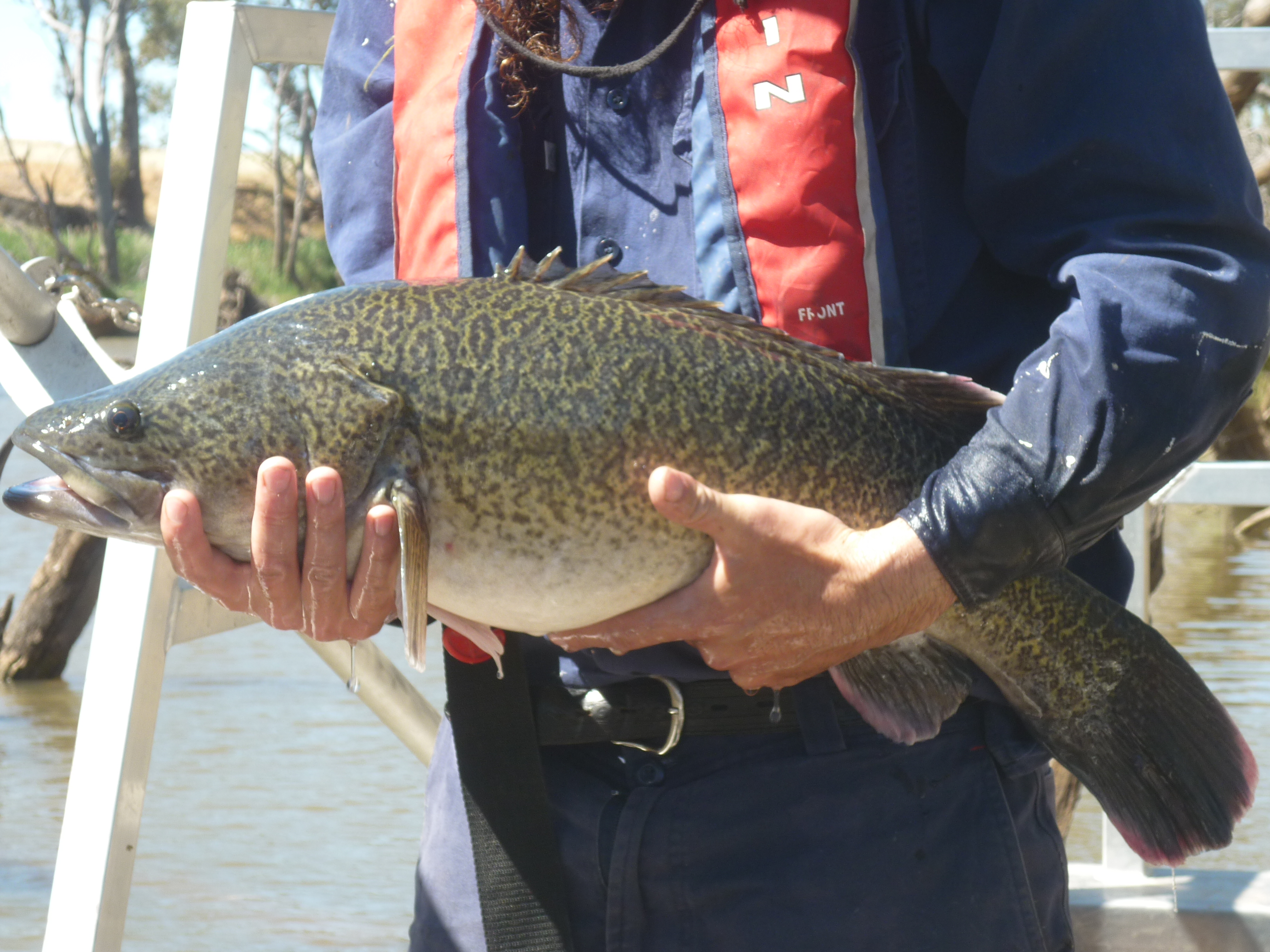
Communities in the Central Murray region stand to benefit from work being undertaken to improve fish populations in the Loddon River system.
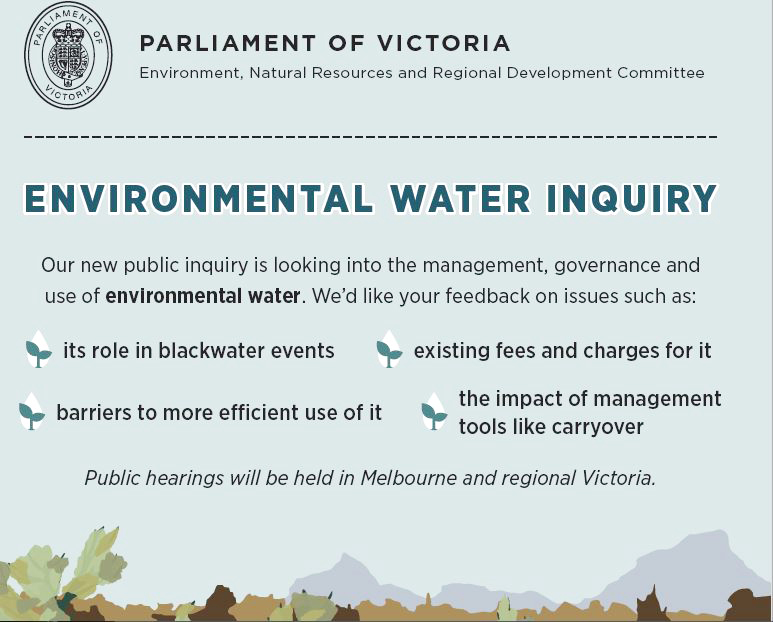
The Environment, Natural Resources and Environment Committee is holding an inquiry into the management, governance and use of environmental water. This is your chance to have a further say about the use of 'water for the environment' in Victoria.
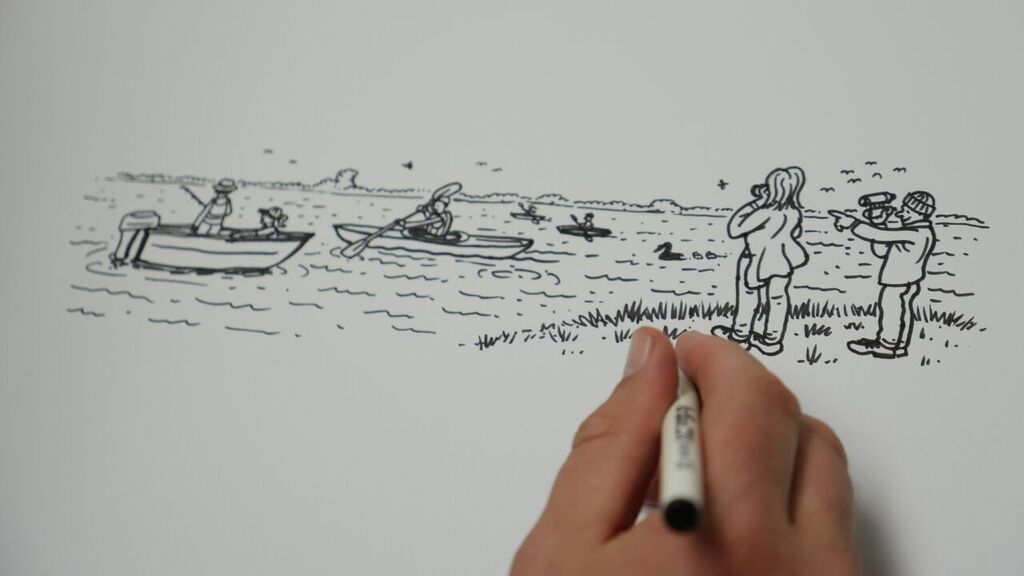
There's lots of different 'types' of water released into rivers. This is what sets water for the environment apart.
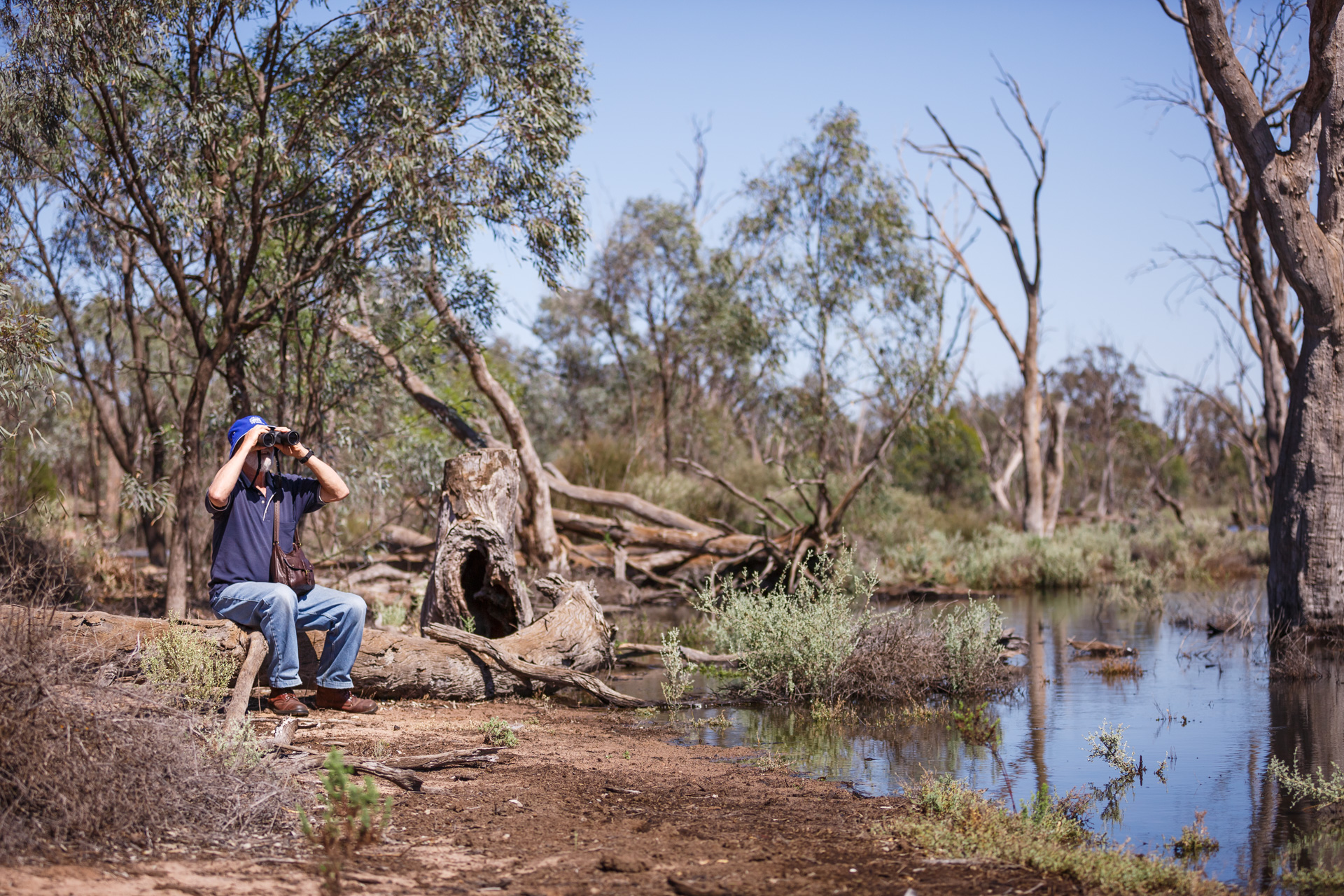
There has been an increase in black box seed release and fruiting in Hattah-Kulkyne National Park.
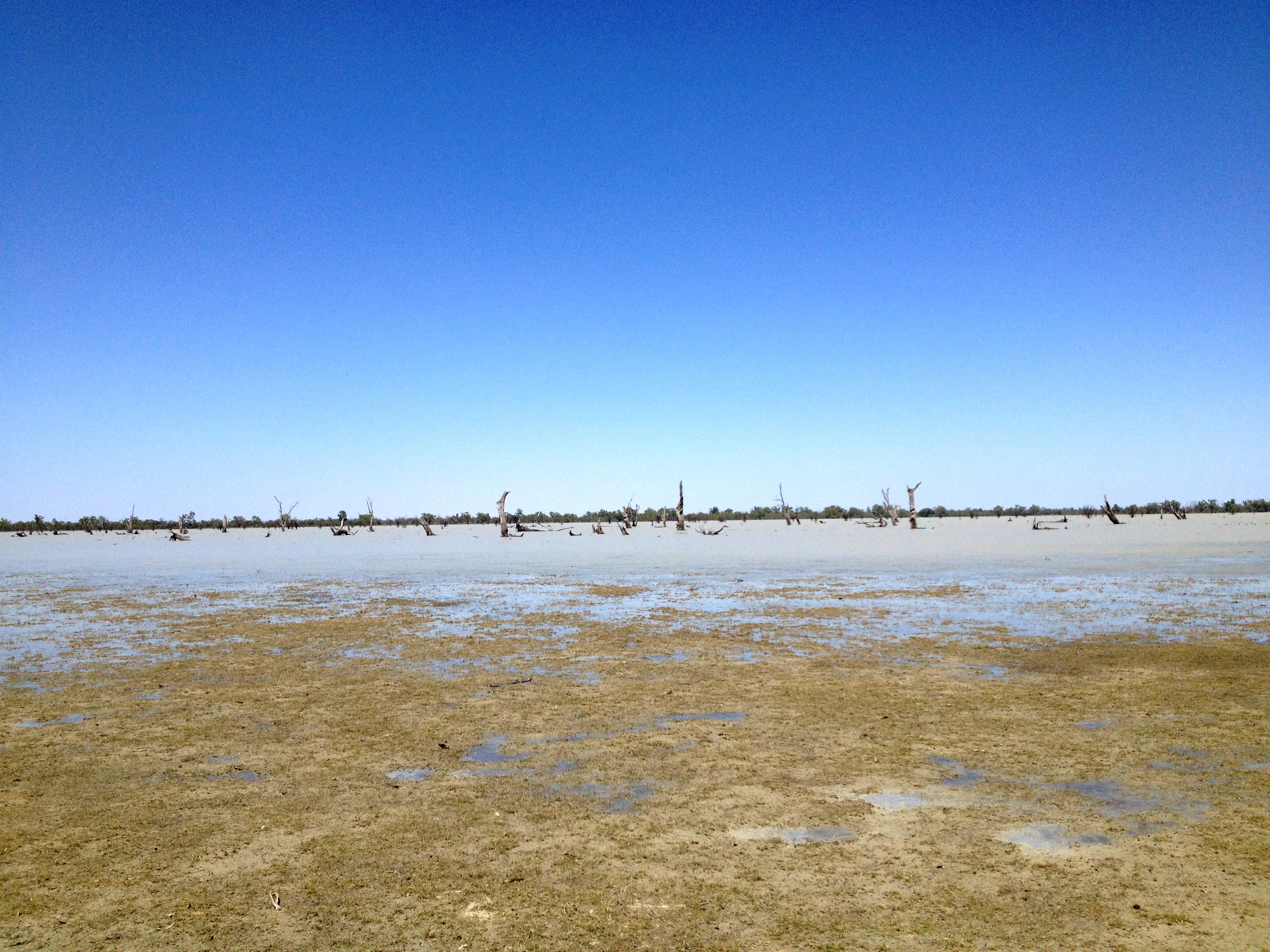
Fish in the Mullaroo Creek and upper Lindsay River are moving and breeding thanks to environmental watering and new infrastructure.
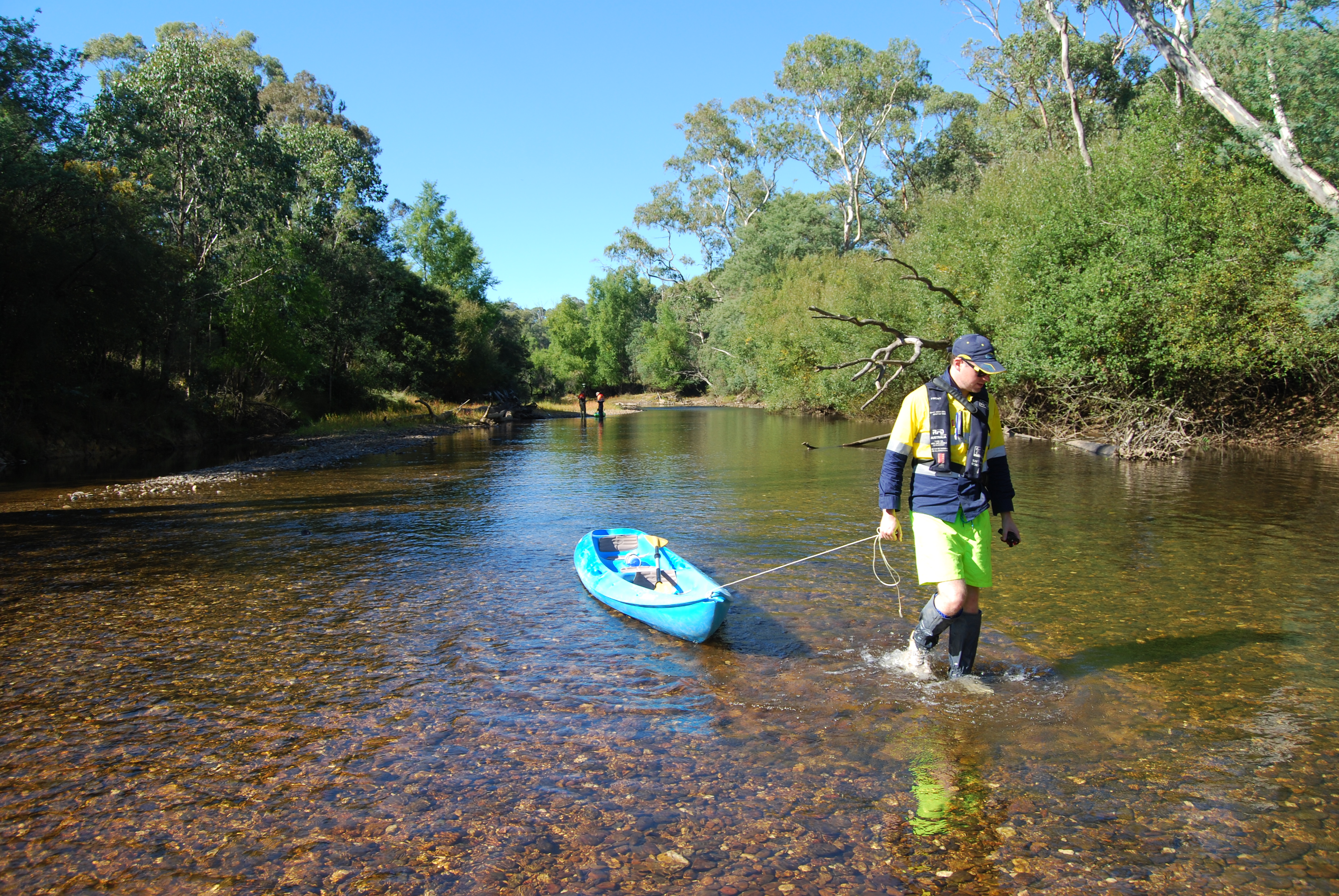
Environmental watering in the King and Buffalo rivers in 2016 aimed to benefit native fish.
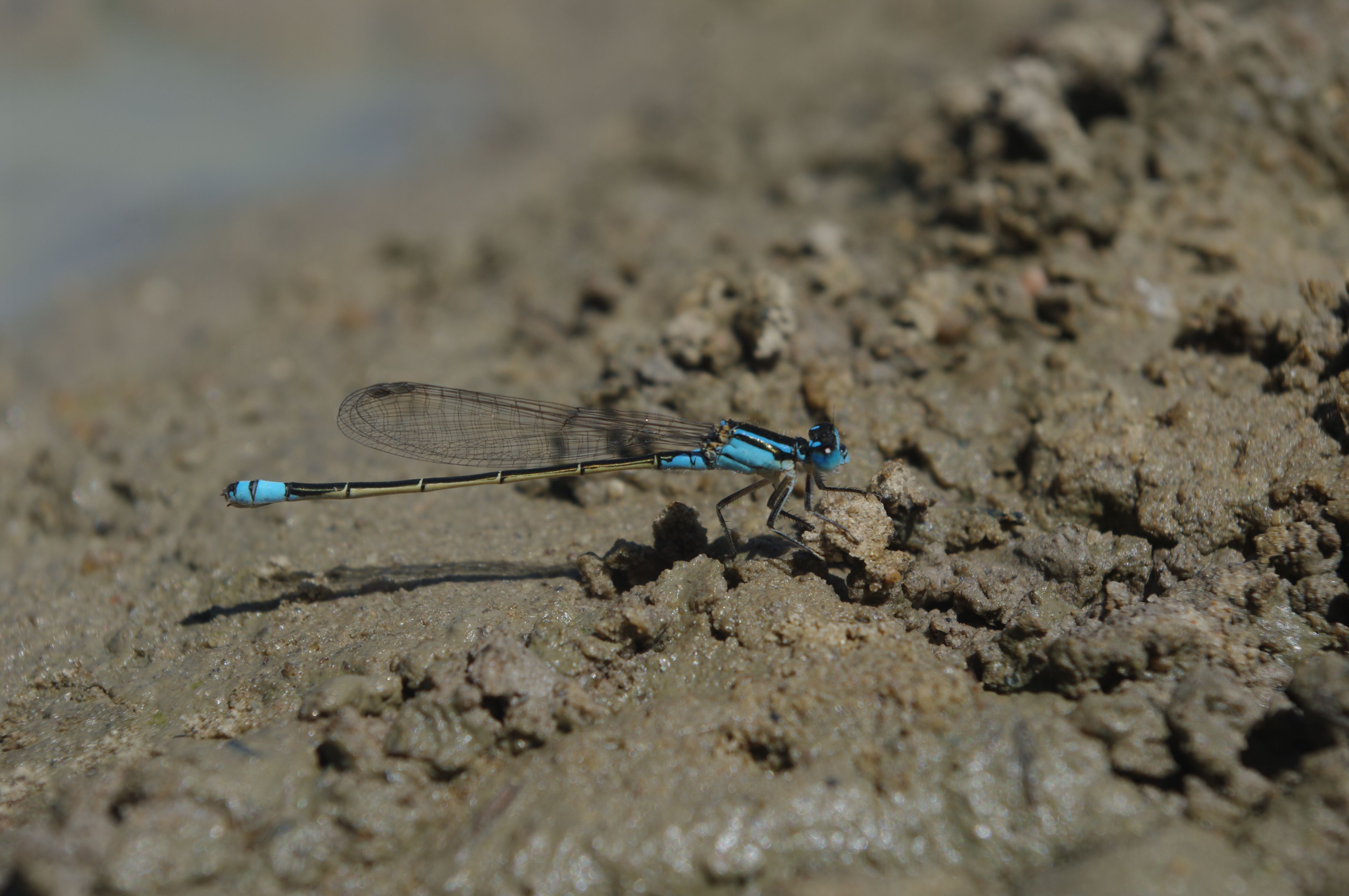
Environmental watering in 2015-16 benefitted Barmah Forest's moira grass plains - the most extensive in Victoria.
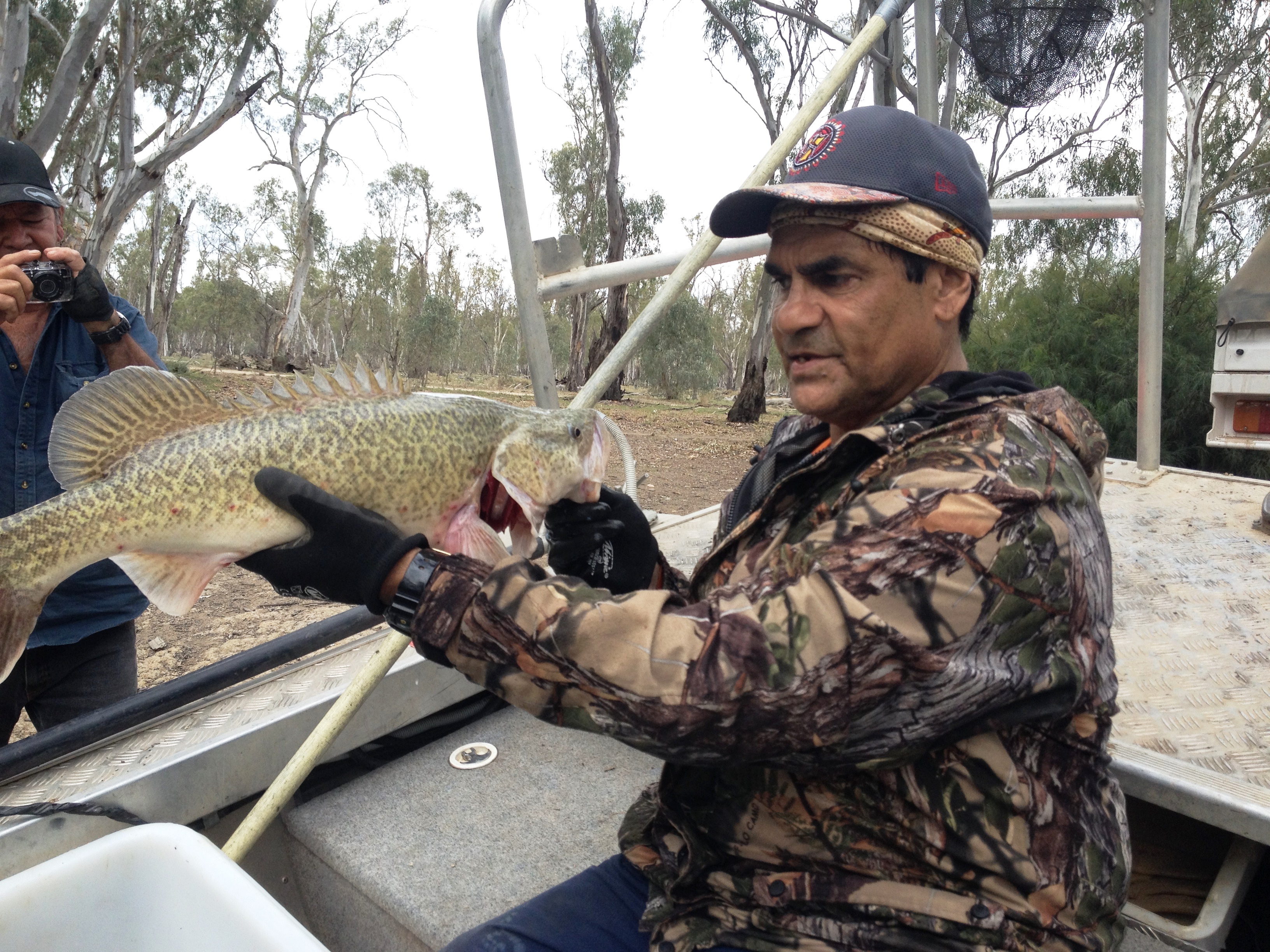
Watering included 95 % of the forest's wetlands and benefited 14 percent of the forest's river red gum trees.
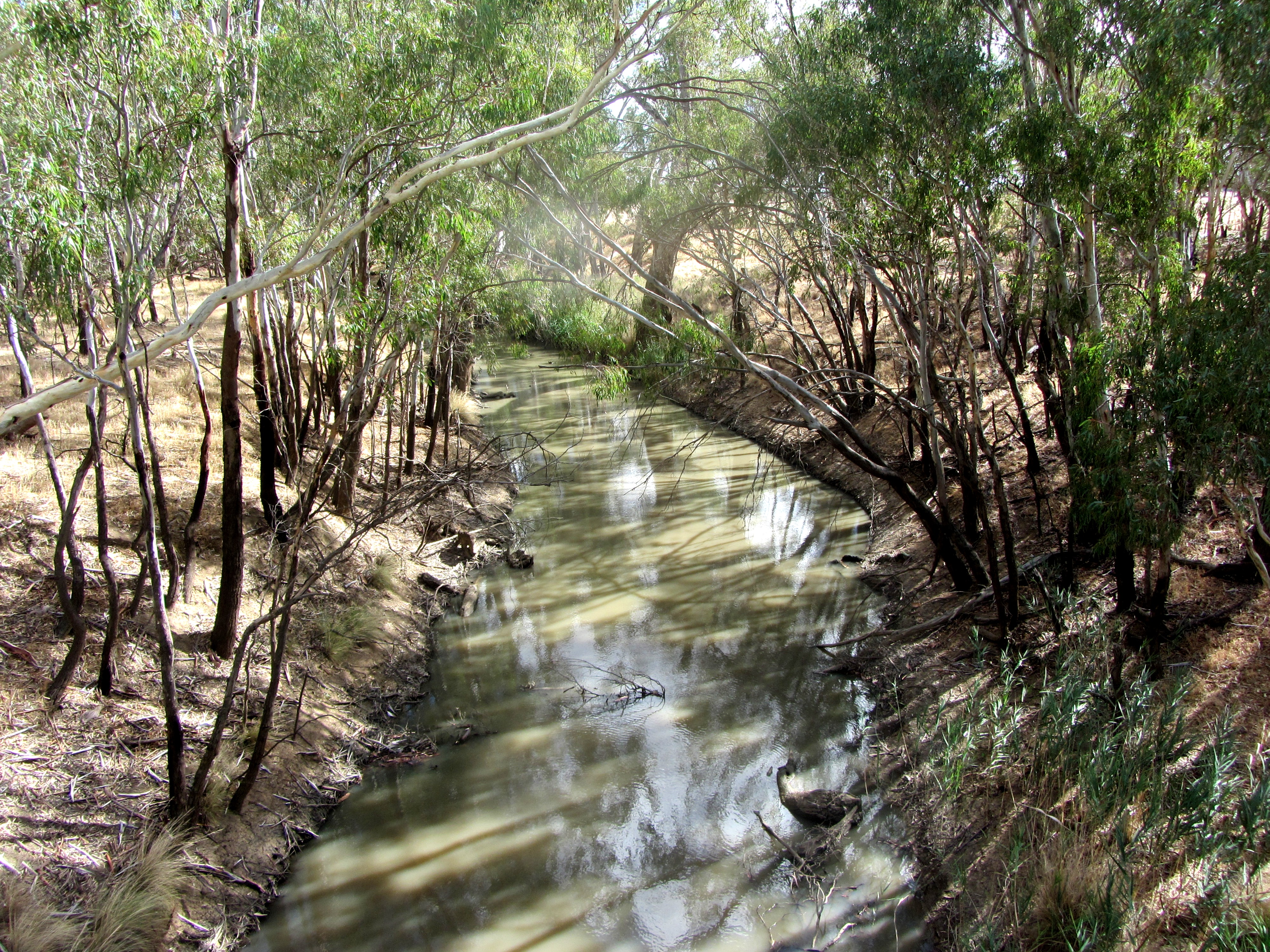
The Loddon is on the road to recovery following the prolonged drought and floods of 2011.
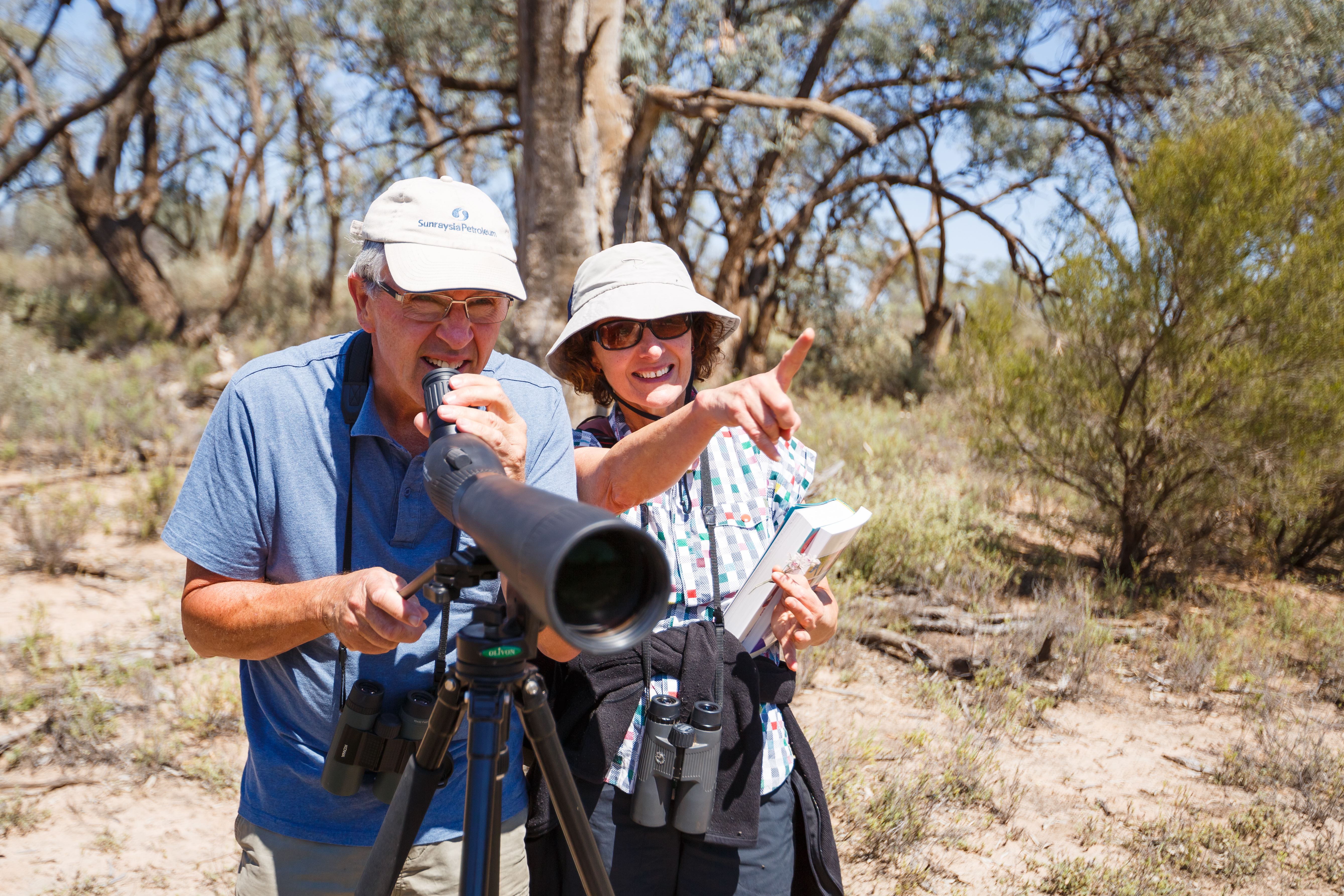
Improved habitat for pythons, bats, monitors, sugar gliders, fish and waterbirds at lower Murray wetlands.
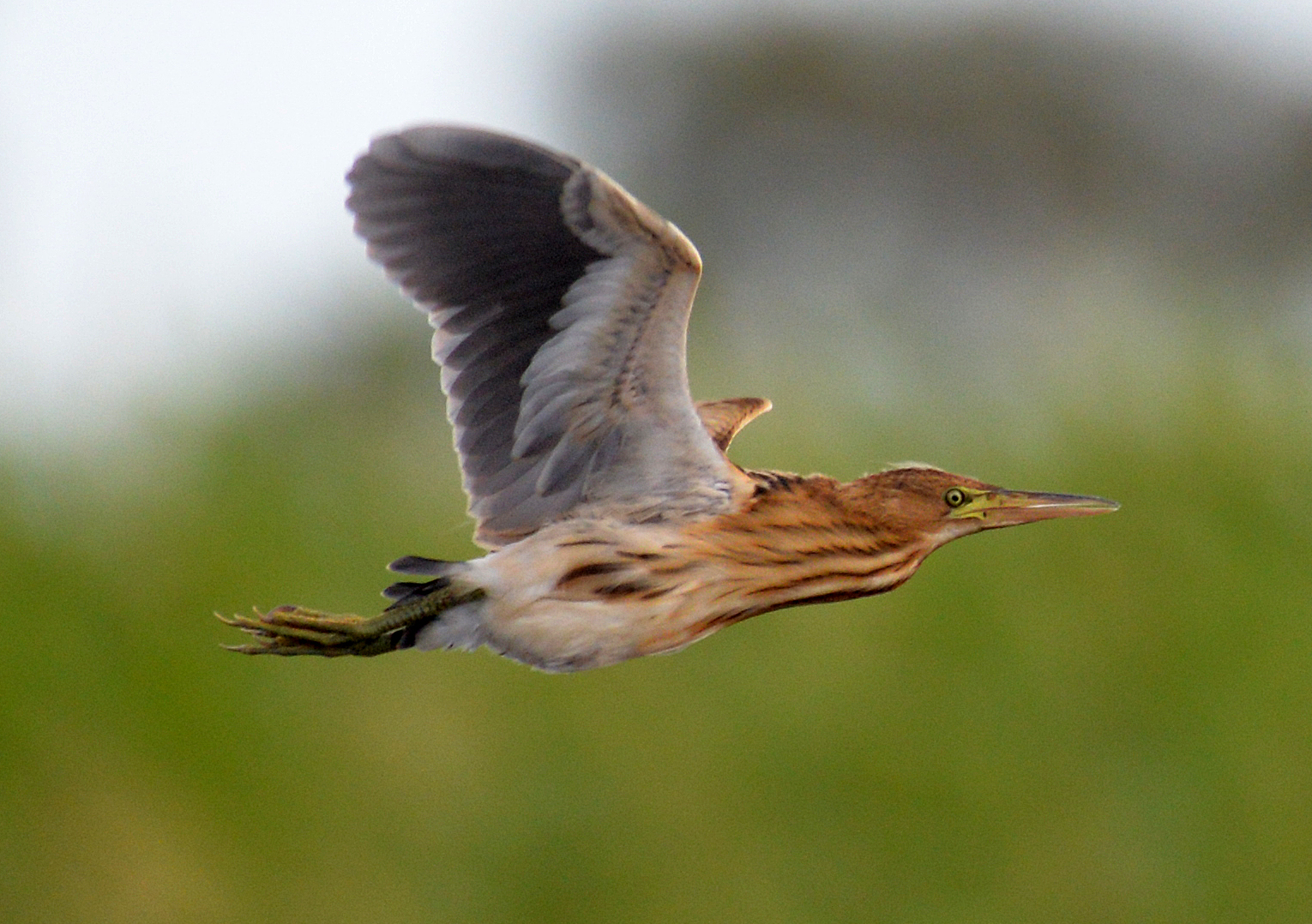
Waterbirds flocked to wetlands in the central Murray wetland complex following environmental watering in 2015–16.
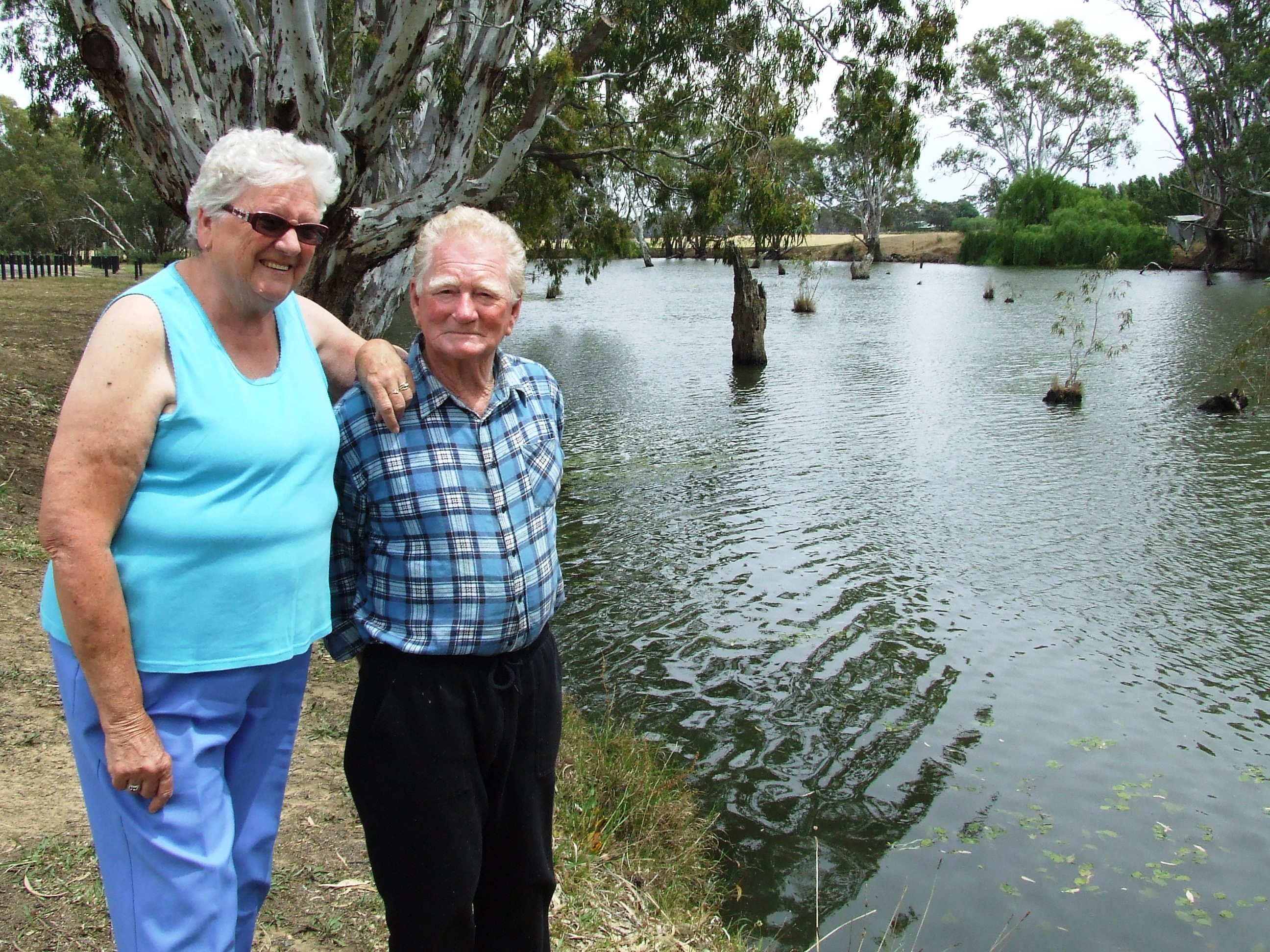
The Campaspe River is gradually climbing back to health following the Millennium drought and the floods of 2011.
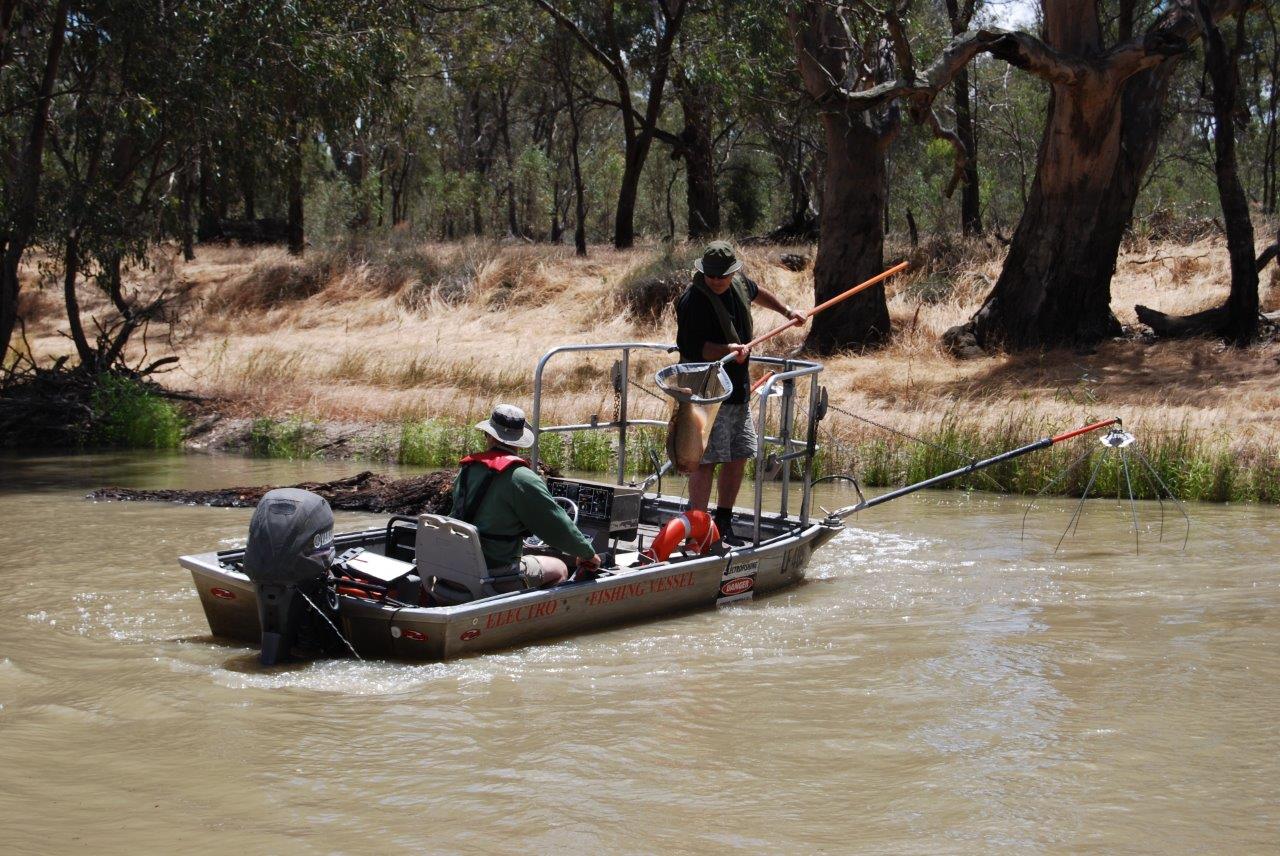
Lower Broken Creek fish proved remarkably resilient to low oxygen and azolla and blue-green algal outbreaks in 2015–16.
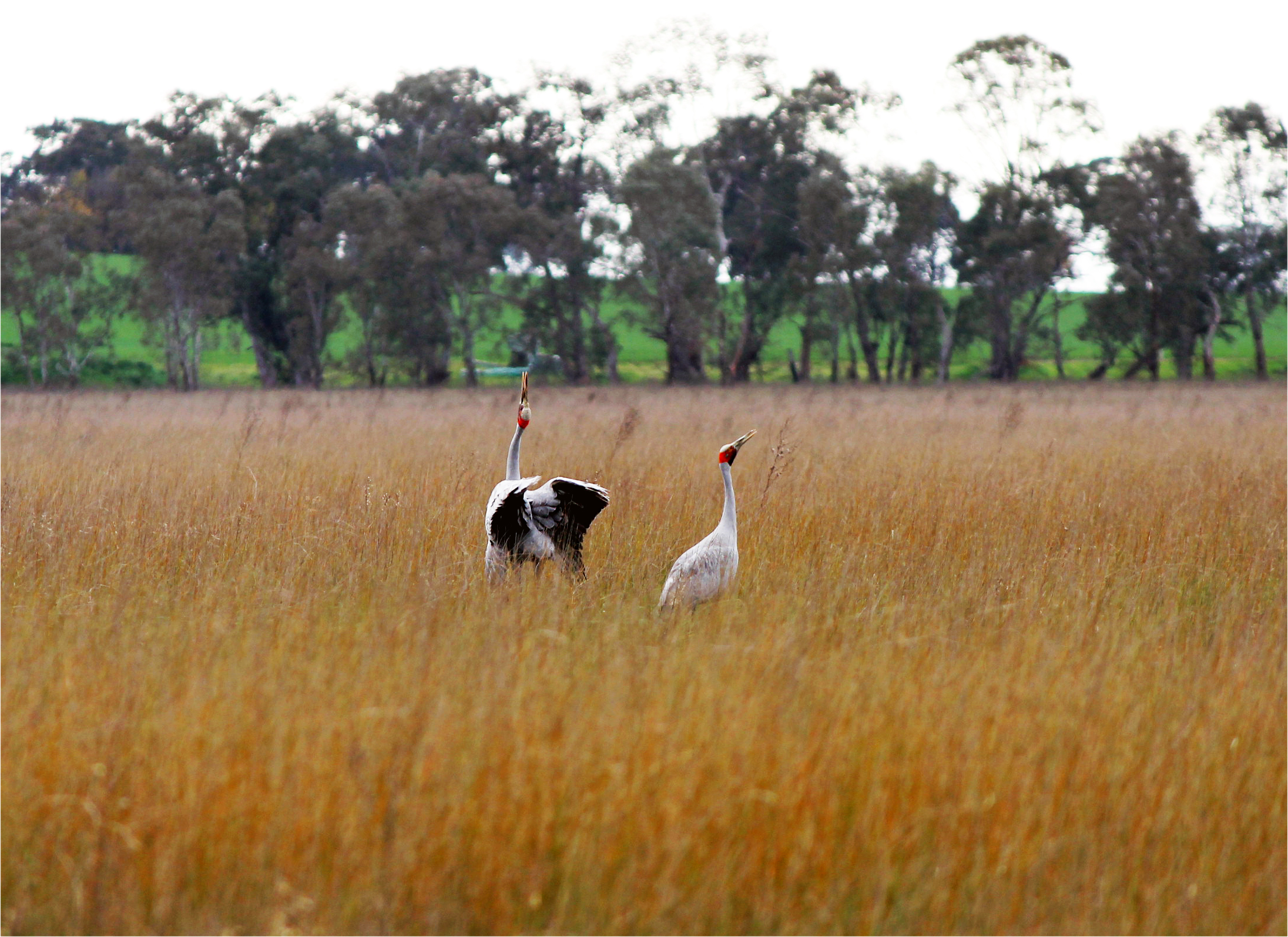
Kinnairds Wetland and Black Swamp near Numurkah attracted birds not seen in the area for years.
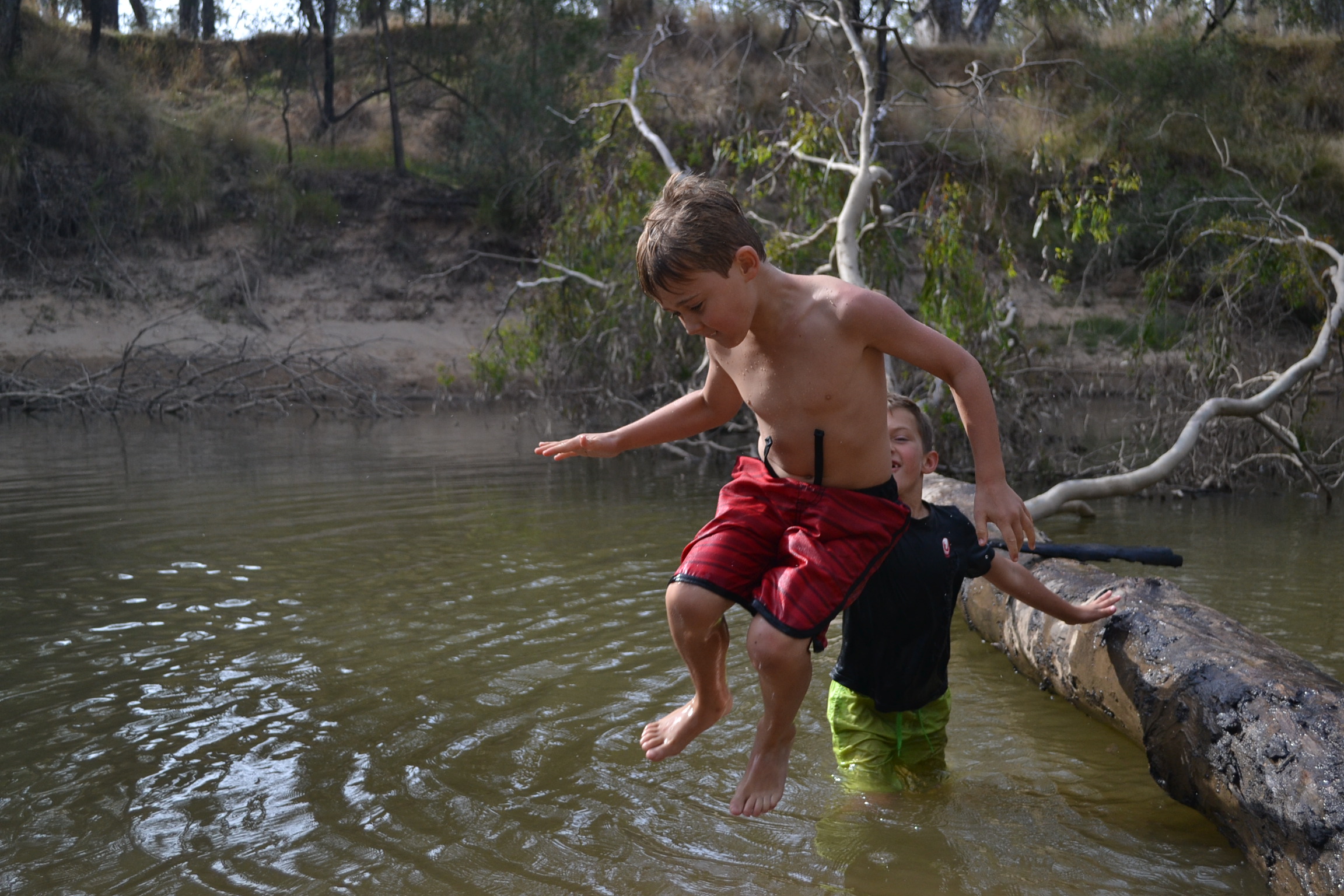
Flexibility was important during 2015–16, with the timing of environmental watering adjusted in response to weather and river conditions.
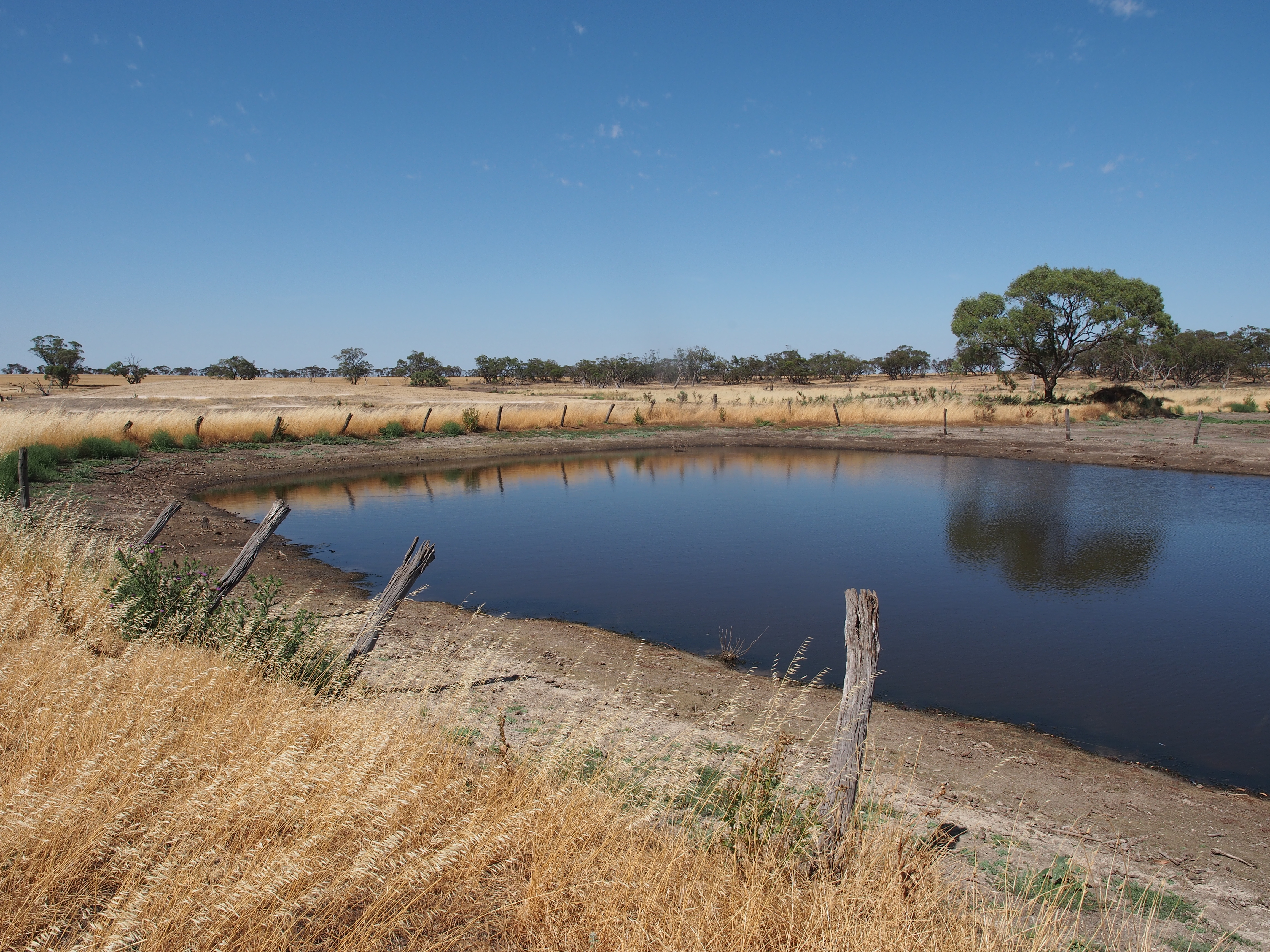
Delivered to 40 of the 51 Wimmera-Mallee wetlands in 2015–16.
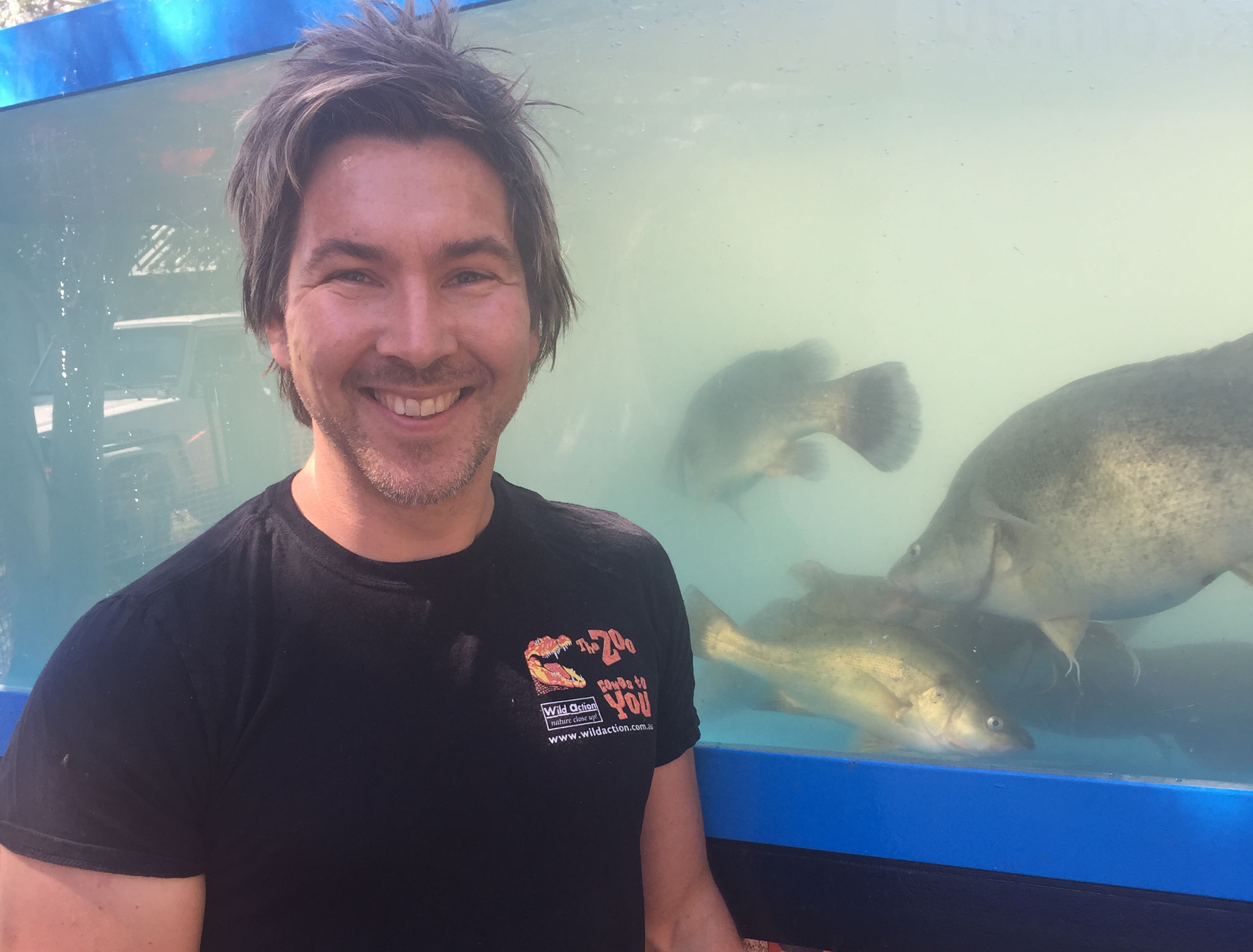
Watering provided for fish, plant, waterbug and other species during dry times by filling refuge pools.

Fish have withstood one of the worst droughts on record thanks to environmental watering in 2015–16.
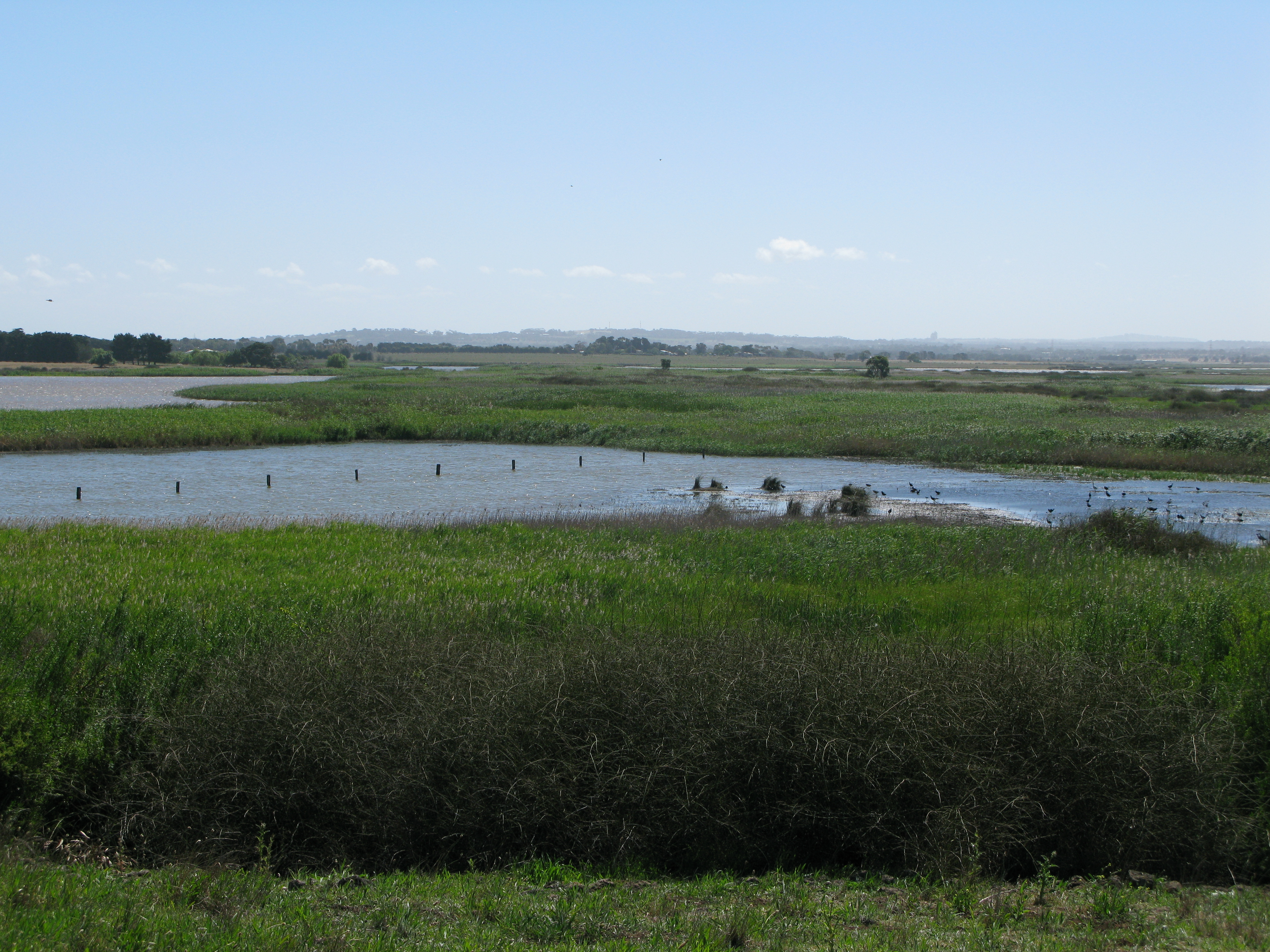
A drying regime at Hospital Swamps in 2015–16, improved the health of plants and attracted brolga.
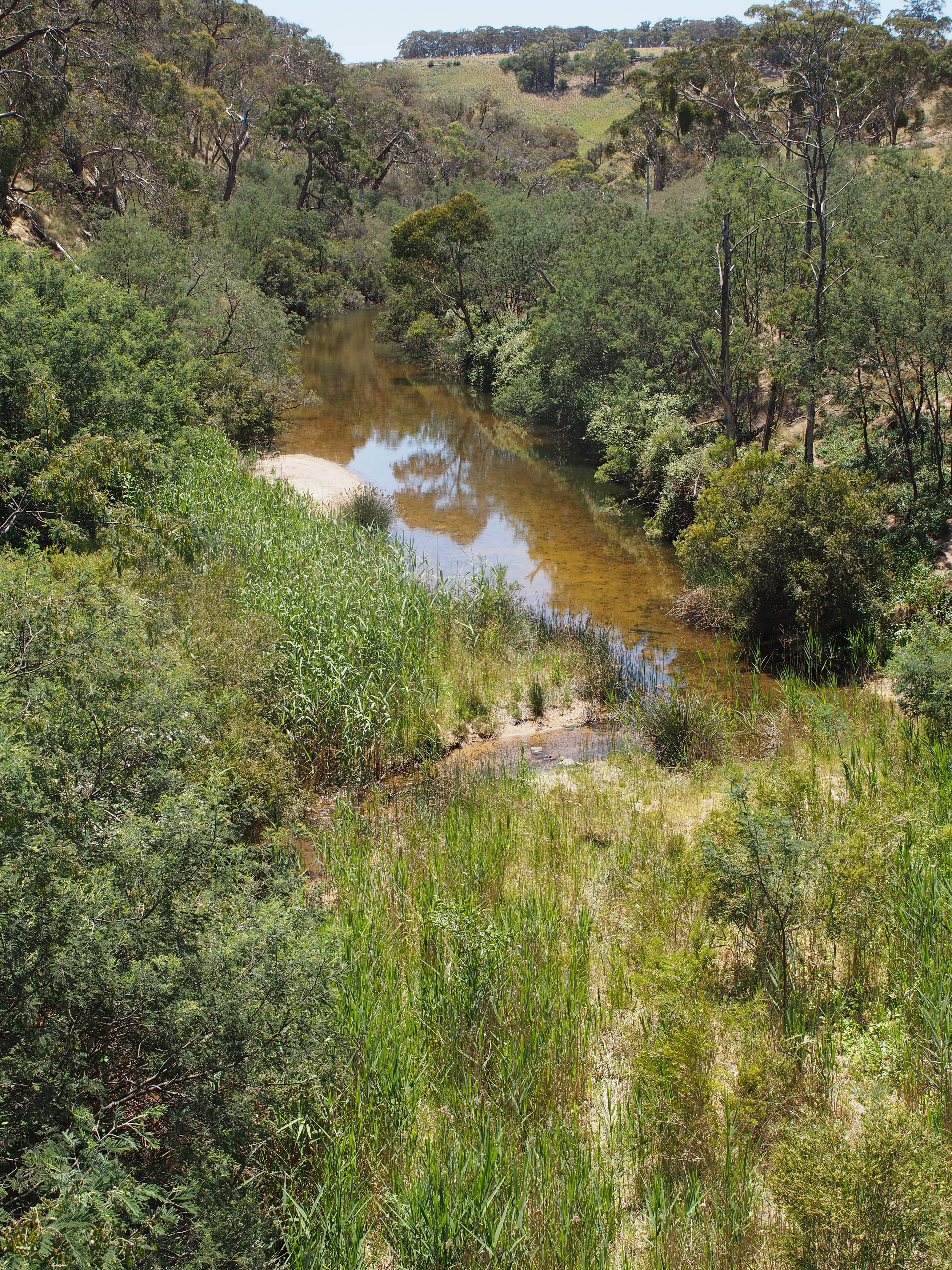
Providing drought refuges for fish, waterbugs, frogs and waterbirds in Moorabool River.
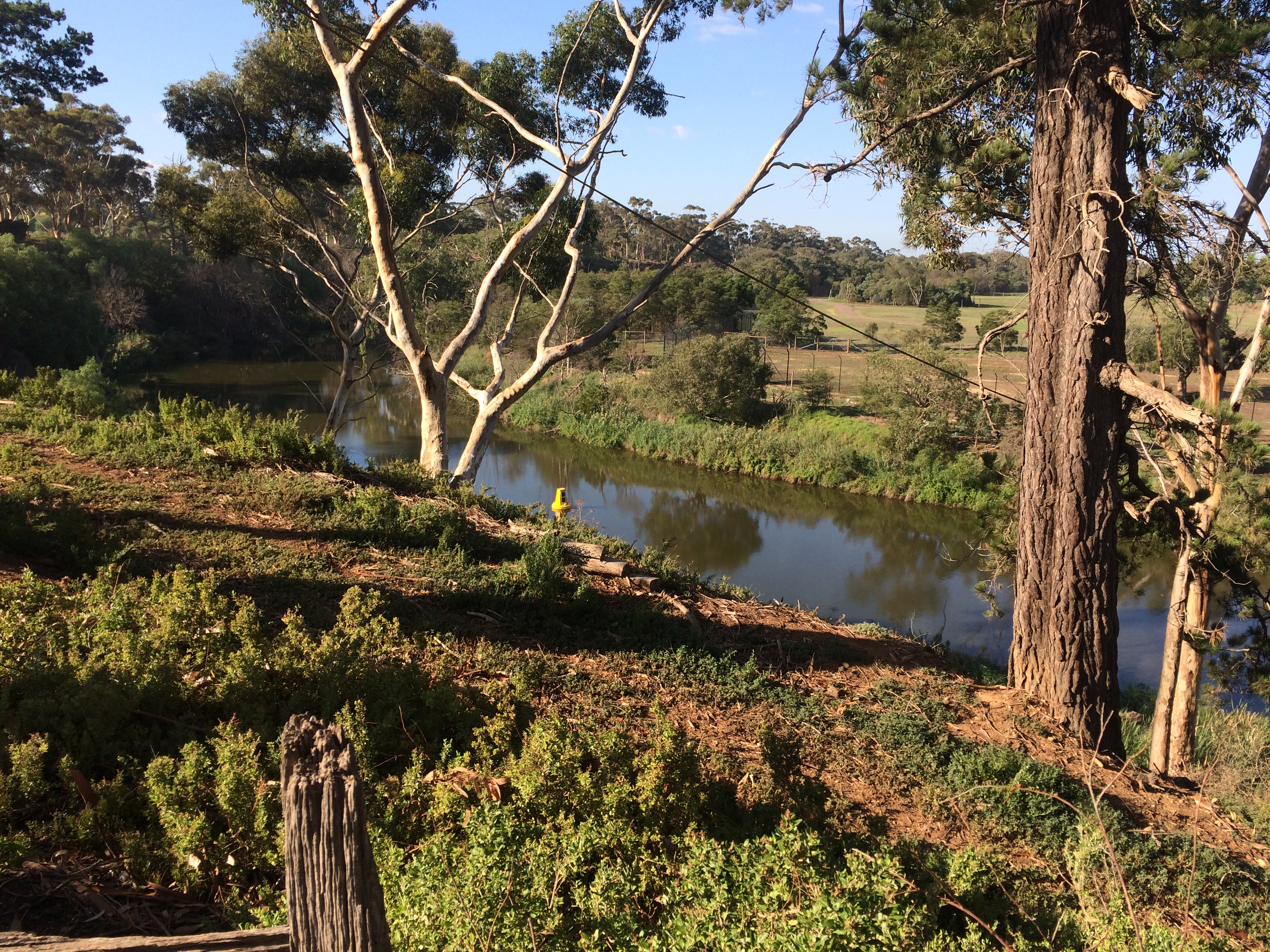
Drought relief for fish, frogs and waterbugs in the Werribee River after a hot, dry start to summer.
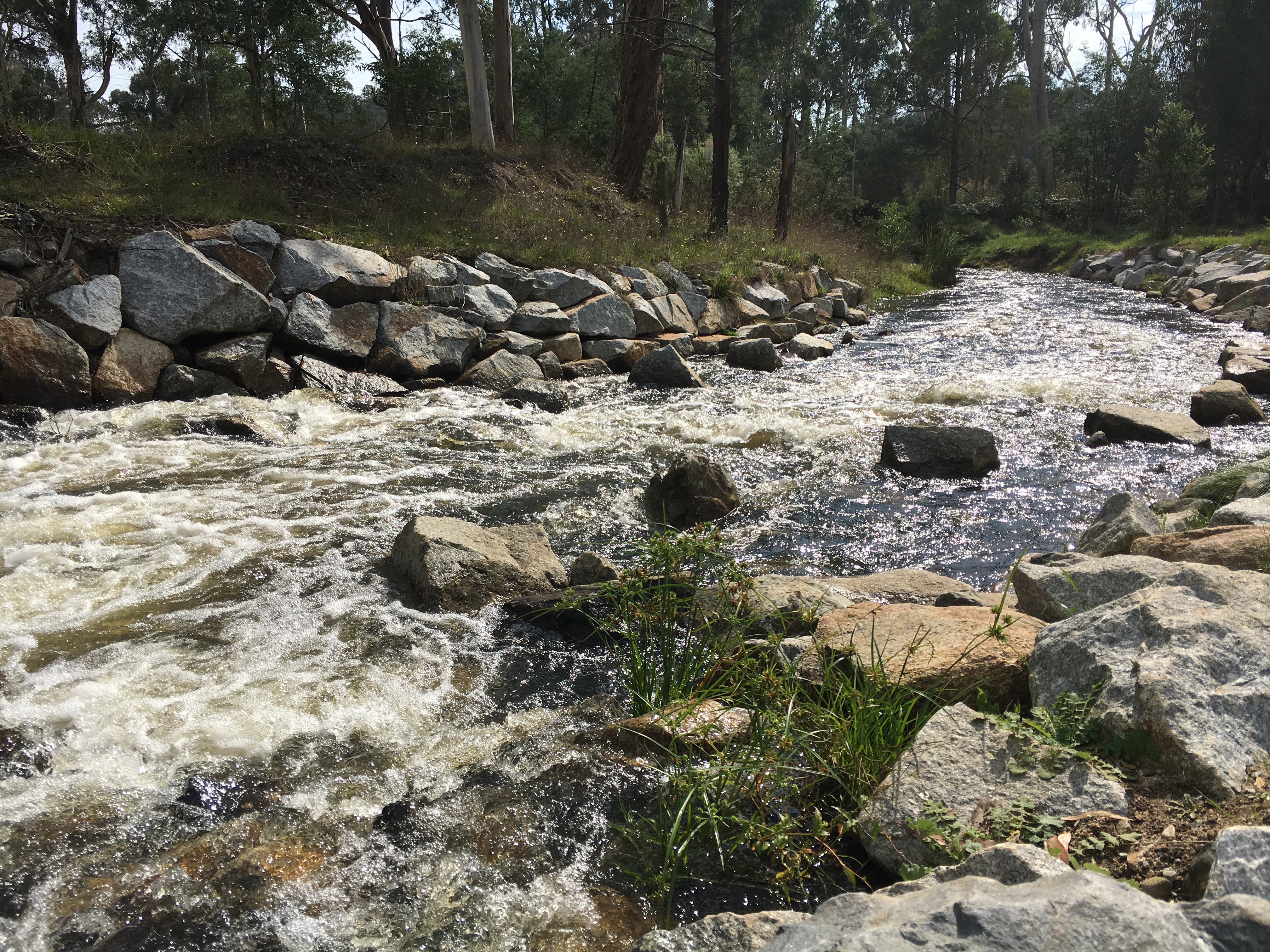
Australian grayling showed a great response to environmental watering in 2015–16.
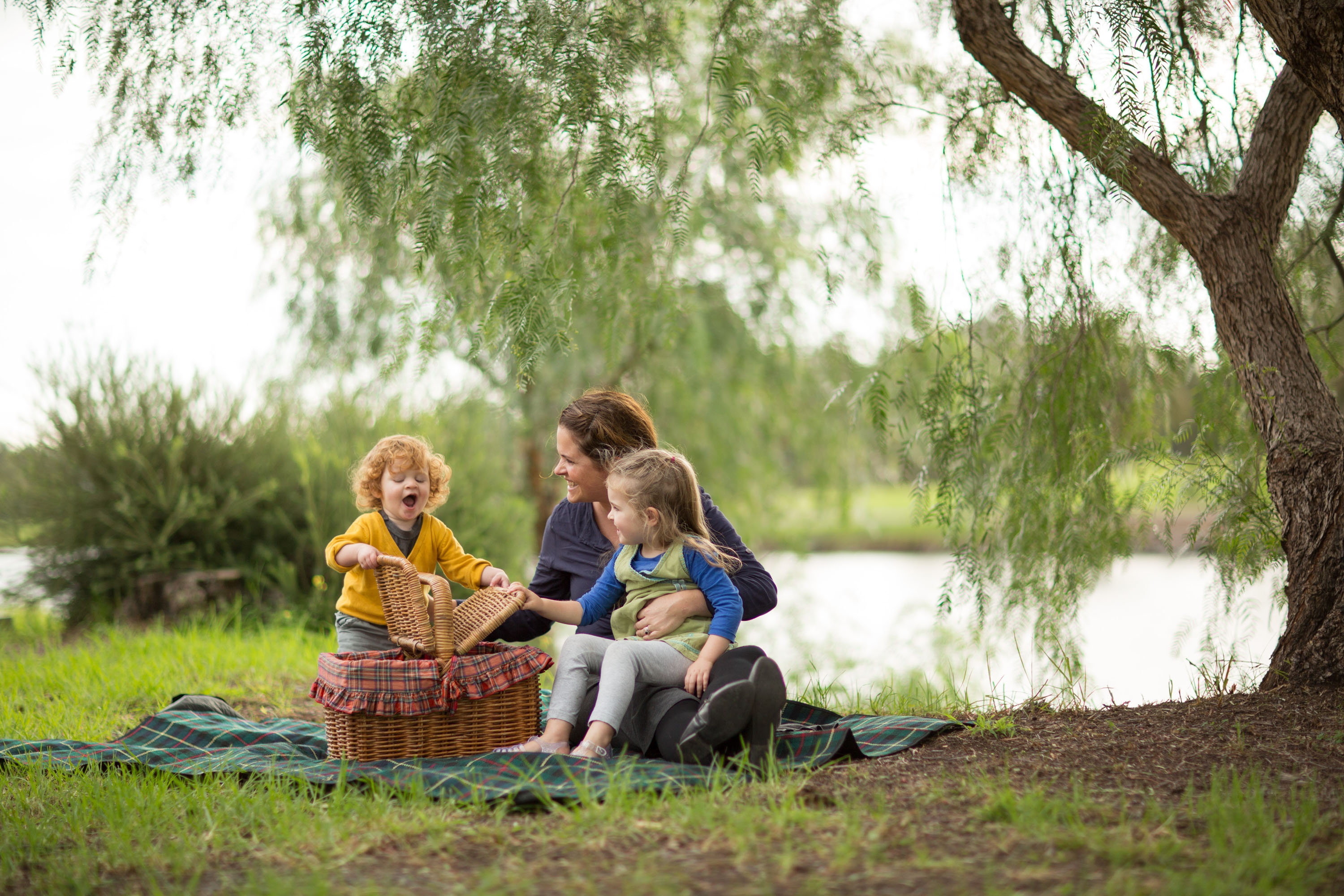
Significant populations of platypus and fish call the Maribyrnong River home.
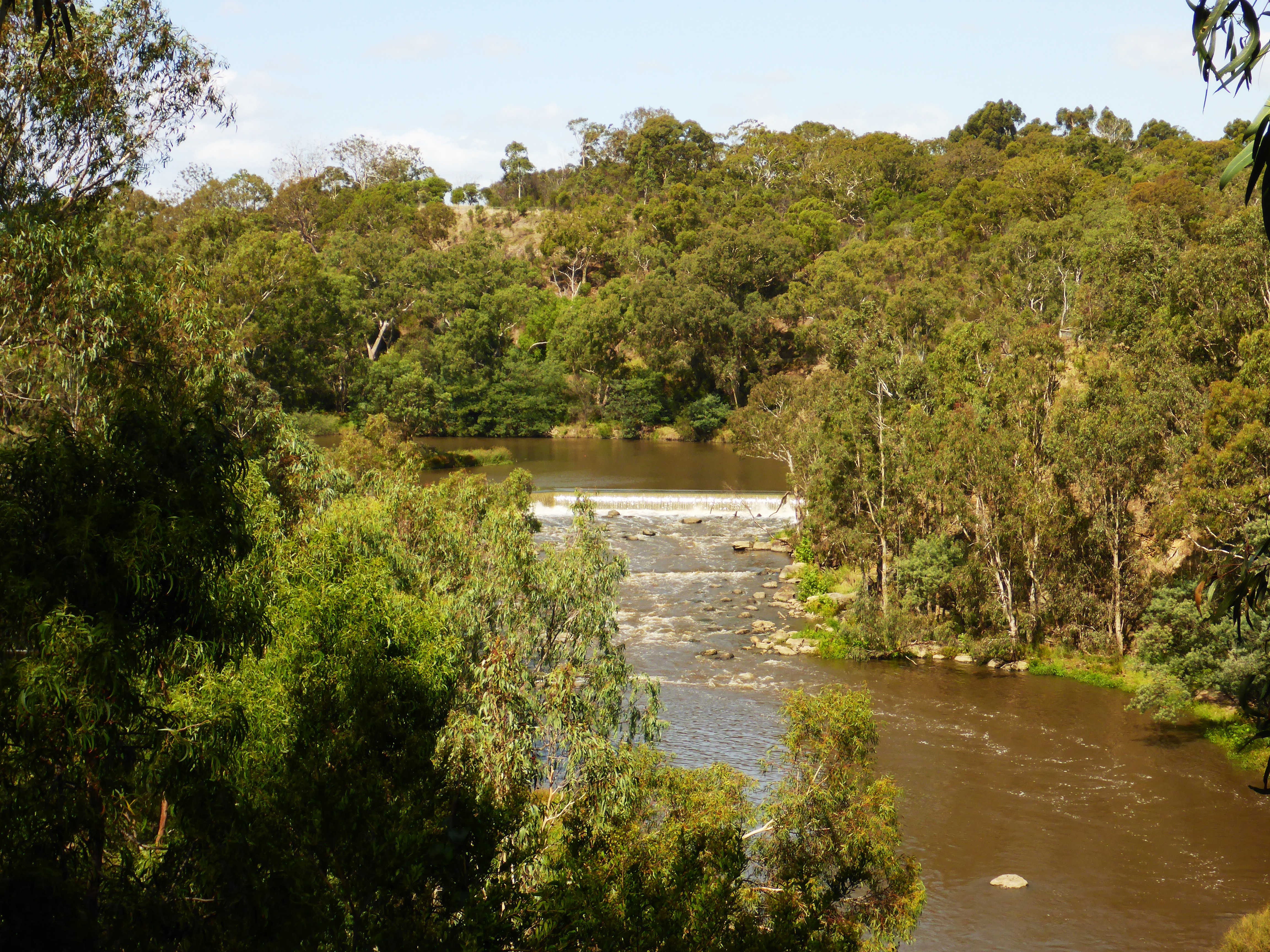
Watering in the Yarra River in 2015–16 focused on protecting under dry conditions.
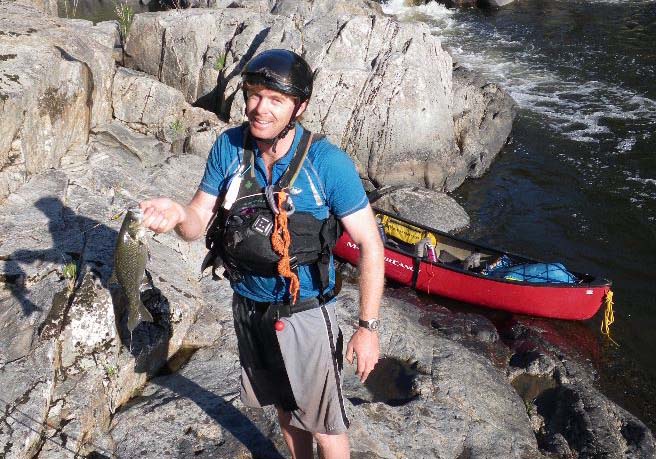
Watering the Snowy River aims to rehabilitate the river by moving sediment, establishing plants and boosting carbon.
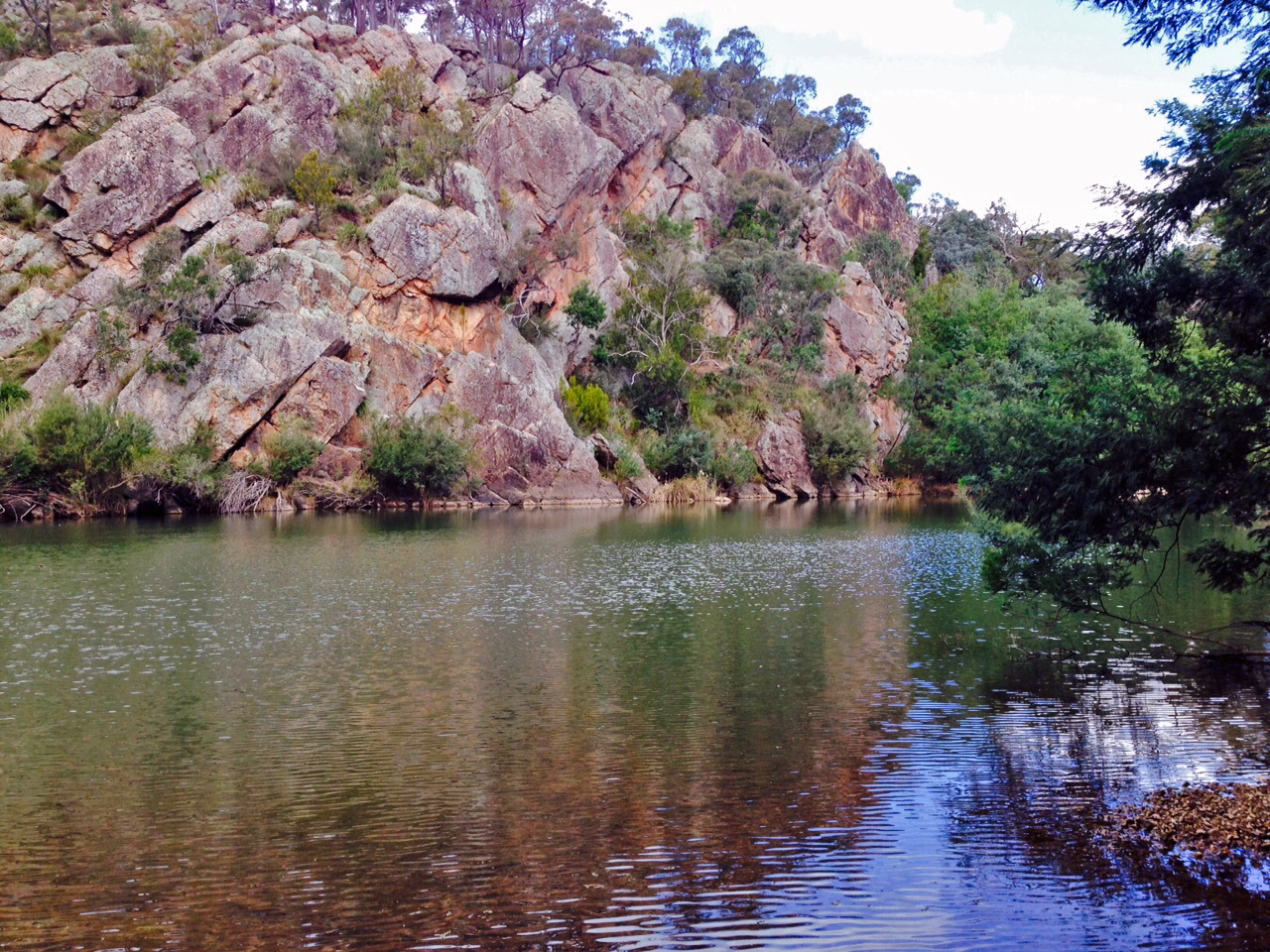
Environmental watering in the Macalister River in 2015–16 provided habitat for plants and animals, including platypus.
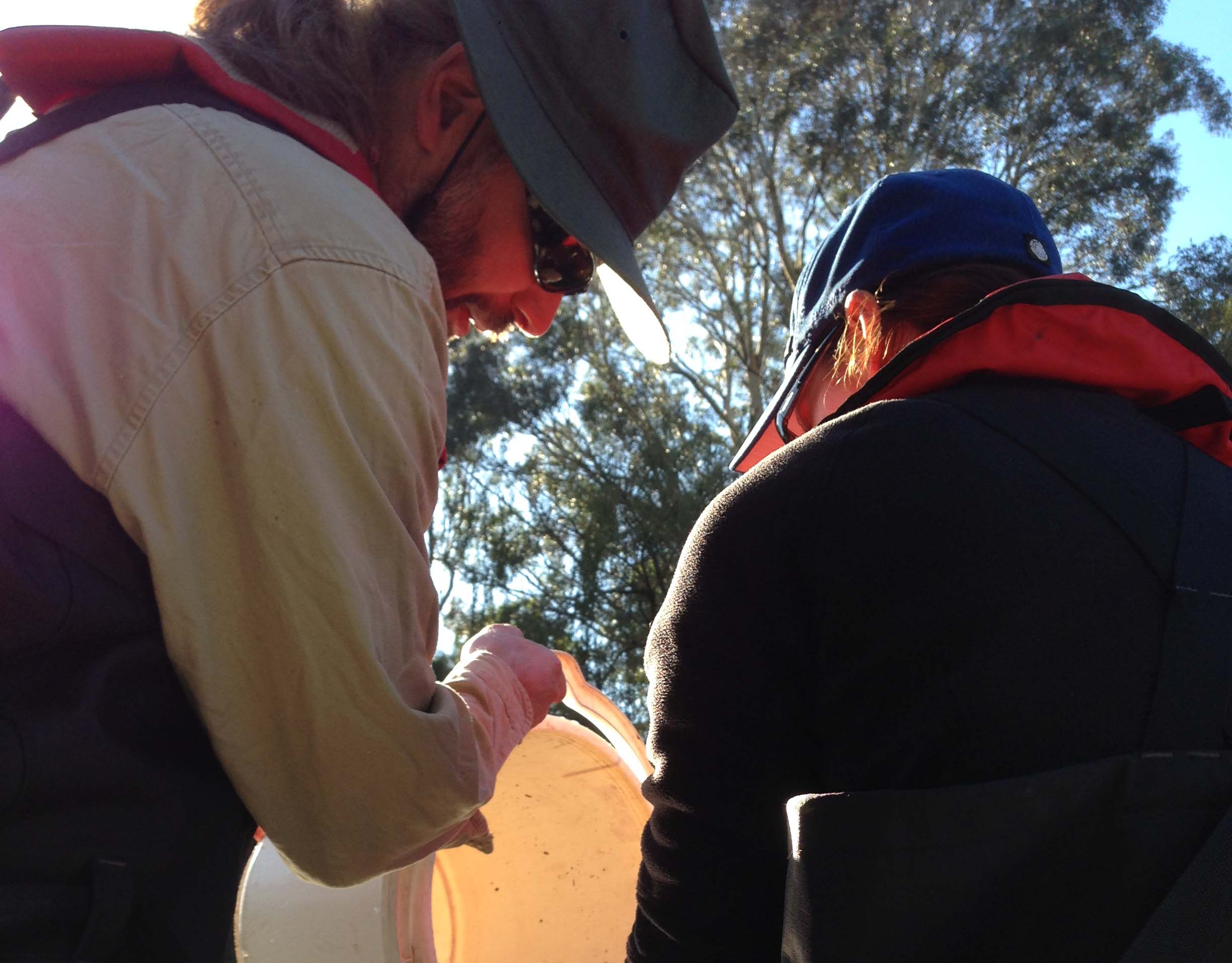
Breeding conditions for the iconic Australian grayling in the Thomson River were tested in 2015–16.
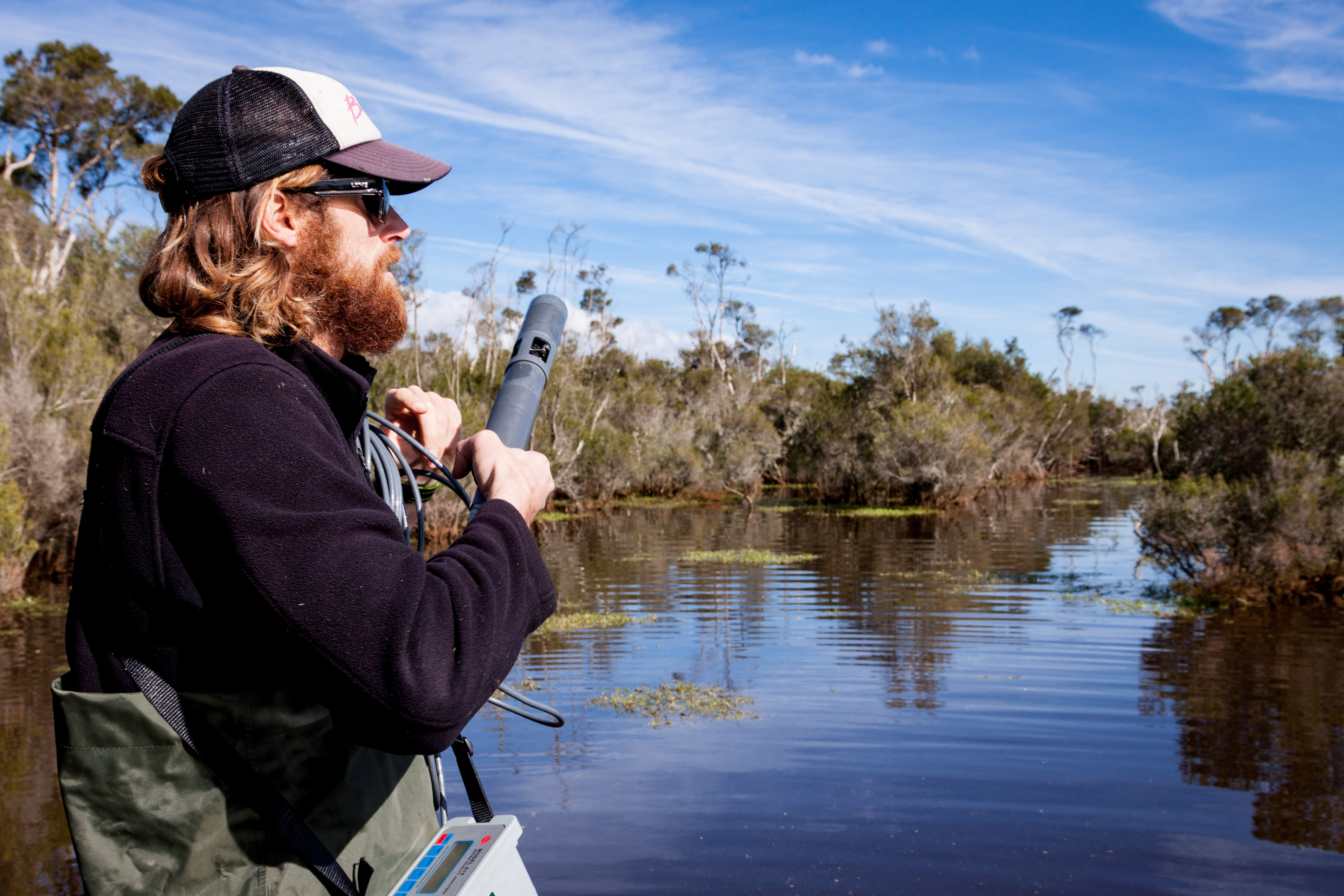
Watering in the Latrobe River in 2015–16 prompted first recorded breeding of Australian grayling.
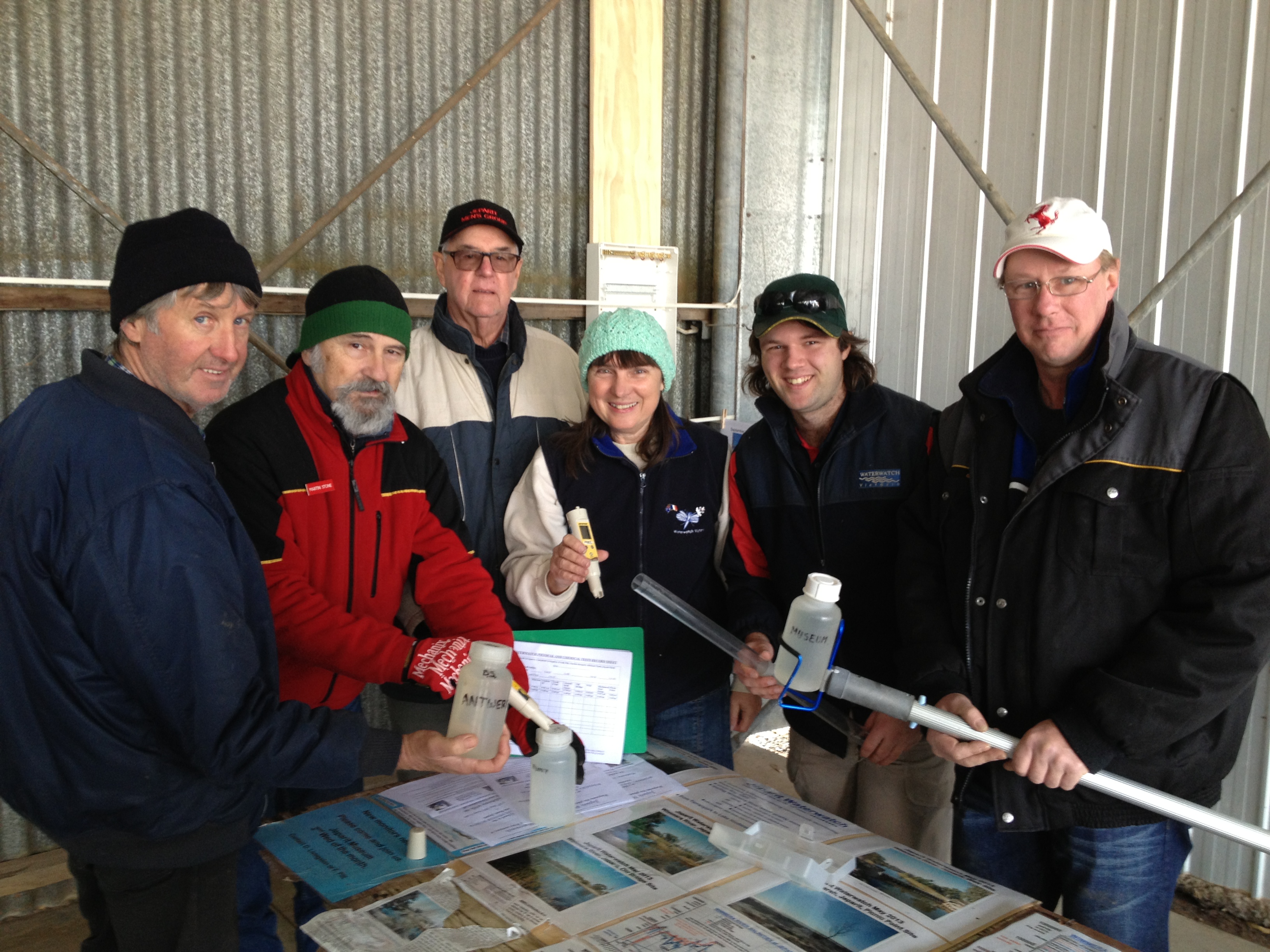
The resilience of the Wimmera River has increased over the last five years, thanks to environmental watering.
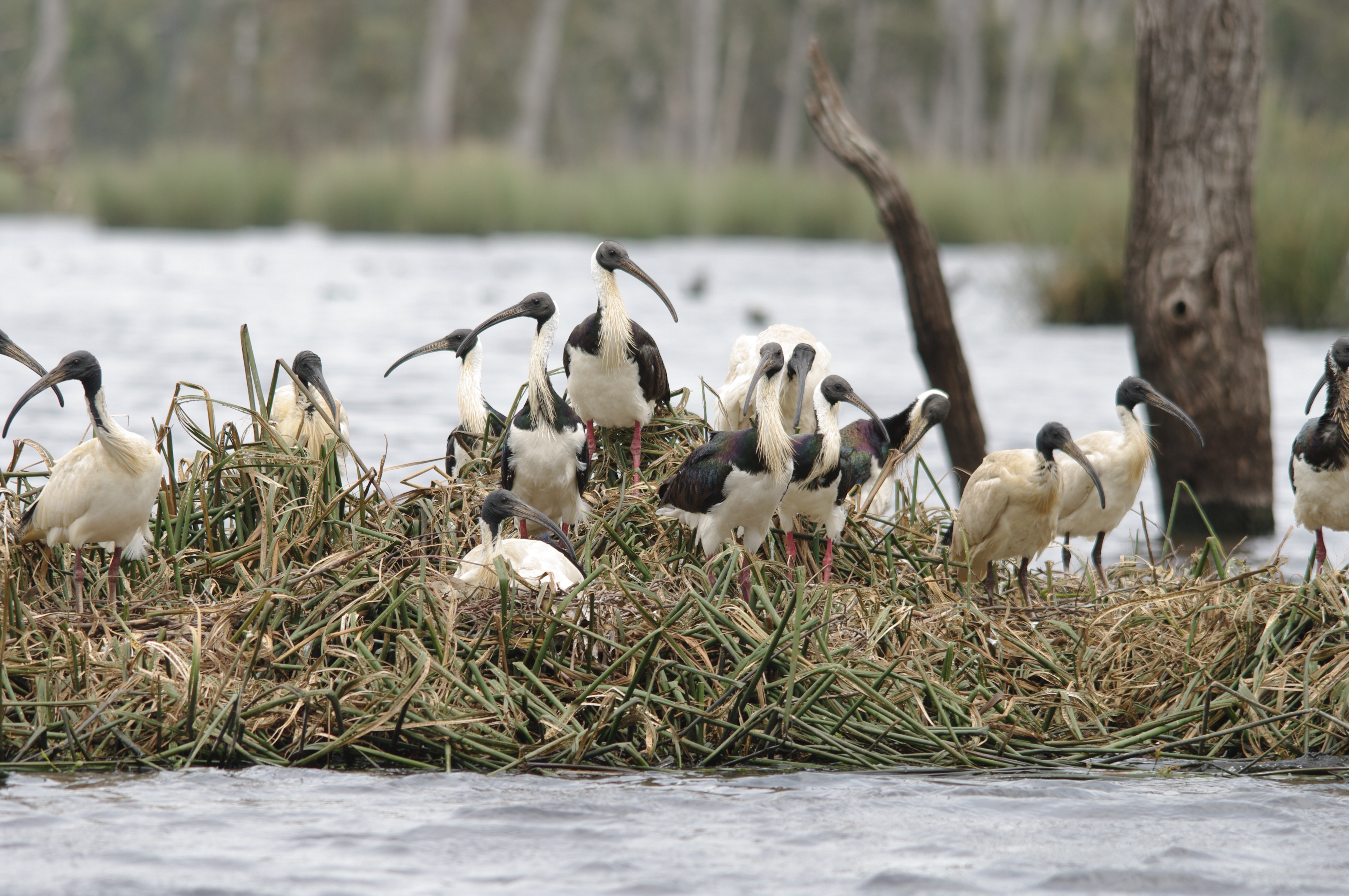
Surveys show a connection between environmental watering and waterbird fledging.
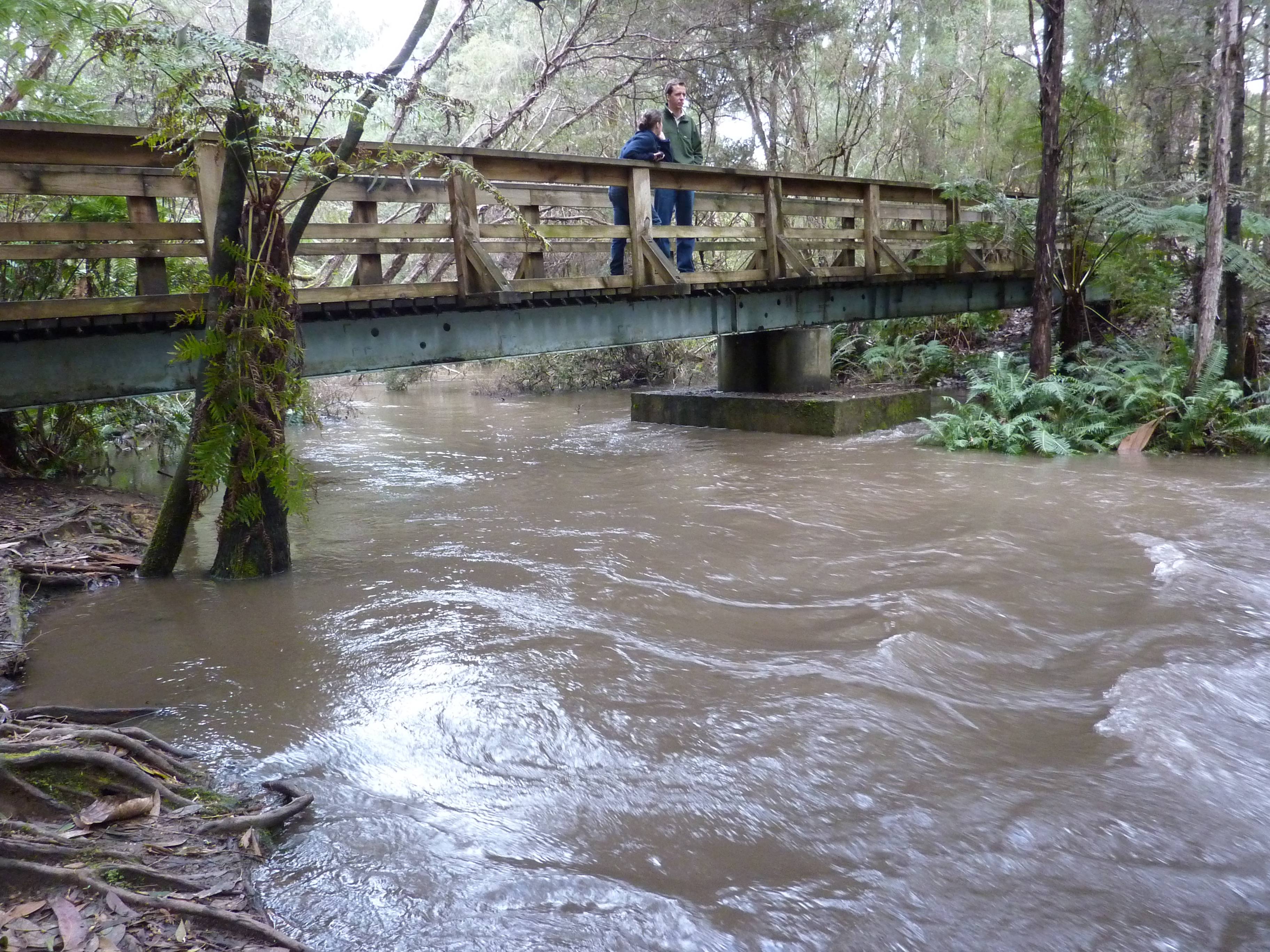
Environmental watering has scoured sediment from pools in the Yarra River, improving habitat for fish, waterbugs and platypus.
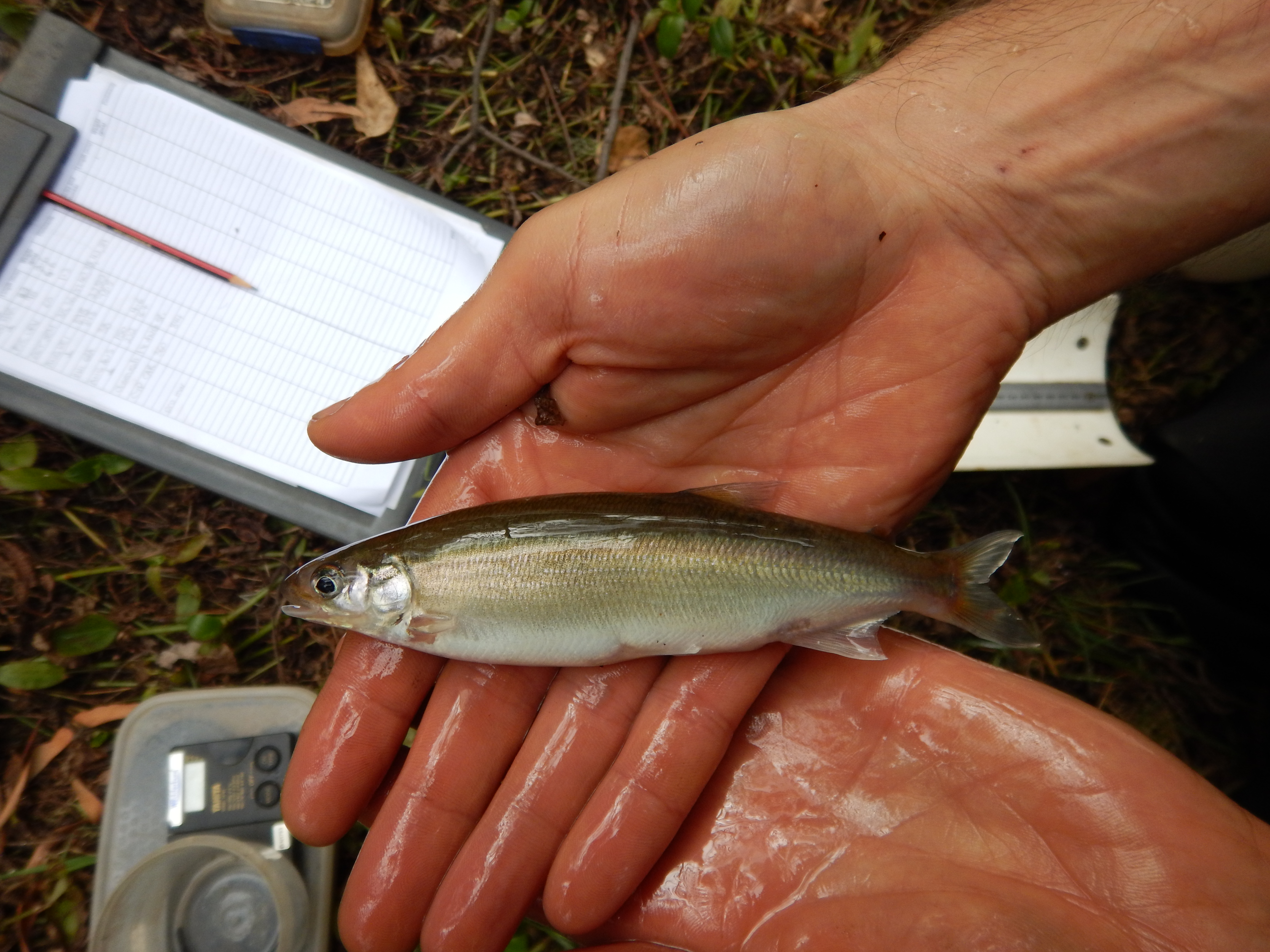
Environmental watering over the last five years has initiated migration of the threatened Australian grayling to spawn in the lower Thomson River.
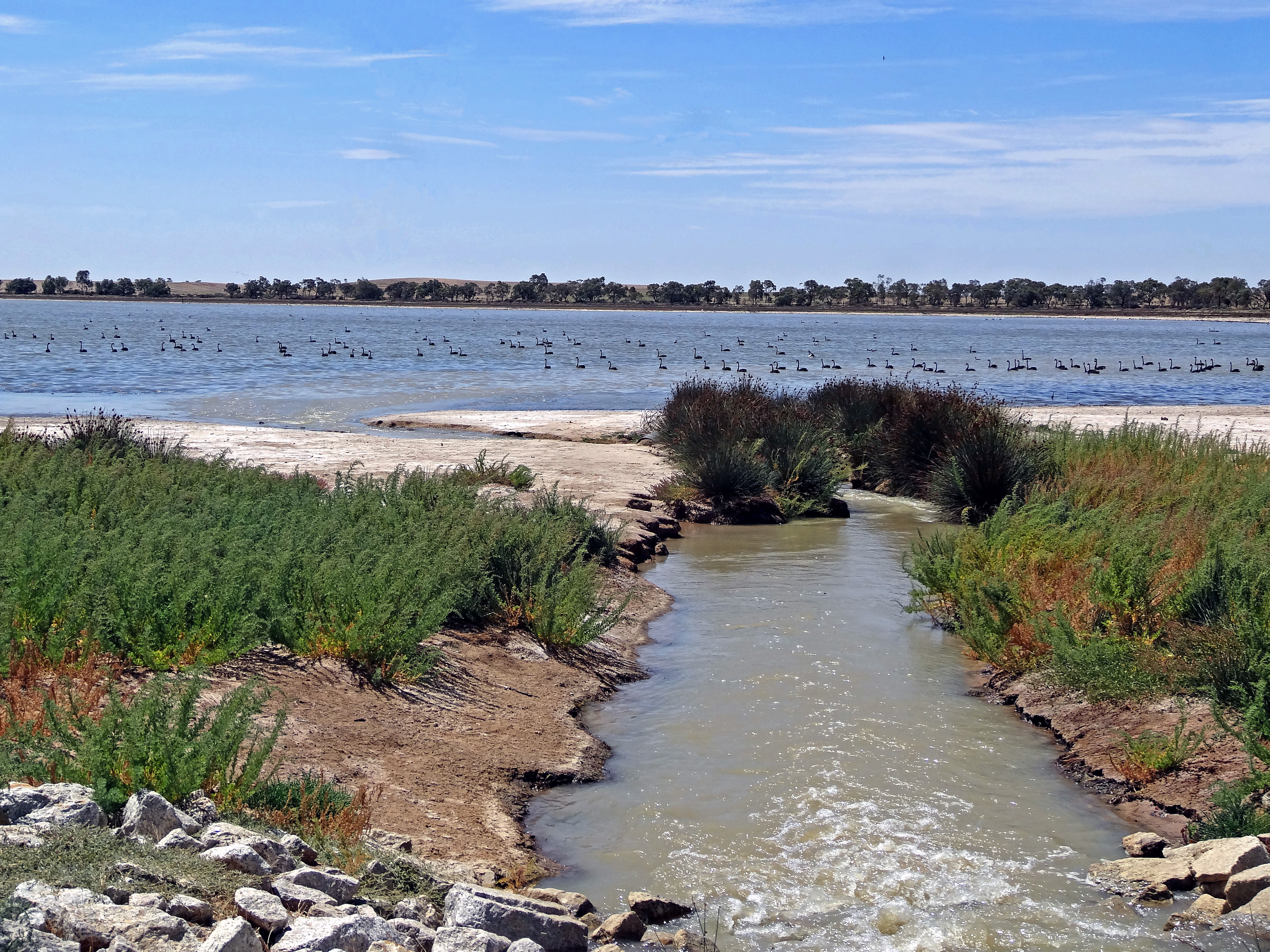
Environmental watering is sustaining the habitat necessary for the survival of one of Australia's most threatened fish, the Murray hardyhead.
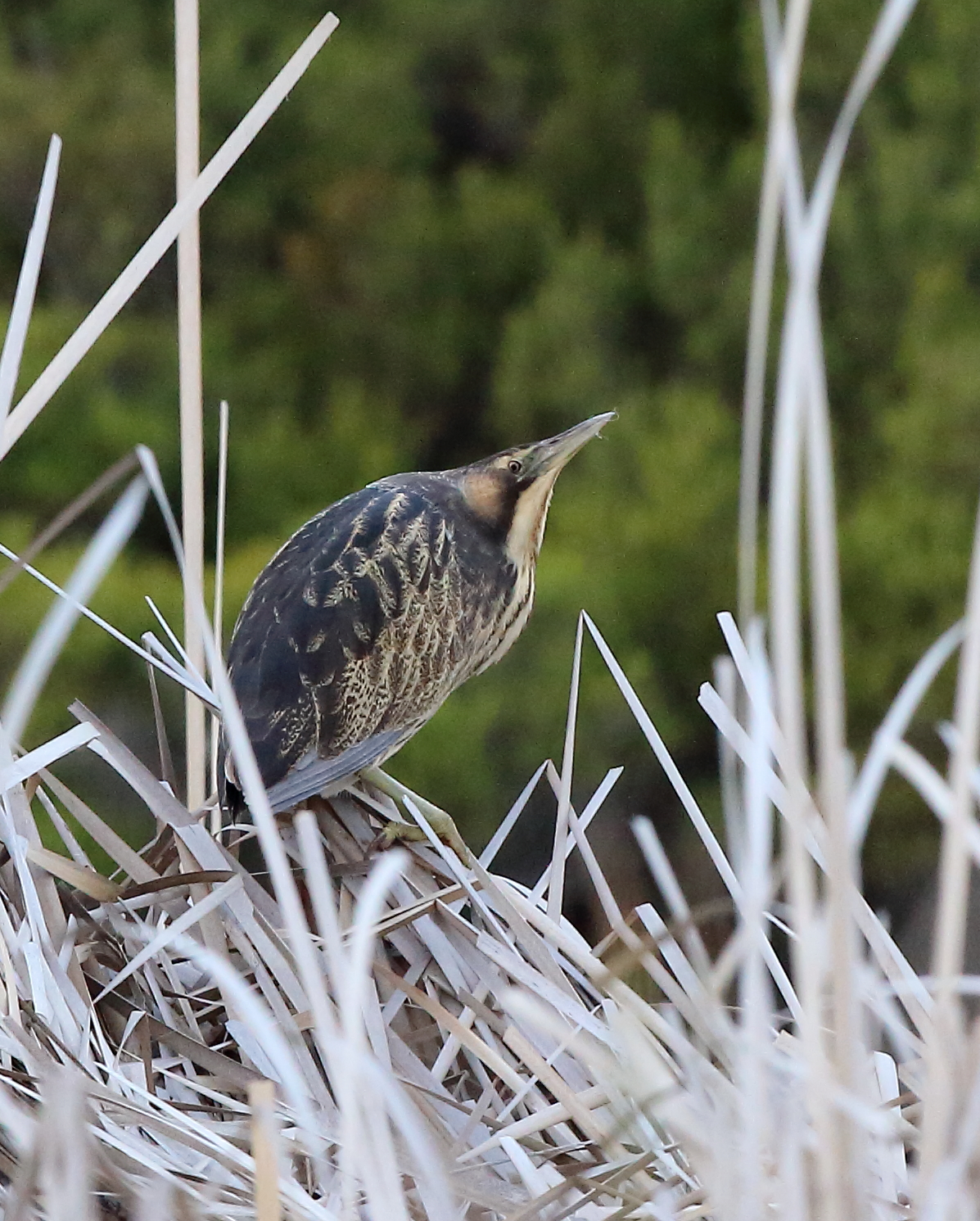
One of the more exciting observations made after environmental watering in 2015-16 was the presence of several endangered Australasian bittern at Moodie Swamp.
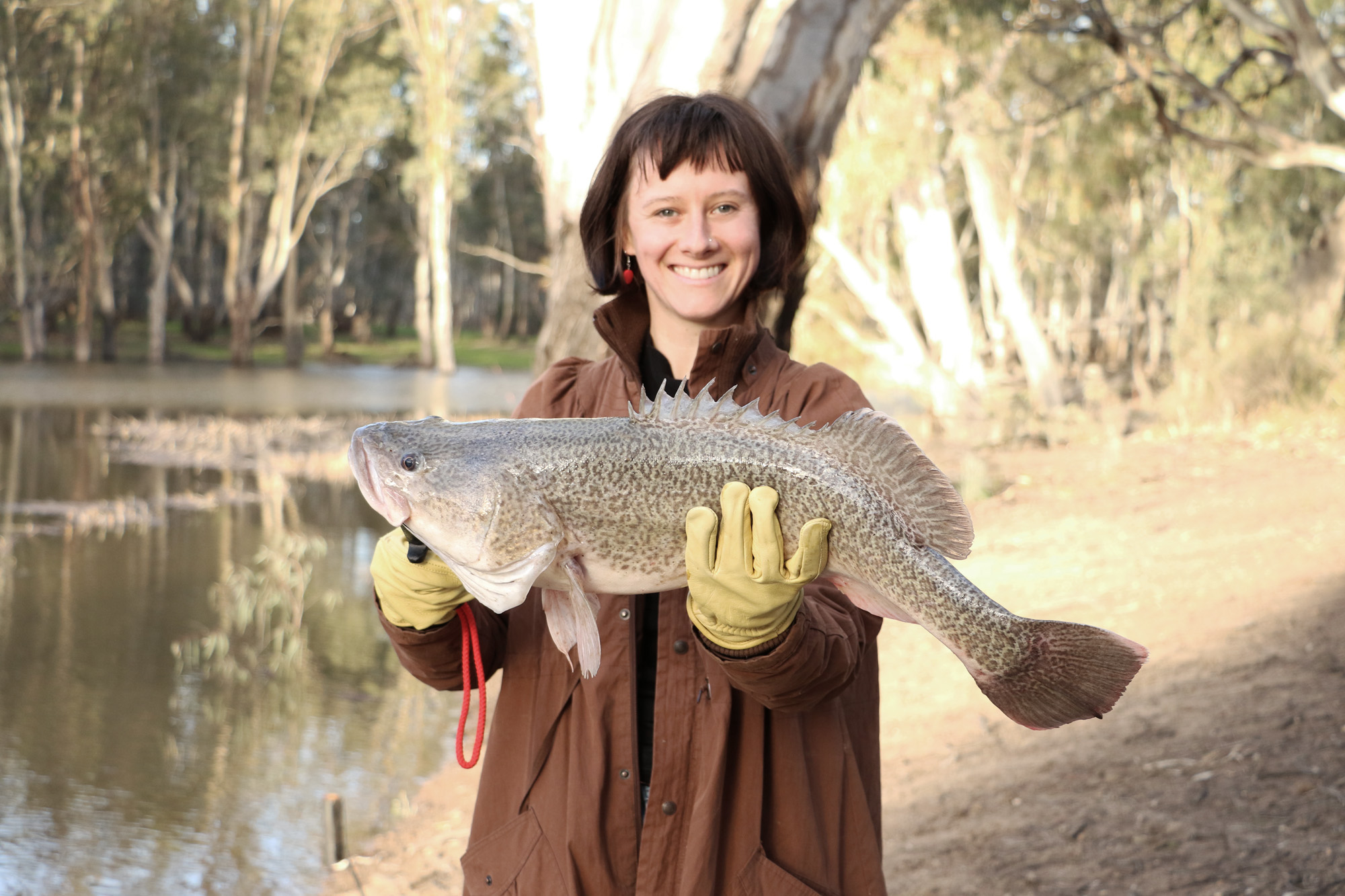
It was the fifth Murray cod we had caught over the weekend, and our second around 75cm long. Dad said: "There are many more Murray cod in these rivers than there were in the 1970s. Someone's doing something right."
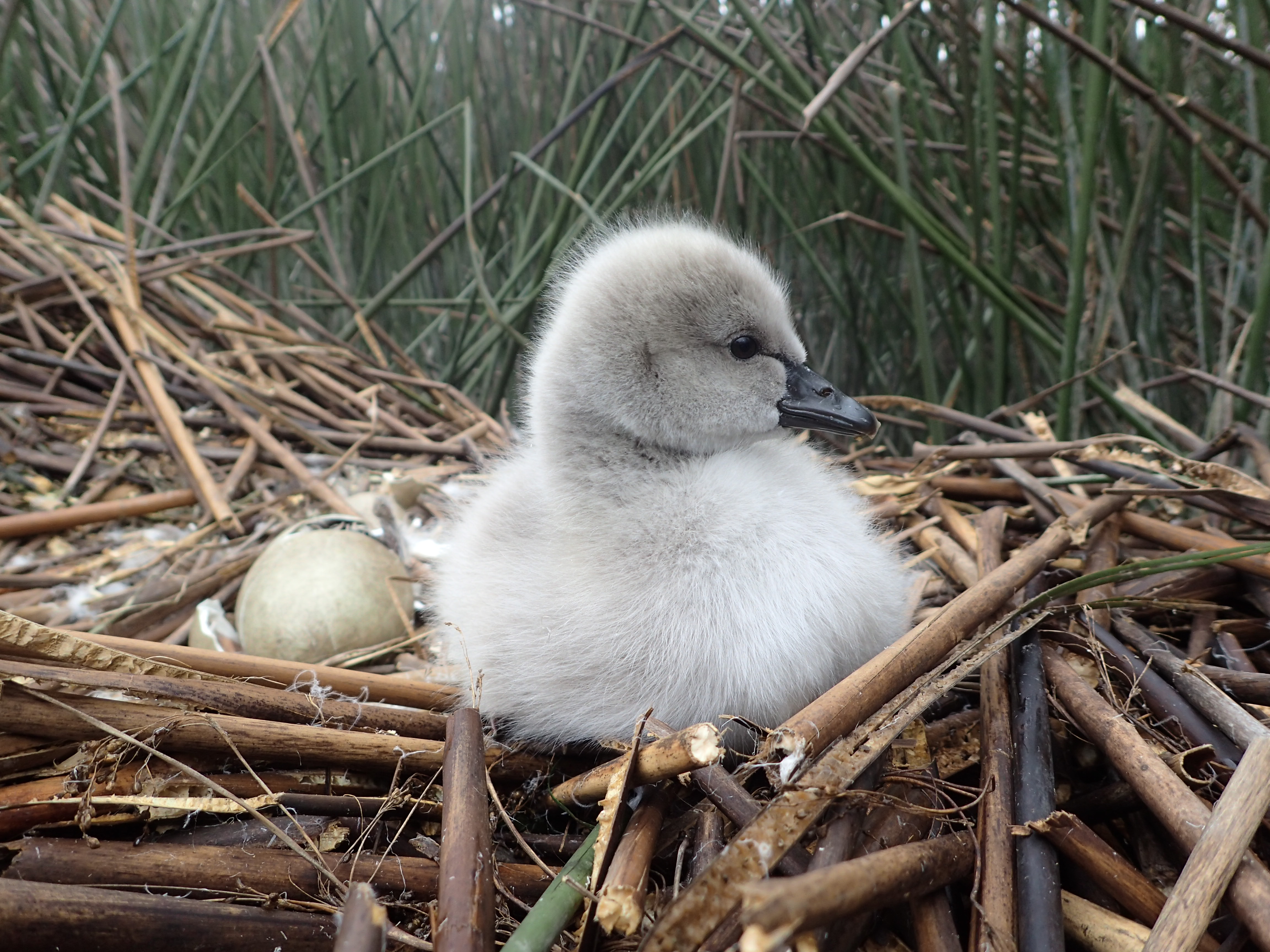
Environmental water is playing a critical role in fighting the decline of waterbird populations in Australia's south-east.
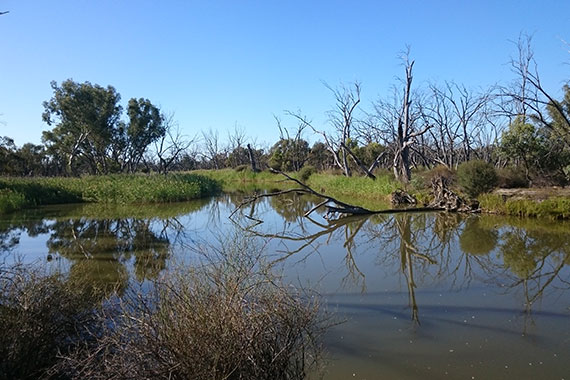
Rainfall and inflows in western Victoria are highly variable and reflect the natural ‘boom and bust’ character of western Victorian rivers.

The platypus is a uniquely Australian species. Along with echidnas, platypus are part of an exceptional group of mammals which lay eggs, known as monotremes. Yet our ‘duck-billed’, egg-laying icon requires protection.
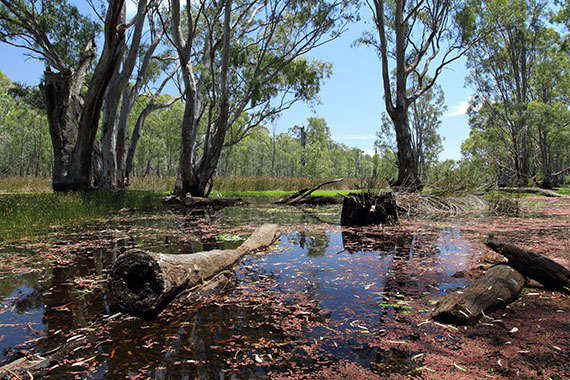
The connected river and floodplain systems of northern Victoria provide opportunities to achieve multiple environmental benefits as water flows through the system. One water release can hit several ecosystem targets in different locations as it moves downstream.
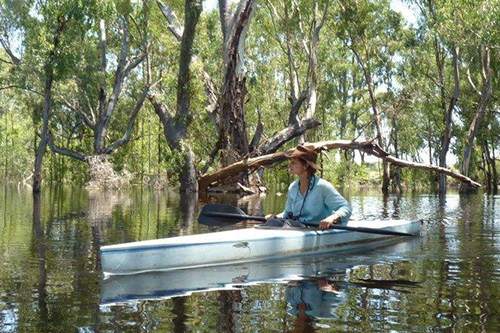
Imagine camping beside a wetland knowing that it’s got as much water as it has because of you? Avid bushwalker and landholder Christiane Jaeger can do just that.
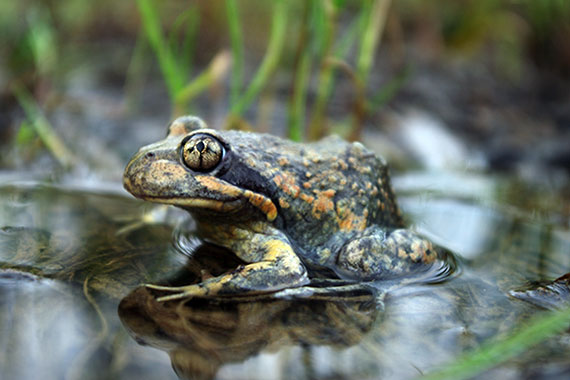
The aims of environmental watering in the Werribee system in 2014–15 were to promote black bream breeding in the estuary, and help small-bodied fish – such as galaxias, smelt and tupong – move between the fresh and estuarine sections.
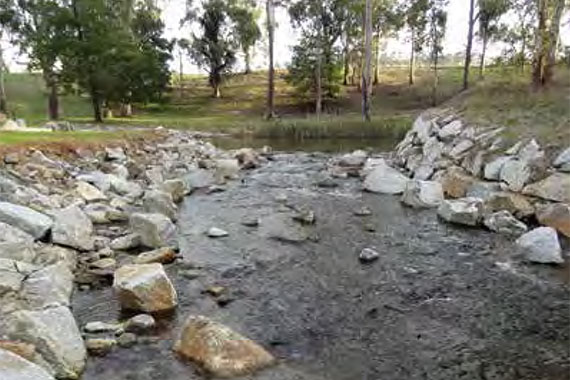
Platypus and the threatened fish Australian grayling thrived in the Tarago River in 2014–15 following environmental watering.
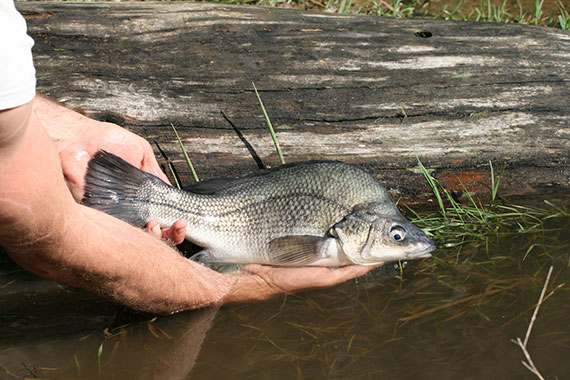
In 2014-15, environmental watering triggered the breeding of Macquarie perch in the Yarra River for a second successive year.
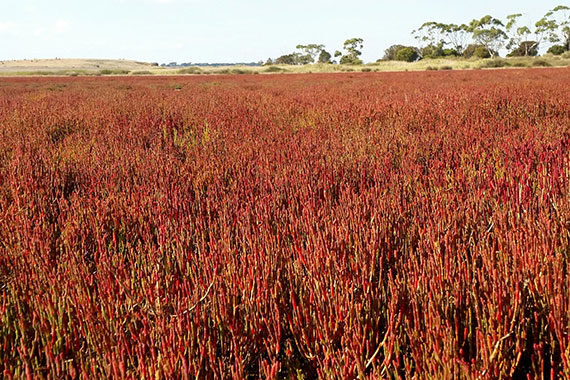
Waterbirds continued to flock to Hospital Swamps during 2014–15, with lower water levels in the wetlands providing feeding and breeding opportunities.
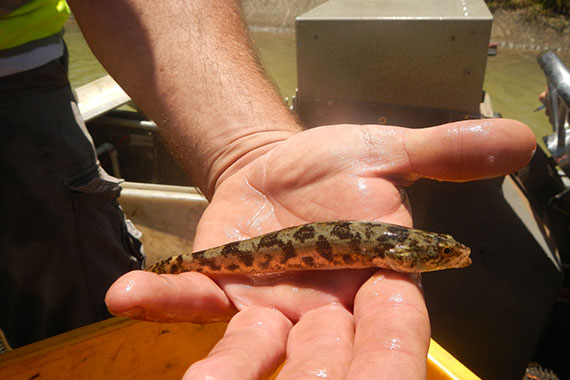
Native fish numbers and diversity in the Moorabool system have jumped significantly thanks to environmental watering, a 2015 monitoring project shows.
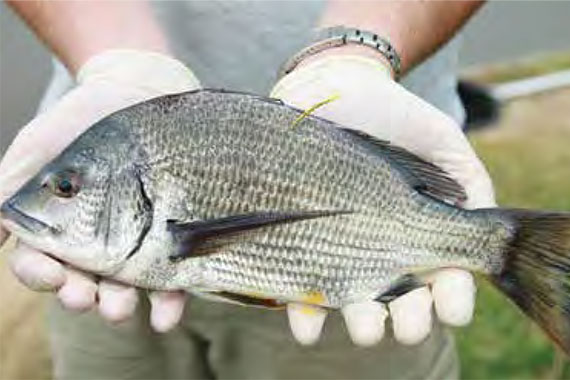
While the Latrobe River benefited from the delivery of autumn freshes - watering that exceeds the base flow, lasting for one or several days - in 2014–15, the lower Latrobe wetlands continued an all-important drying regime.
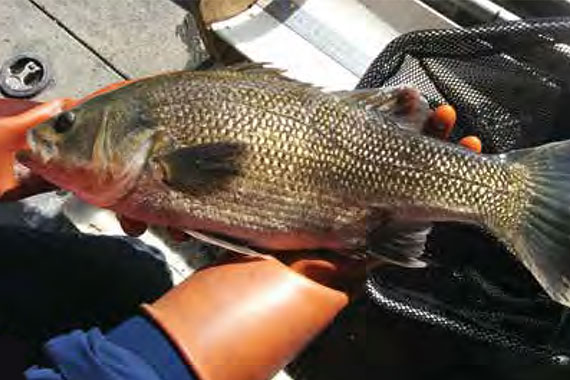
During 2014–15, 155,308 ML of water was delivered to Gippsland’s Snowy River, while an important project continued to investigate the relationship between environmental water and Australian bass populations.
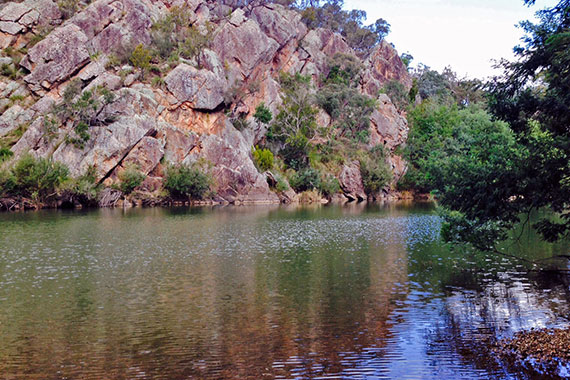
Work on a new environmental water management plan for the Macalister River began in 2014–15 as environmental water continued to target native migratory fish species, including the iconic and threatened Australian grayling.
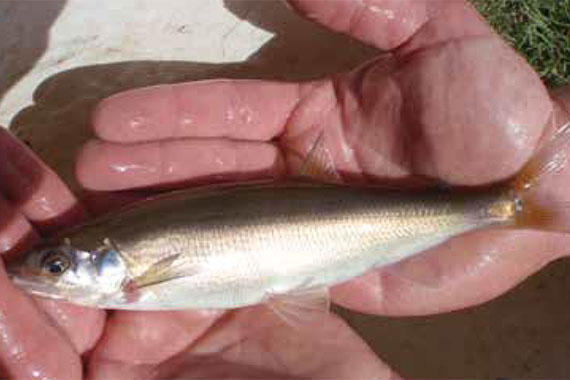
The Australian grayling – one of Victoria’s threatened fish species – continued to prosper in Gippsland’s Thomson River as a direct response to environmental watering in 2014–15.

Environmental watering of wetlands in the Central Murray region attracted more than 60 species of waterbirds in 2014–15.
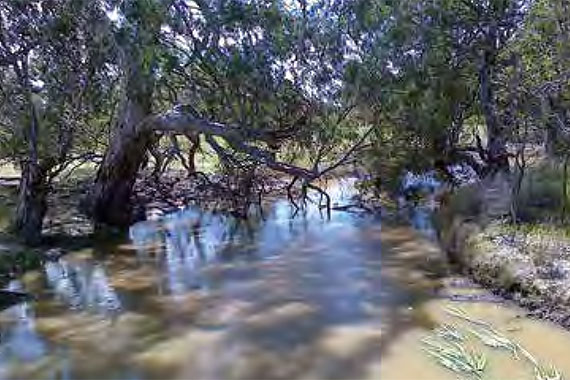
Boosted fish populations and a platypus sighting were some of the highlights of environmental watering in the Loddon system in 2014–15.
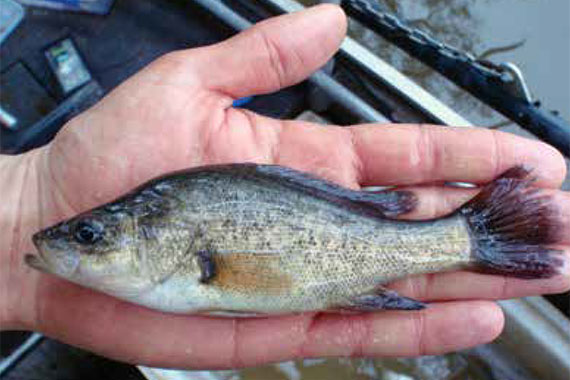
Golden perch bred in the Goulburn River as a result of environmental watering in 2014–15.
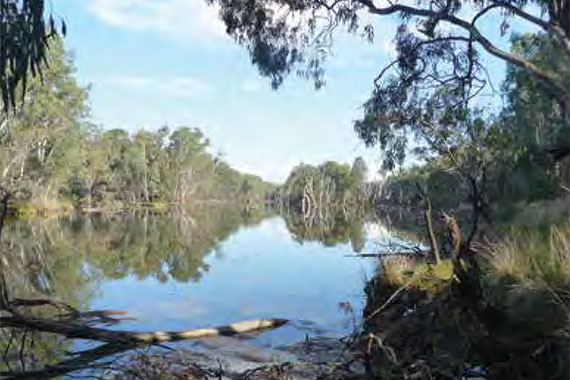
Environmental water releases into the Ovens system in north east Victoria created connected pools and riffles (shallow sections of a river with rapid currents) and variable, more natural flows to provide food and habitat for waterbugs and other aquatic plants and animals.
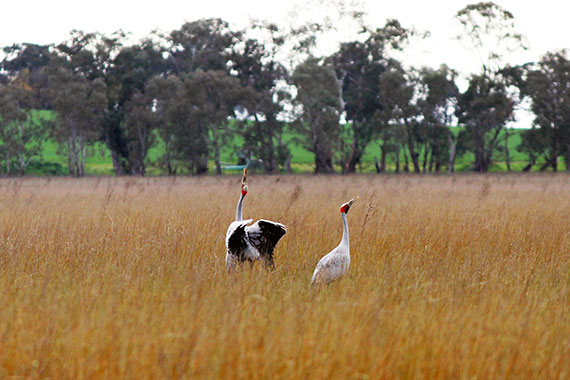
Twenty one of the Wimmera–Mallee wetlands received environmental water in 2014–15, including seven wetlands in the North Central region, 10 wetlands in the Wimmera region and four wetlands in the Mallee.
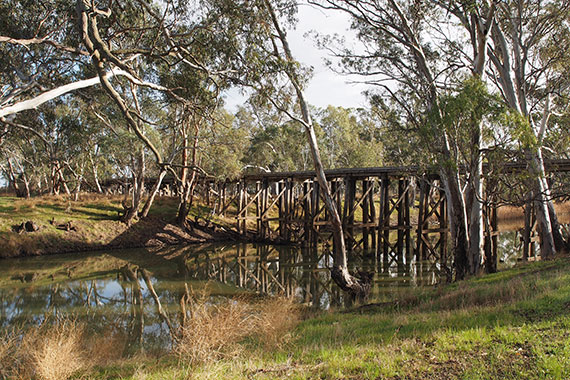
Surveys in early 2015 indicated that the lower Wimmera River was in its best condition for many years, thanks to several years of regular environmental water releases.
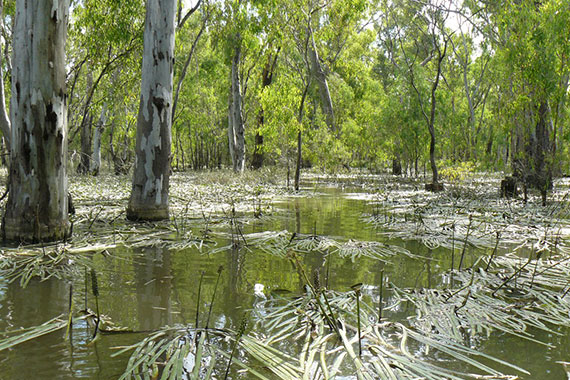
2014–15 saw the largest ever delivery of environmental water to Gunbower Forest.
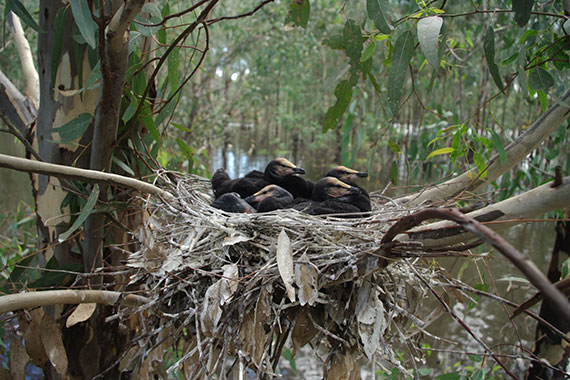
While no managed environmental water was delivered to Barmah Forest in 2014–15, natural flooding built on the five-year legacy of environmental watering within the forest.
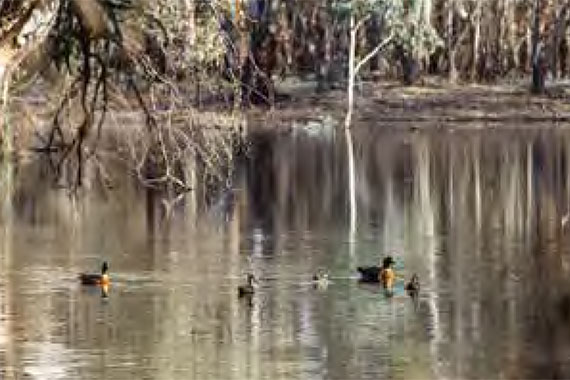
Thirteen wetlands, creeks and billabongs in the lower Murray region were given a significant boost with environmental water in 2014–15.
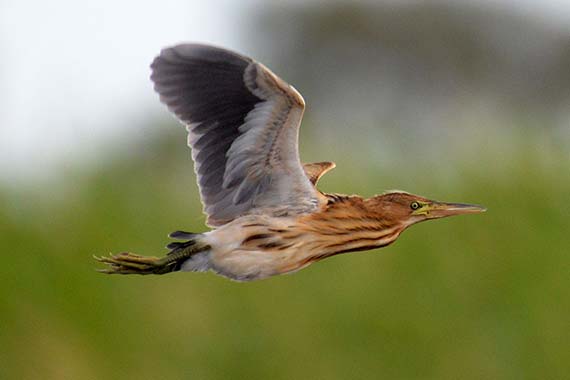
Environmental water delivery to the Goulburn–Broken wetlands in 2014–15 focused on re-establishing vegetation and providing habitat for bird breeding after wildfire ravaged a number of the wetlands in early 2014.
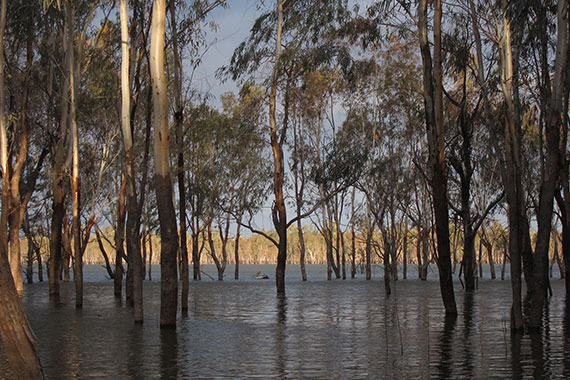
All of the 12 Ramsar-listed Hattah Lakes received environmental water over 2013–14 and 2014–15, including Lake Kramen, which sits high on the floodplain surrounded by an important black box tree community.
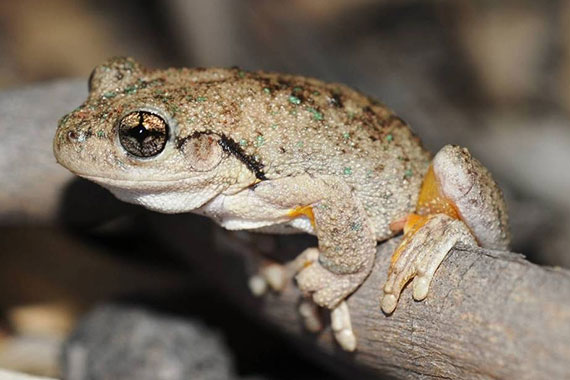
Environmental watering triggered a surge in wildlife sightings at Lake Yando, a 83 hectare wetland 9 kilometres north east of Boort.

In 2014–15, the North Central Catchment Management Authority released targeted environmental flows to support platypus in the Campaspe River.
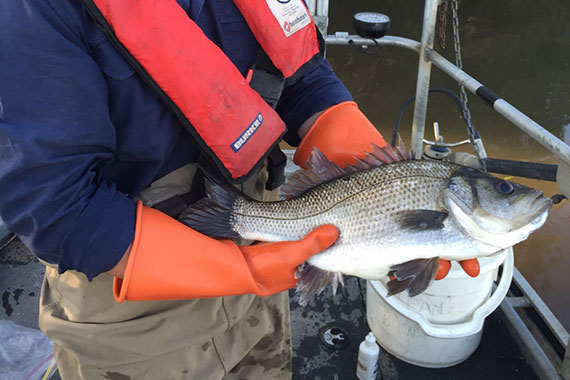
Environmental water in the Glenelg River triggered a marathon swim for one estuary perch in 2014–15, which made an upstream journey of more than 300 kilometres.
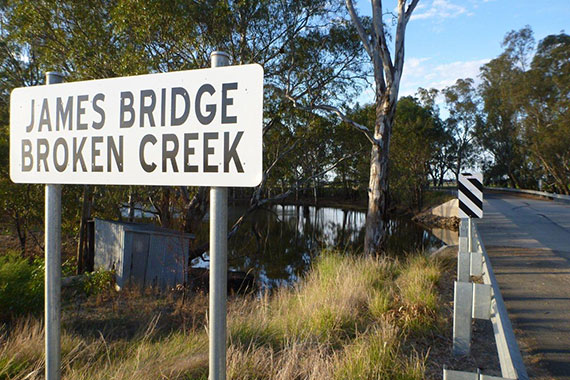
Environmental watering in the lower Broken Creek in 2014–15 continued to focus on providing flows to protect and improve native fish populations.
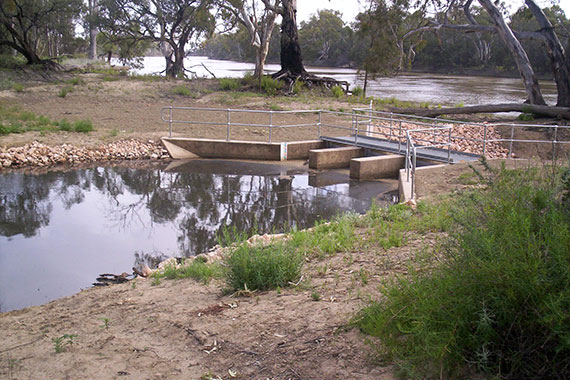
In 2014–15, new environmental infrastructure allowed water to be provided to the Mulcra Island floodplain, giving life to severely stressed lignum (spiny shrubland) communities.